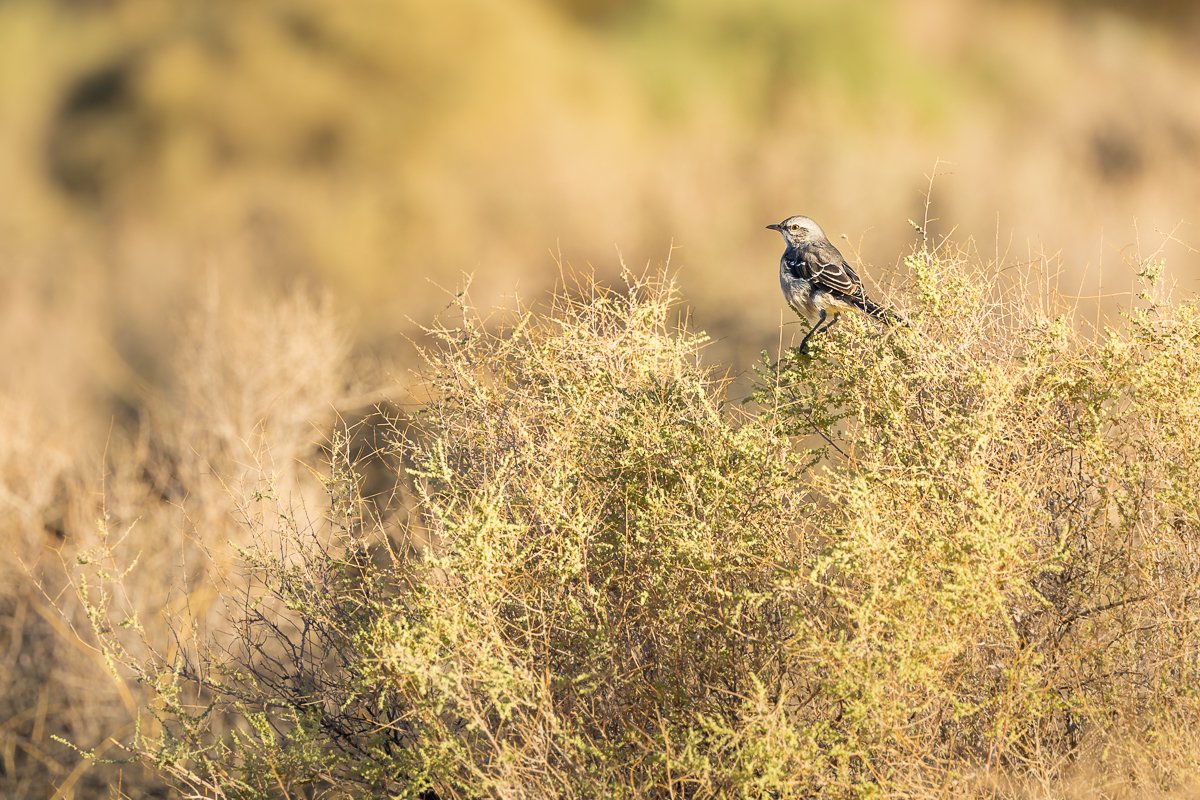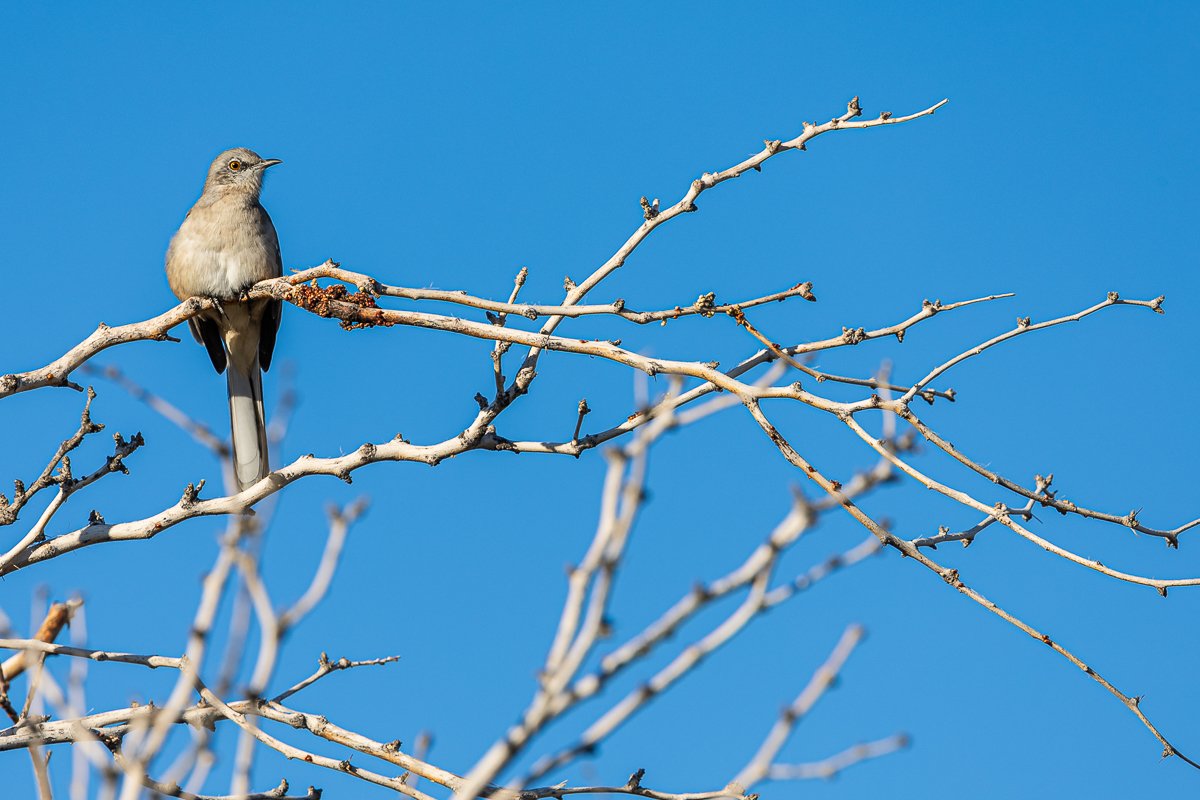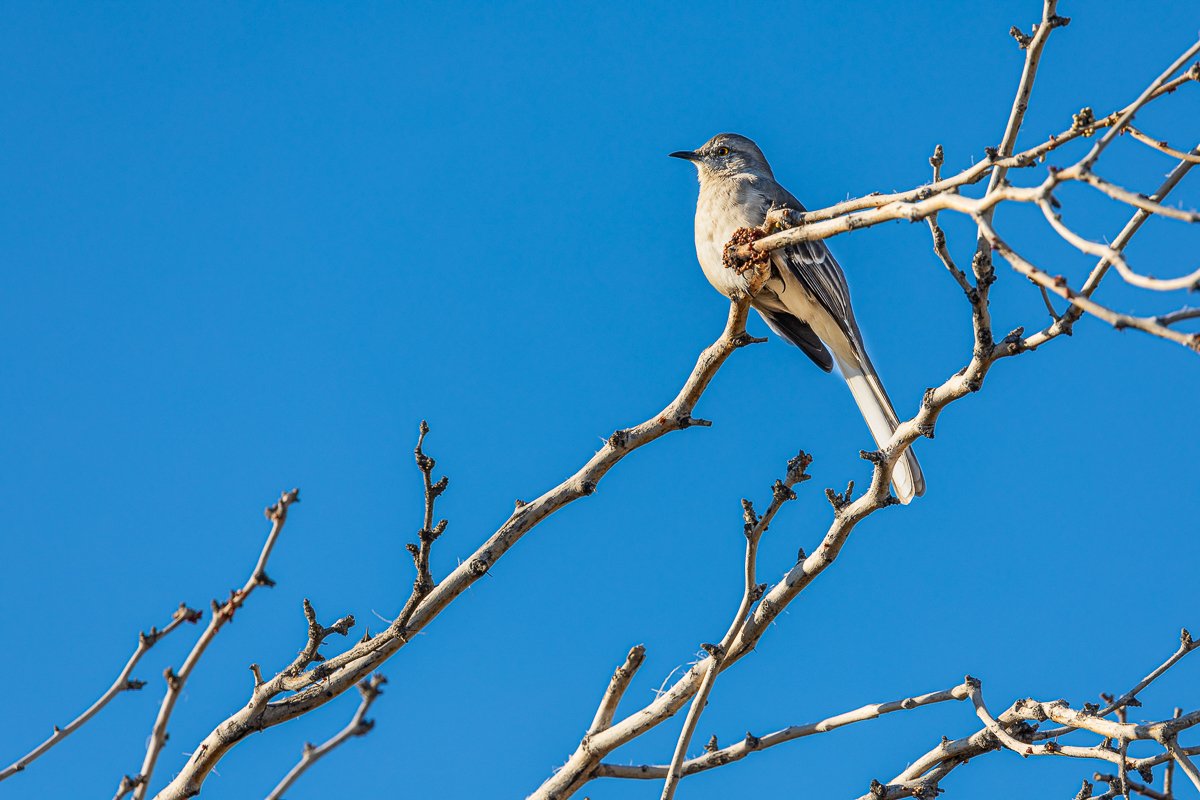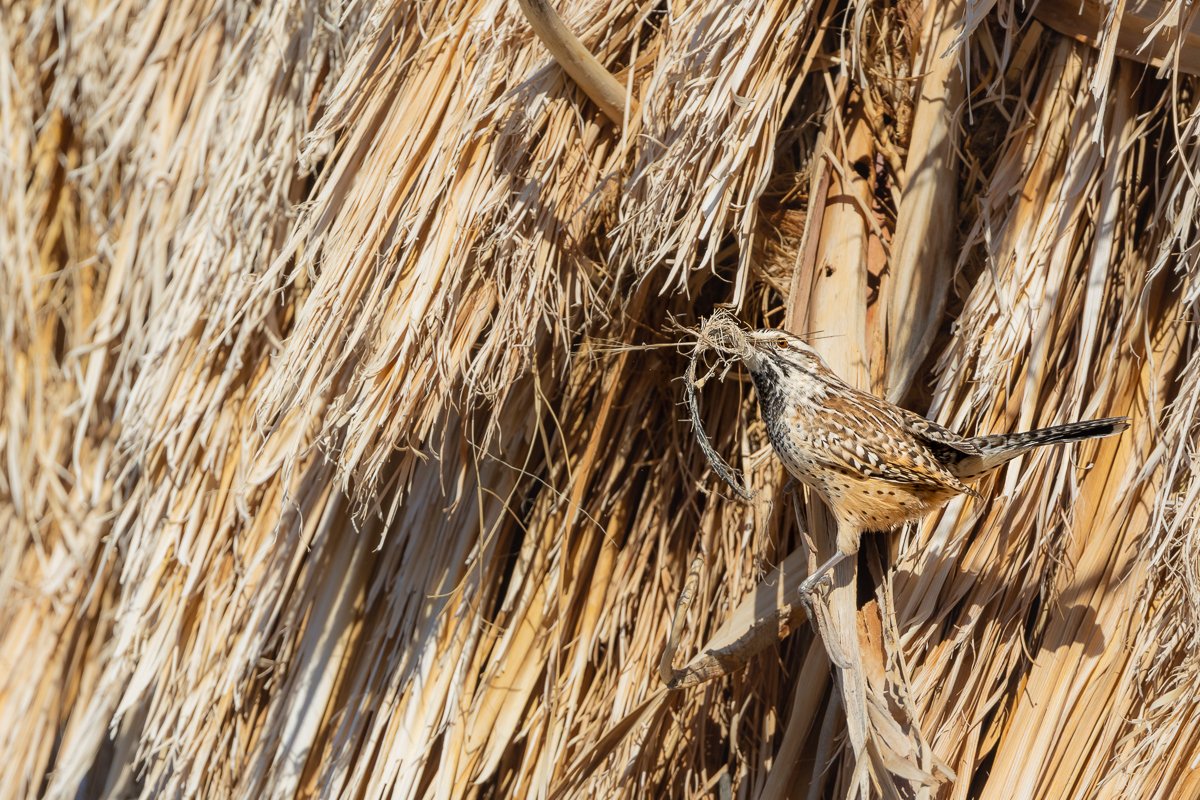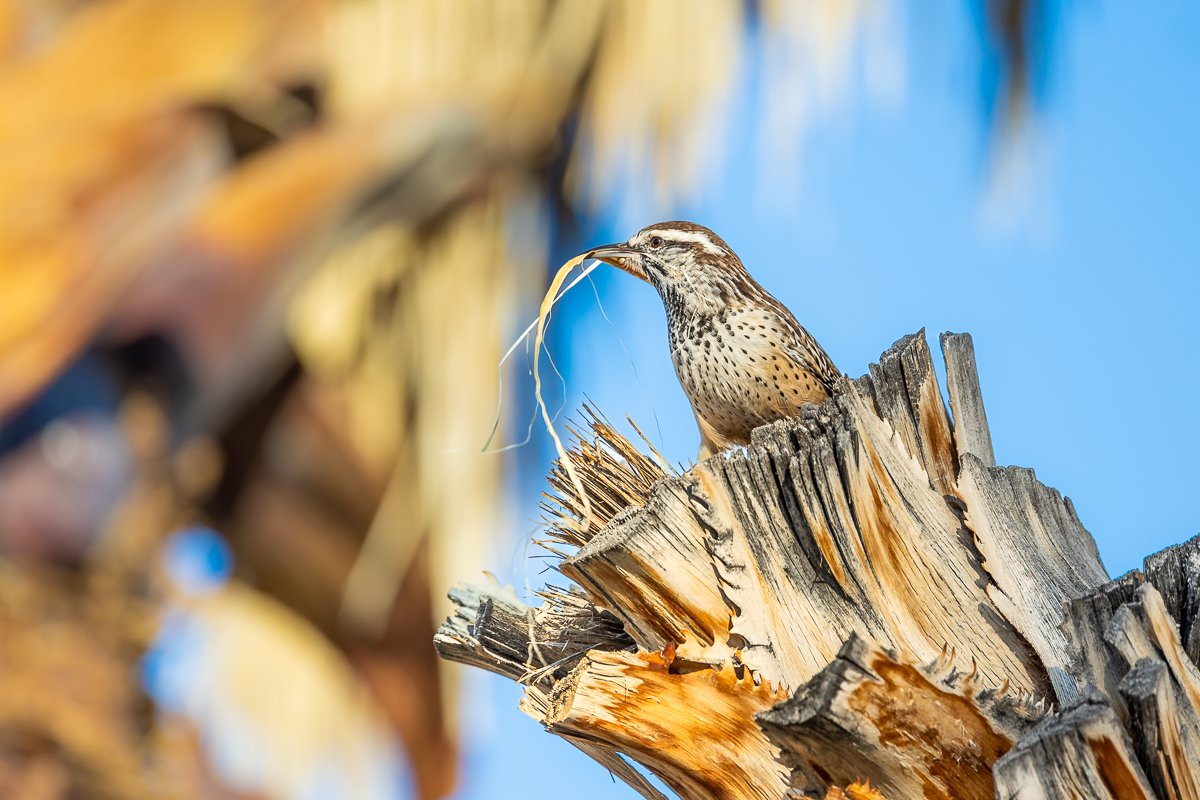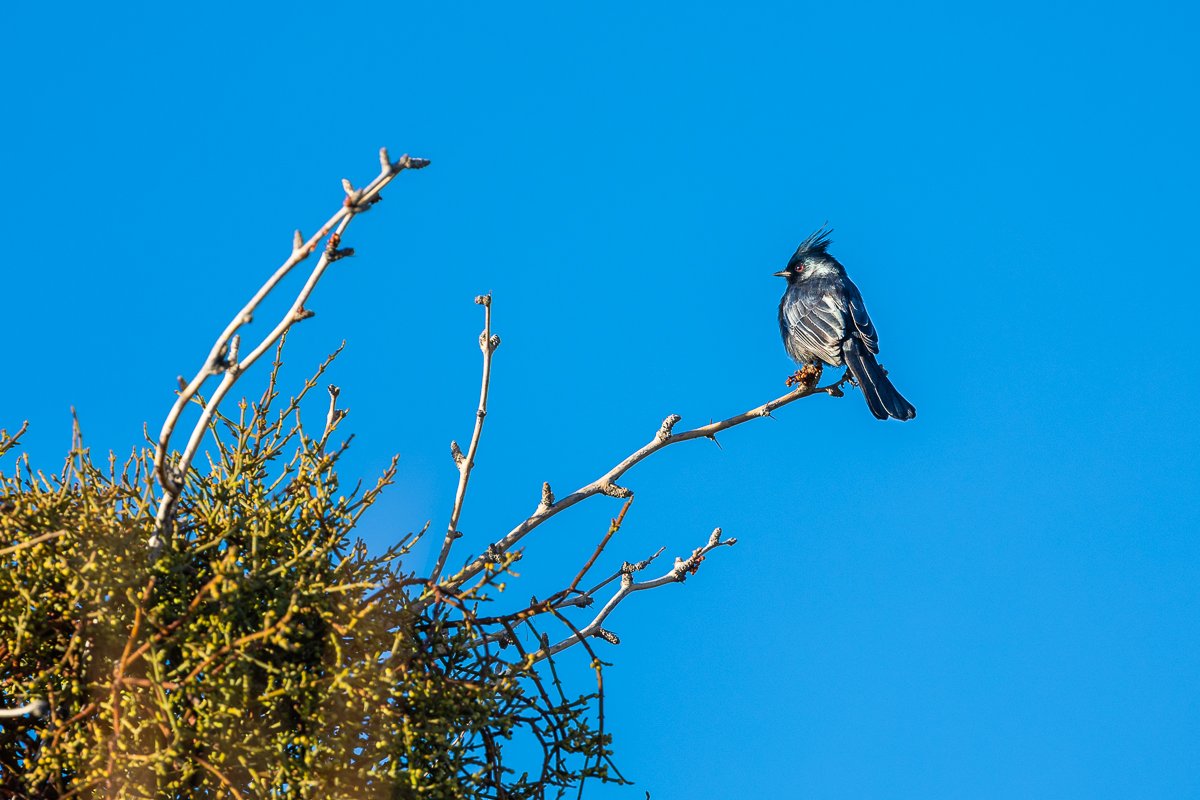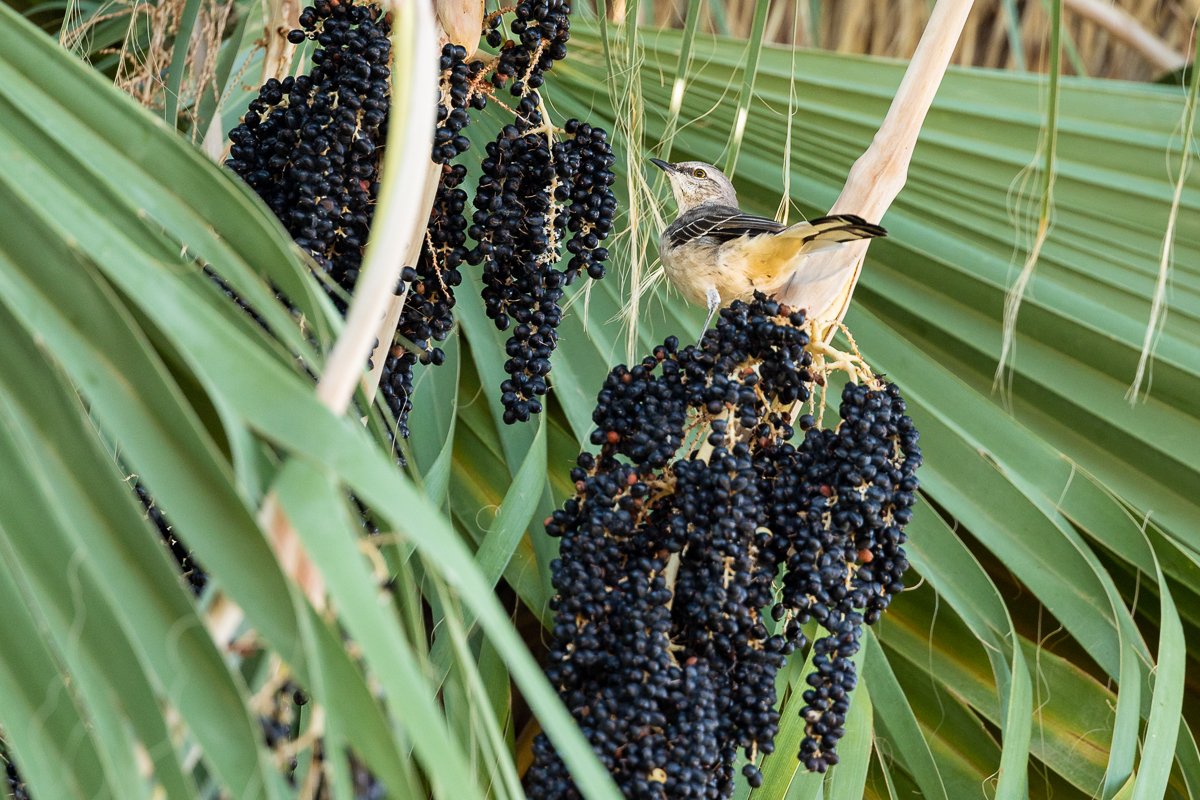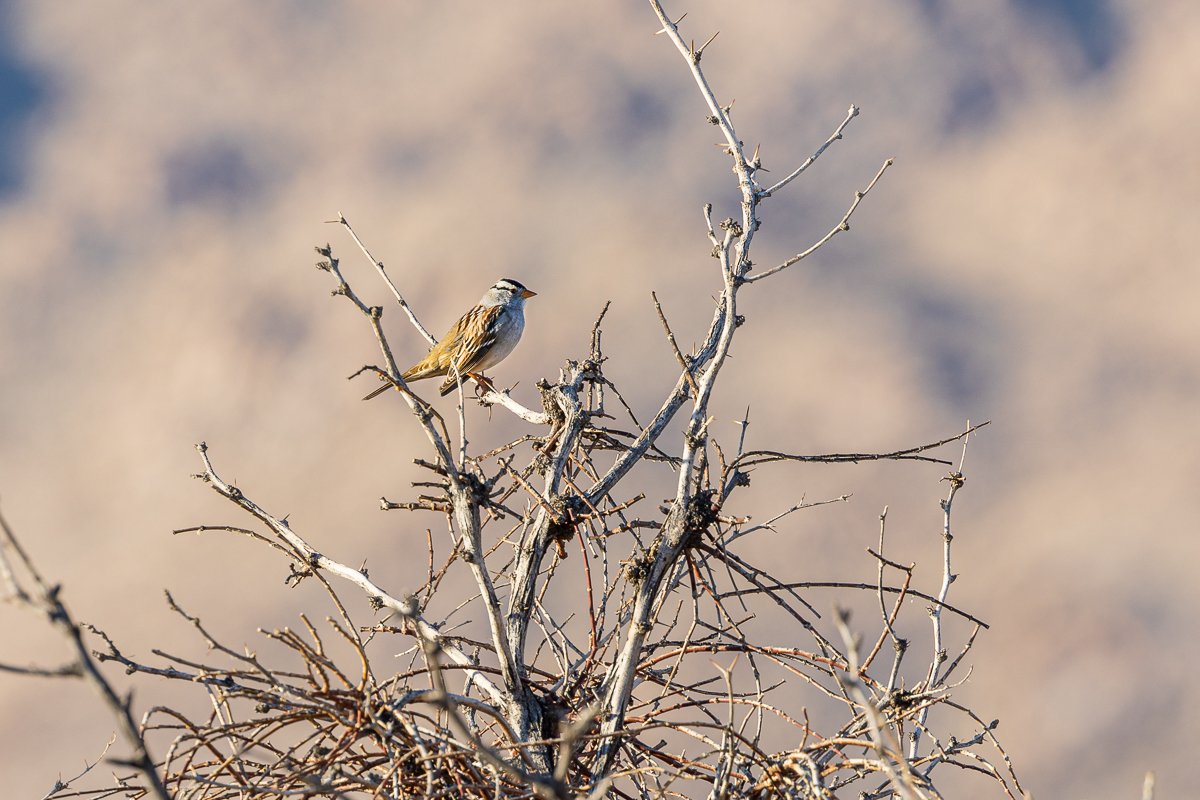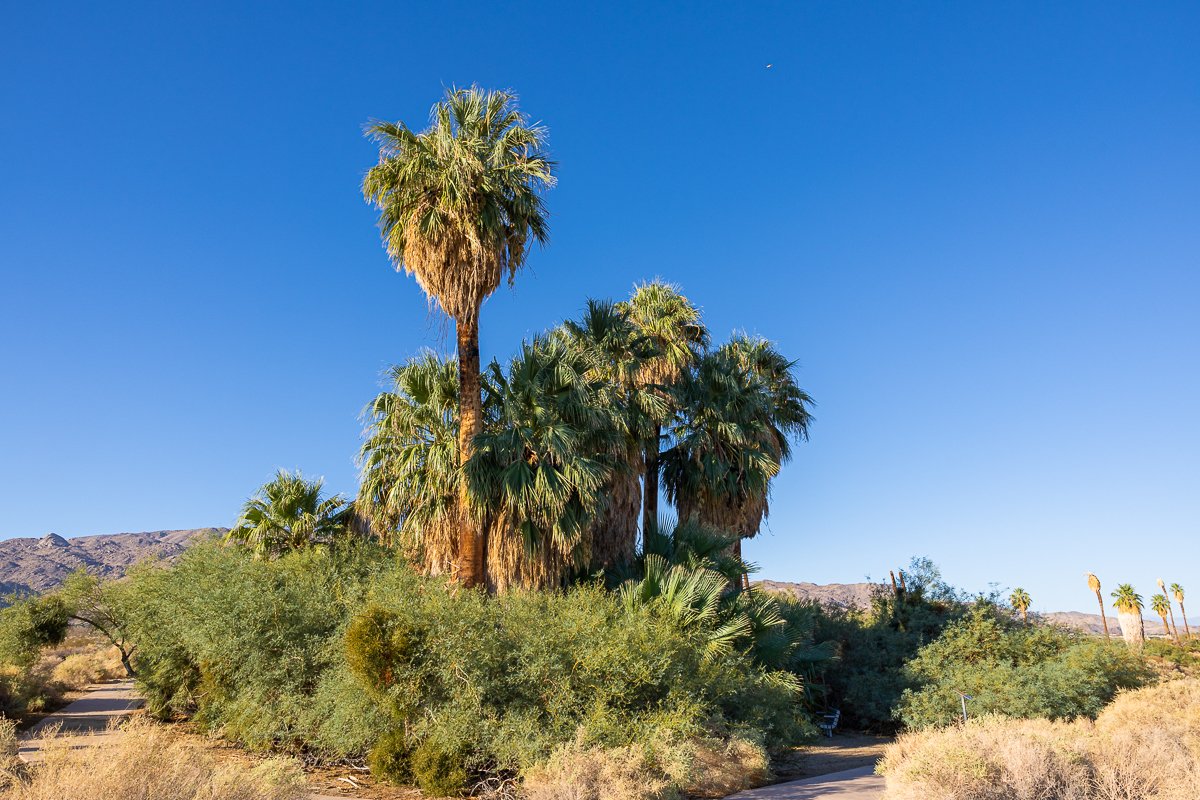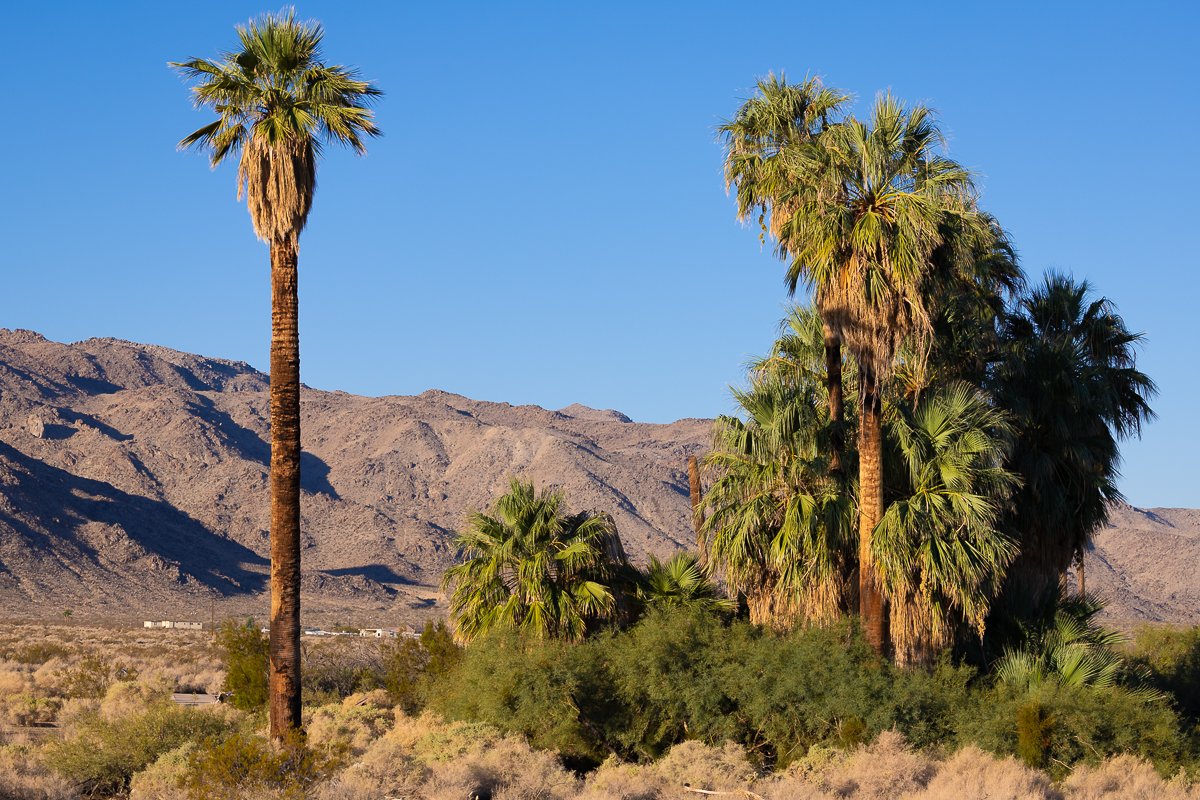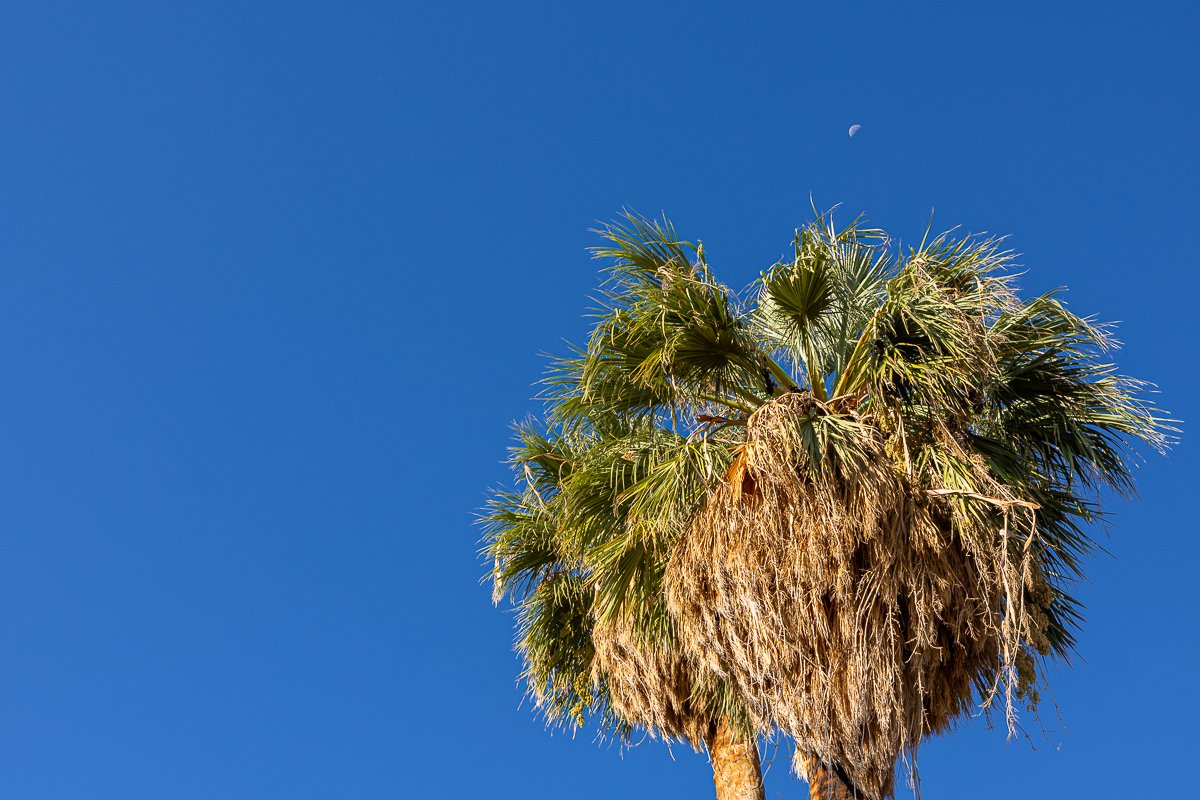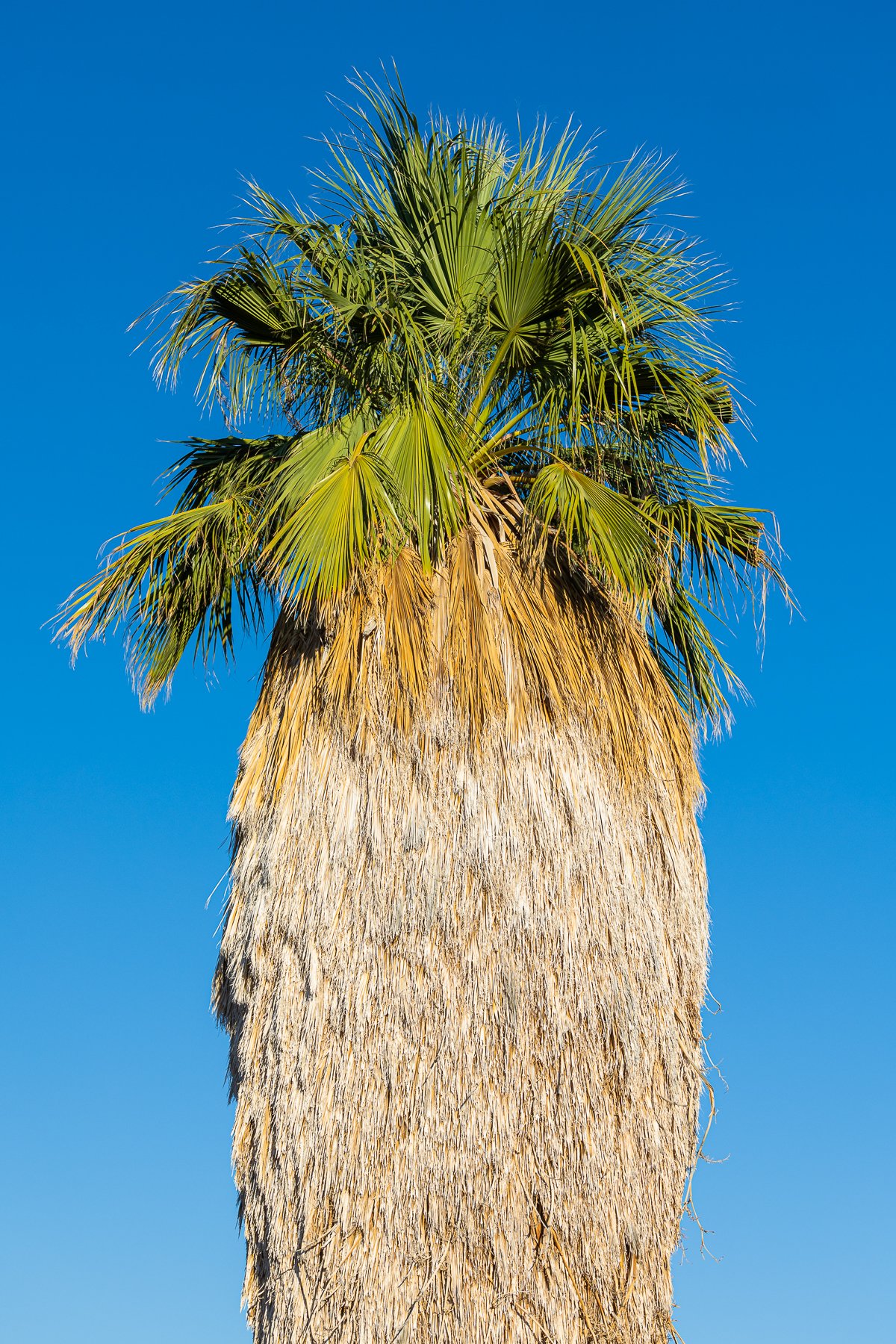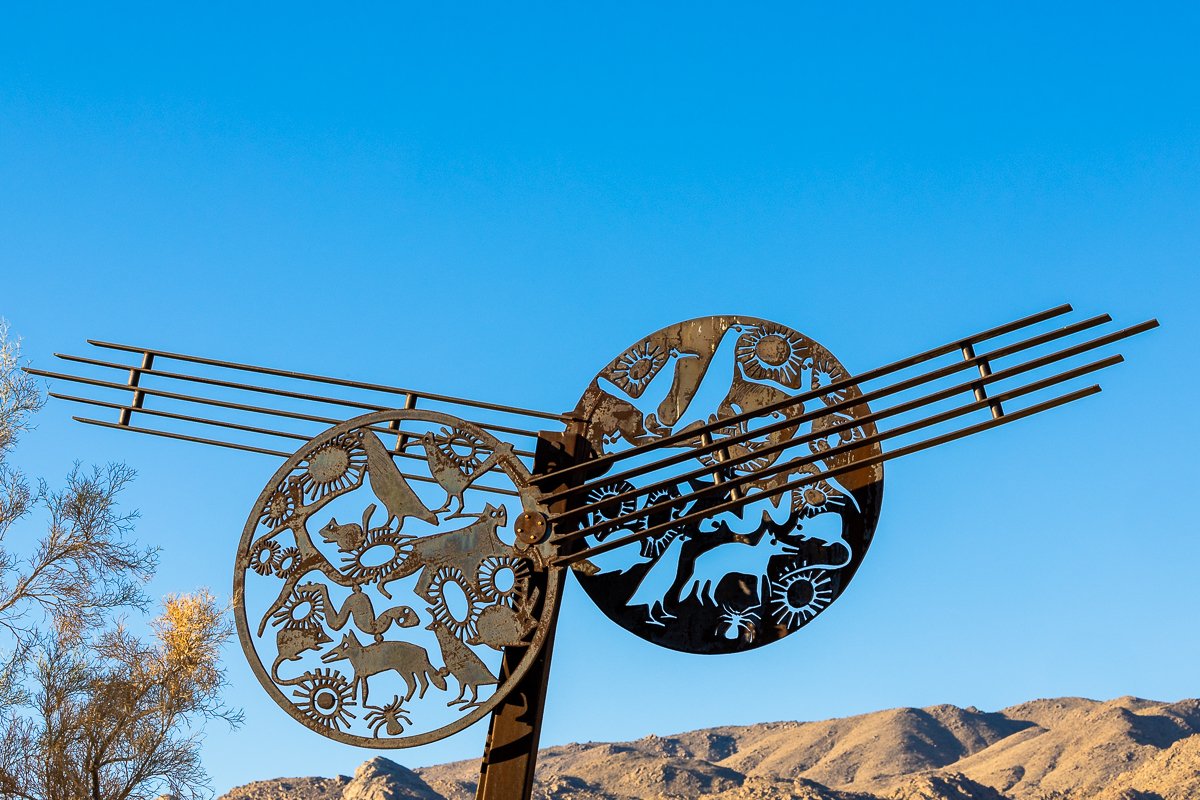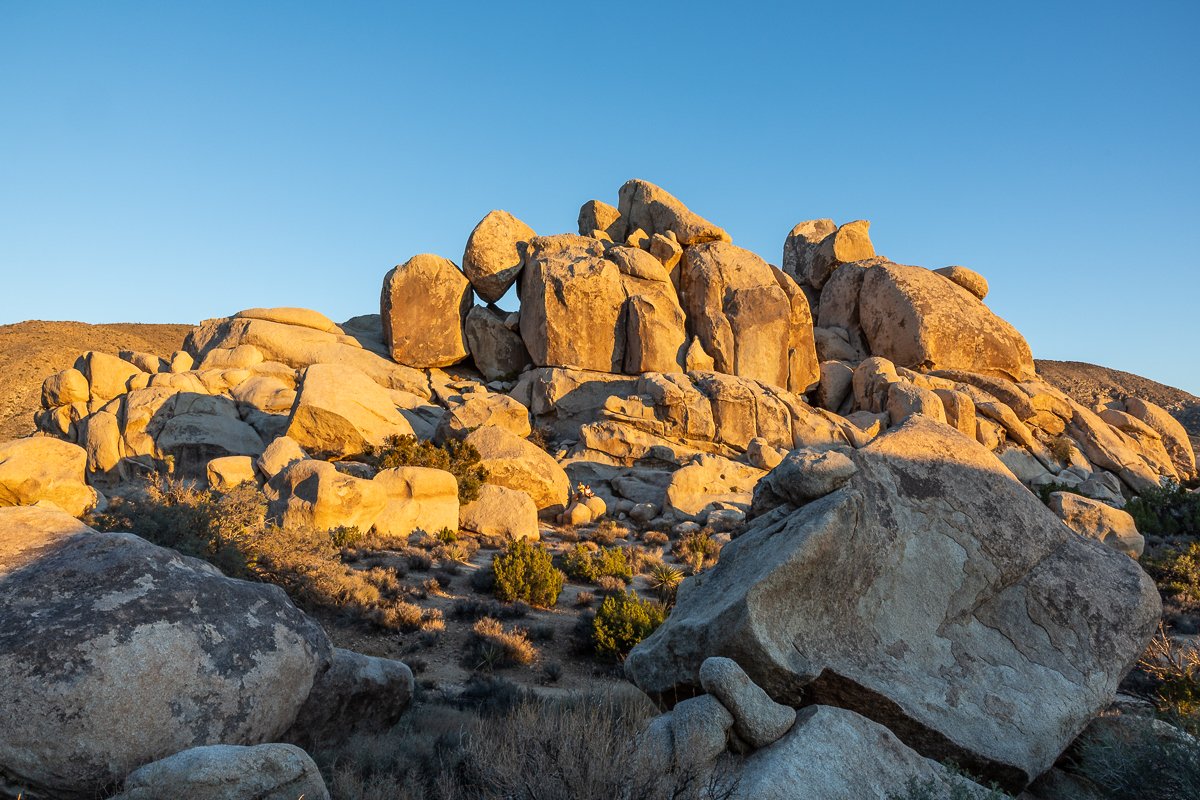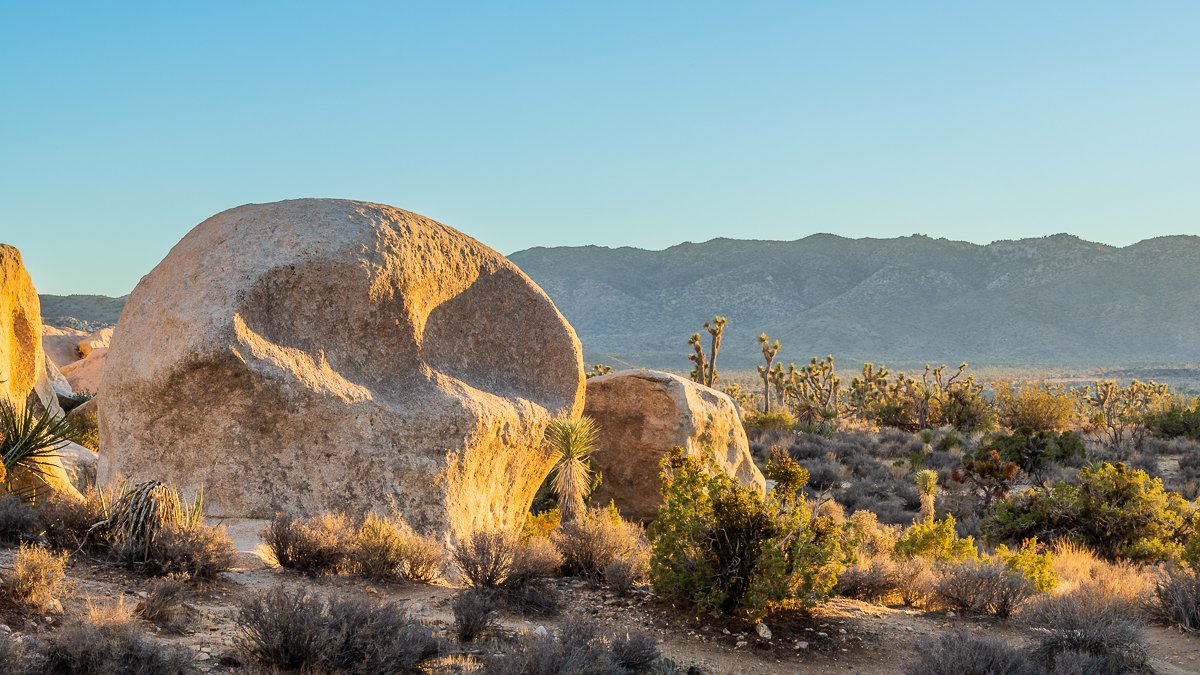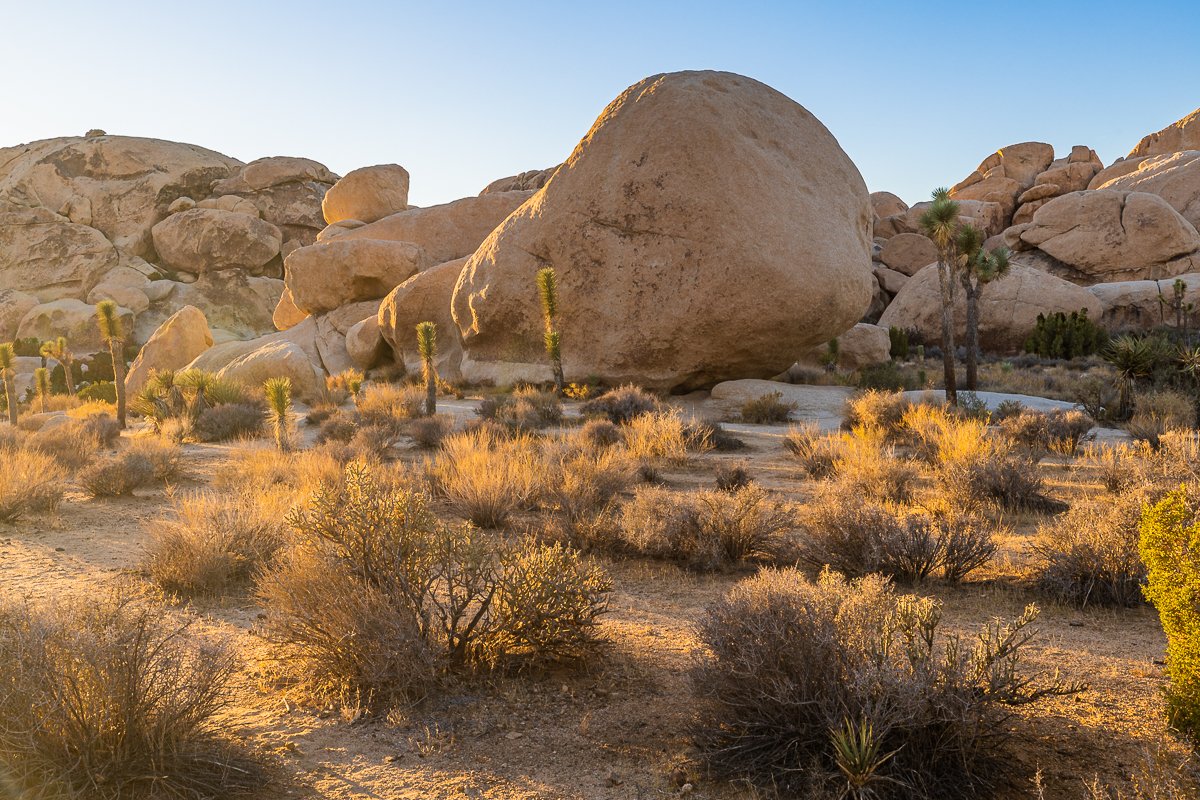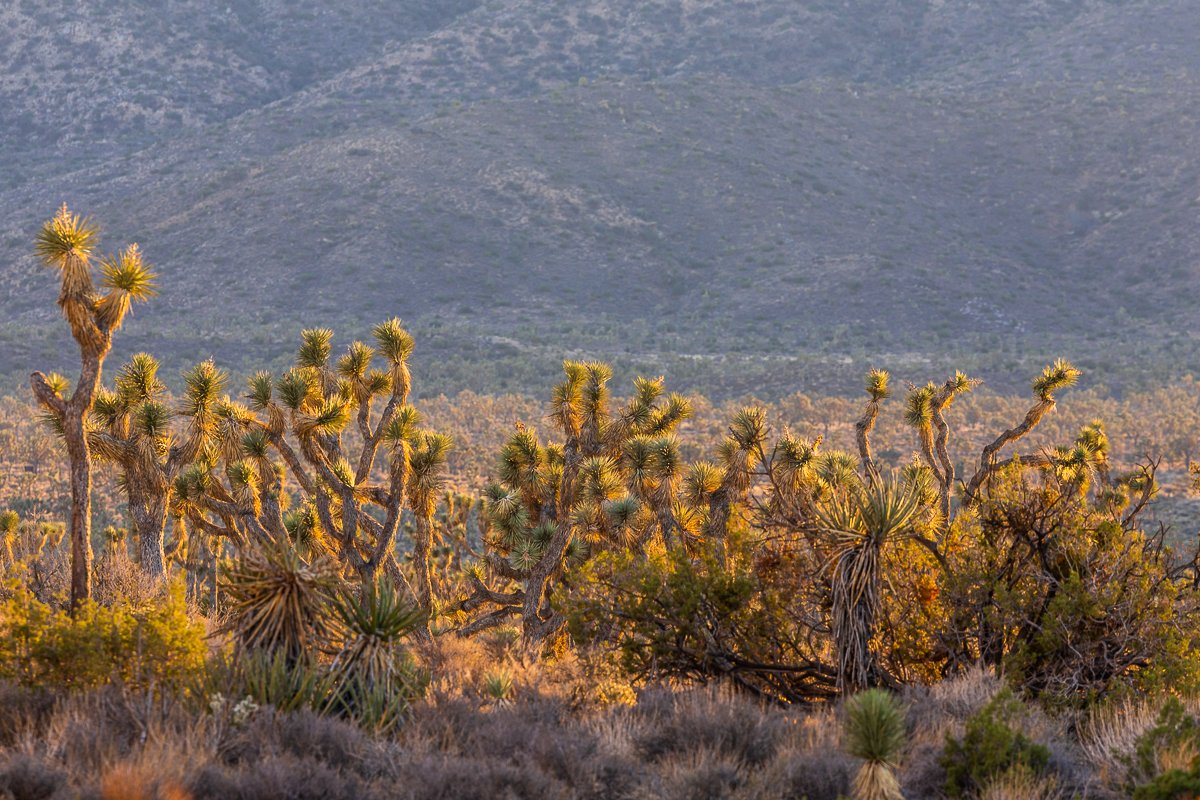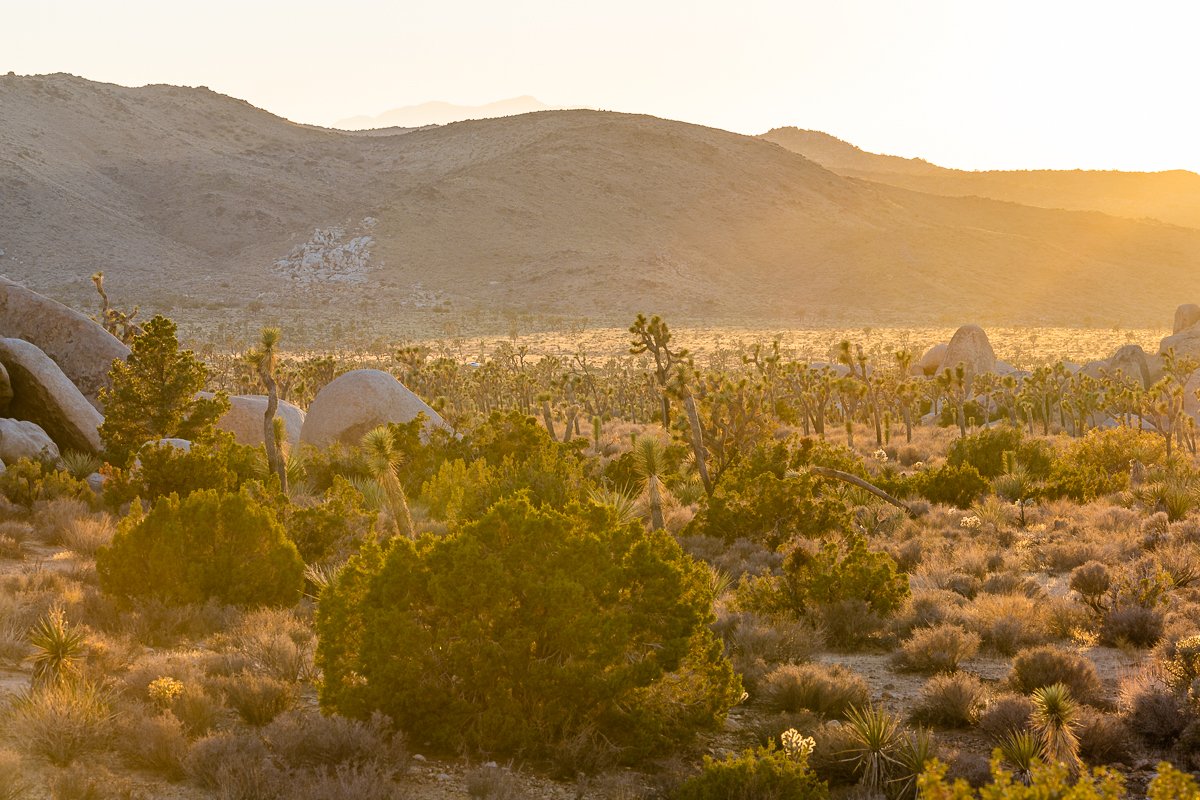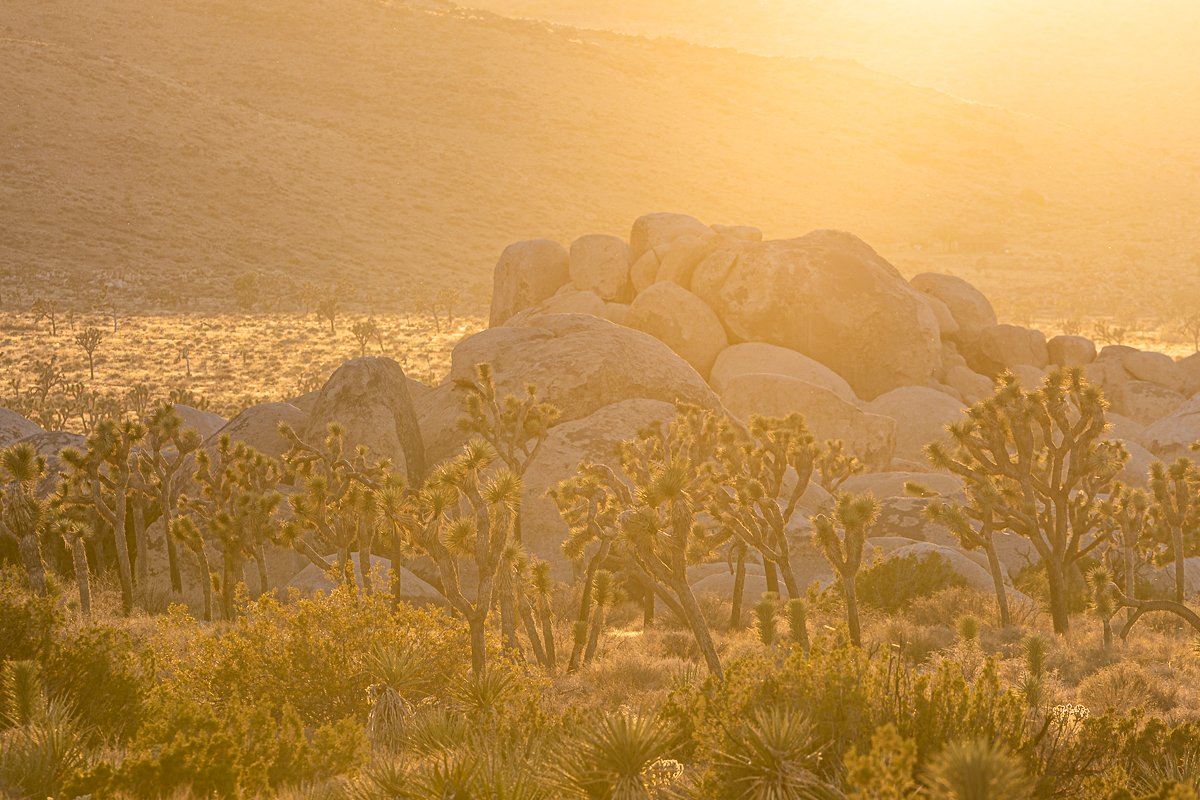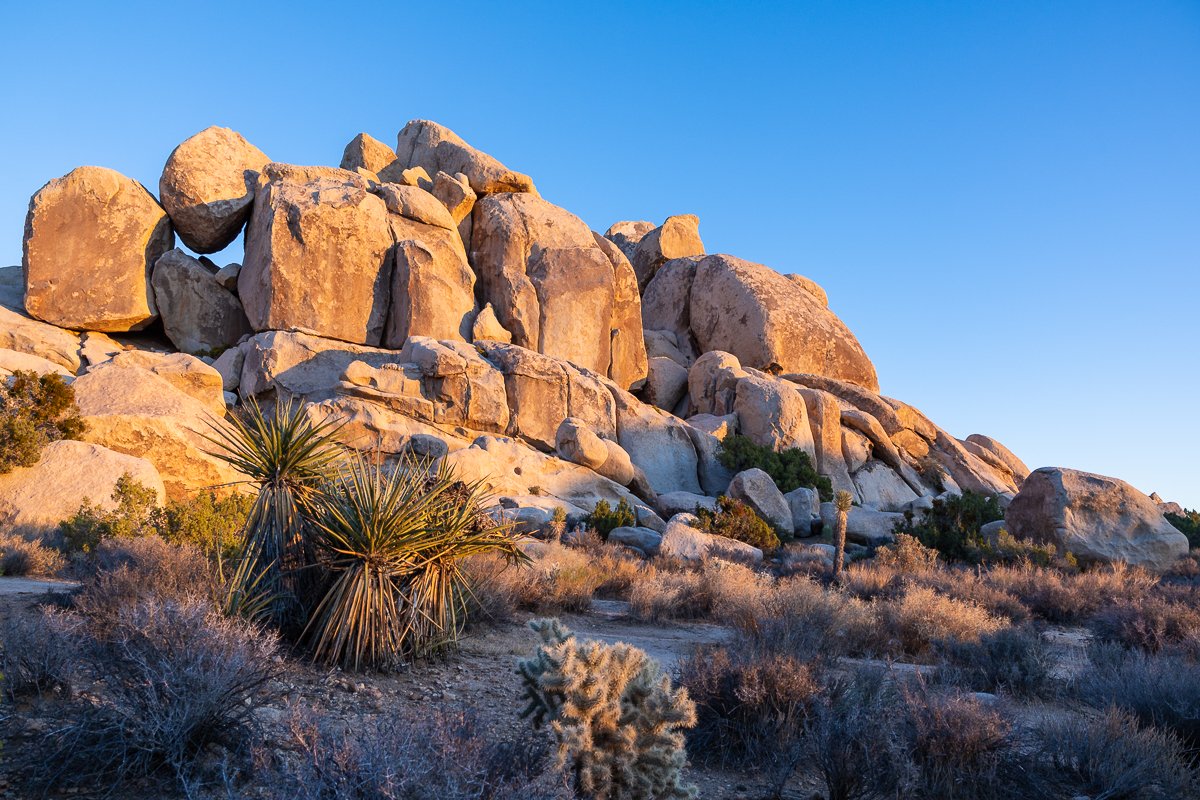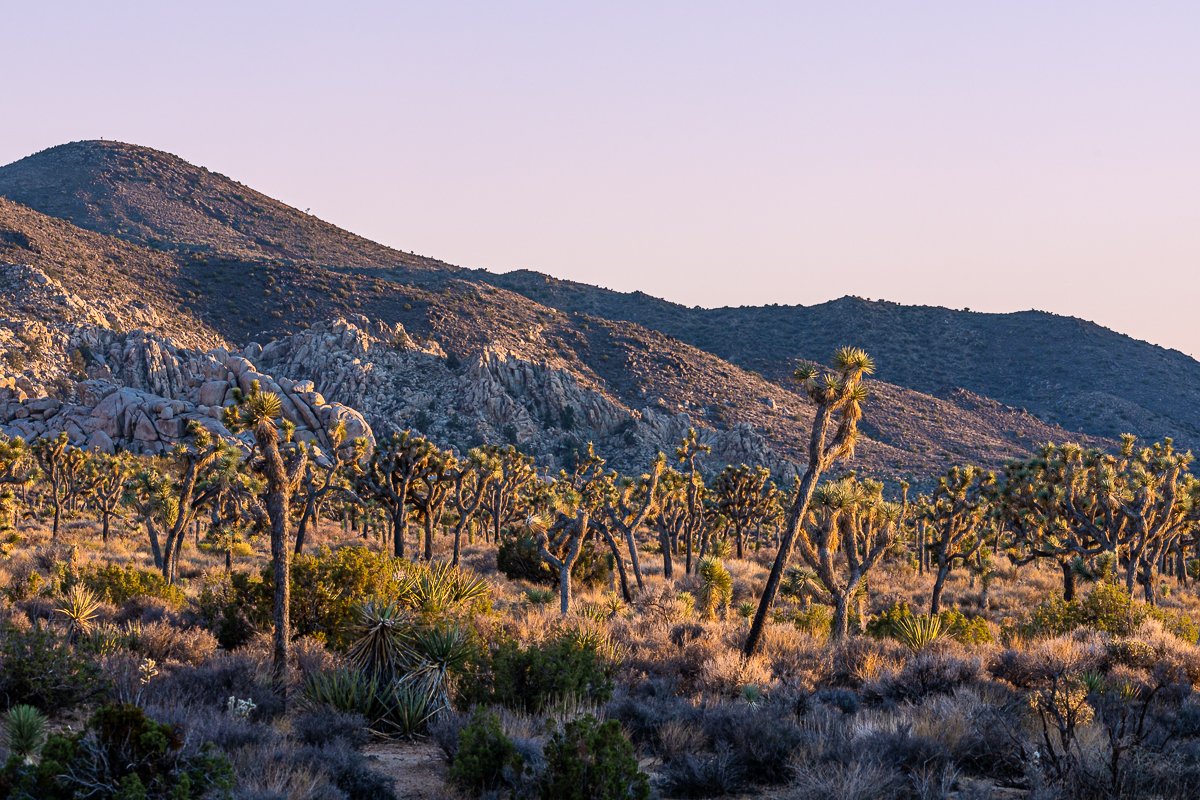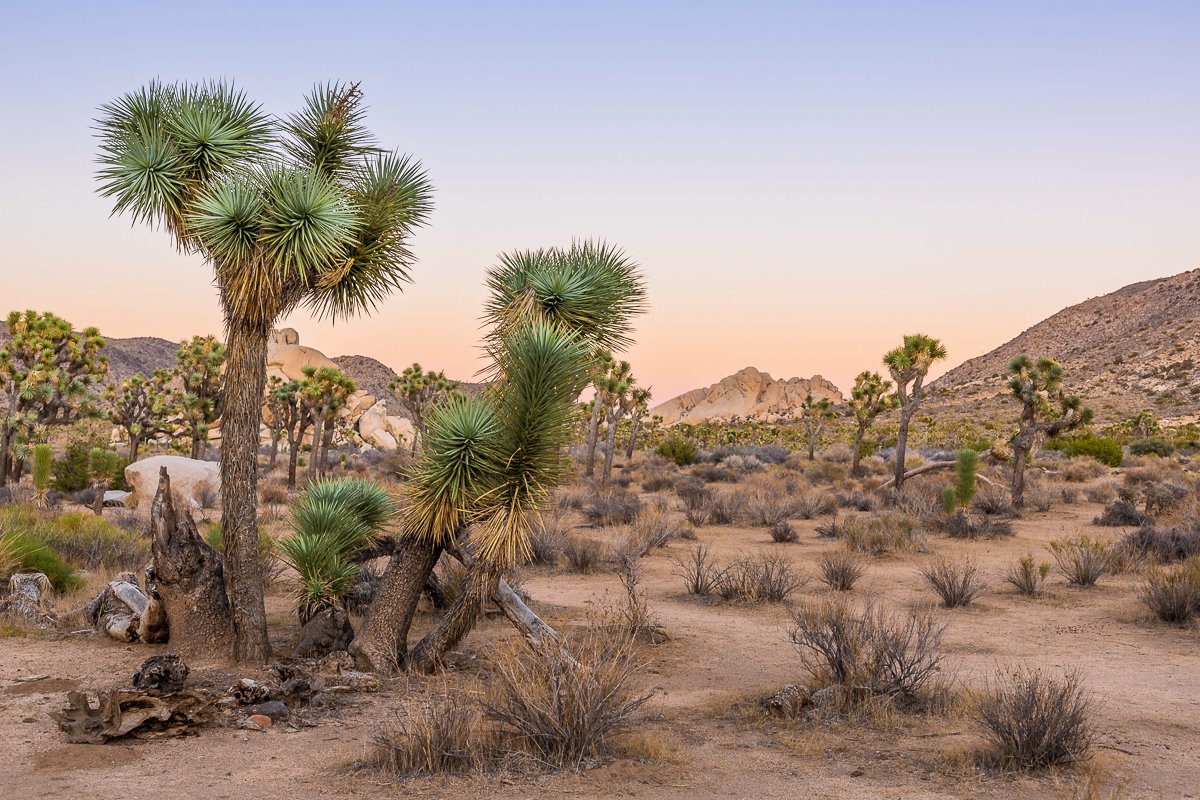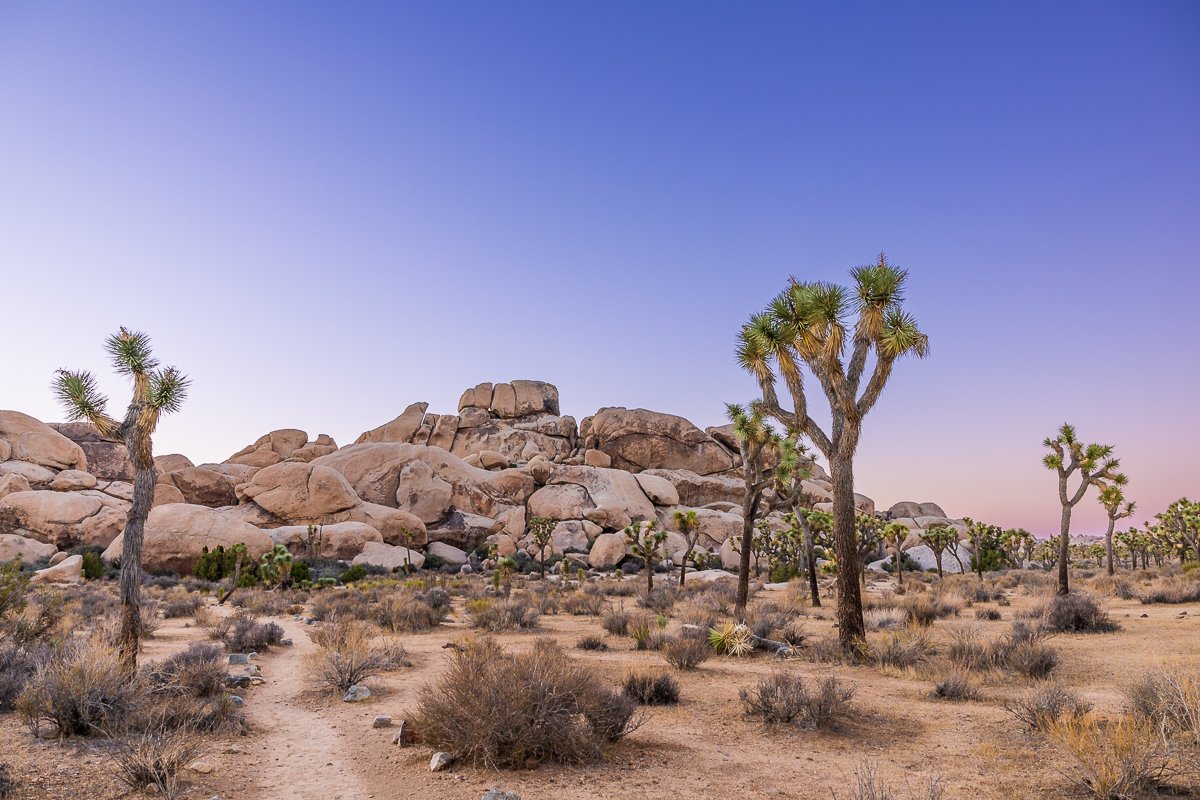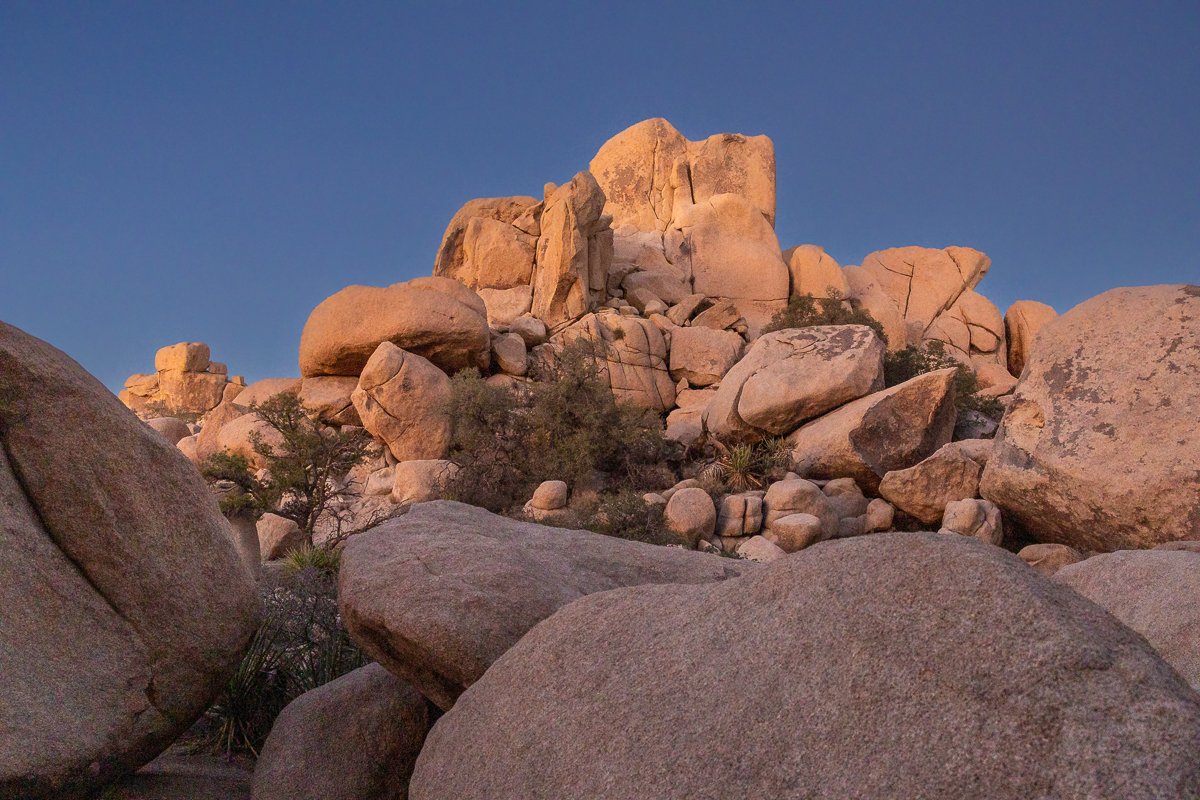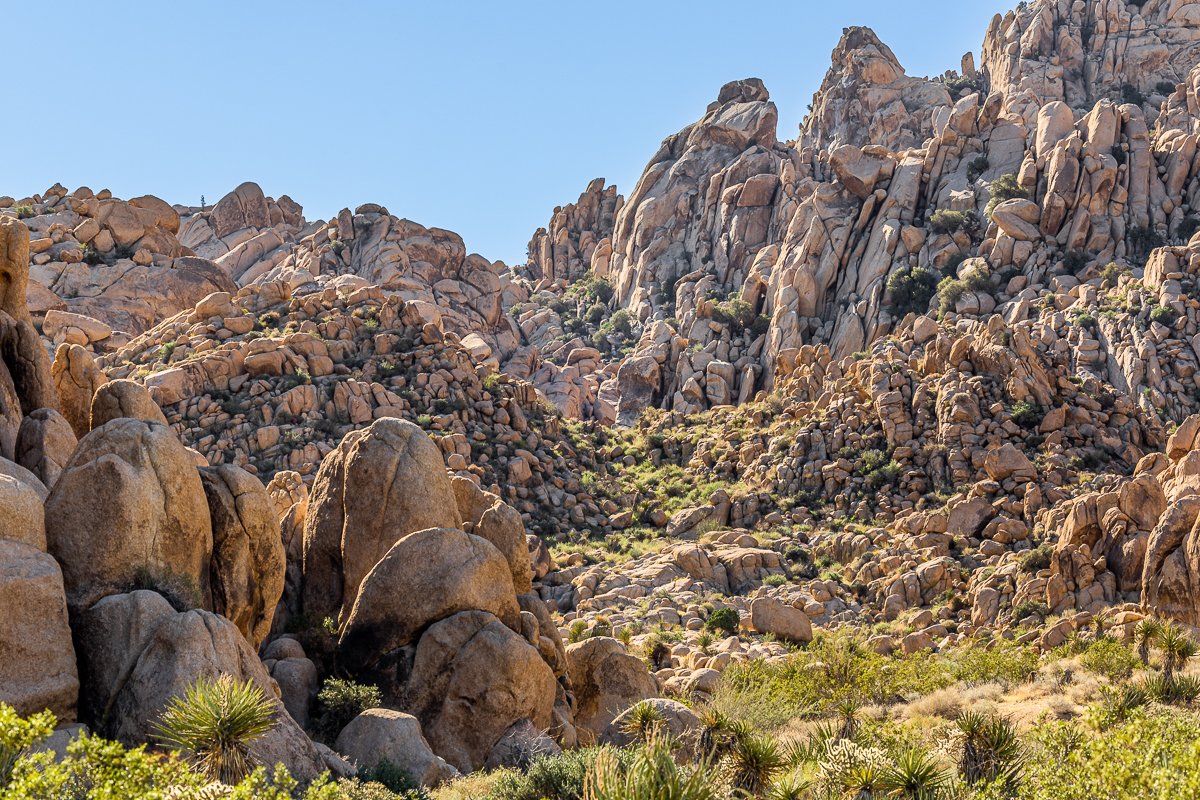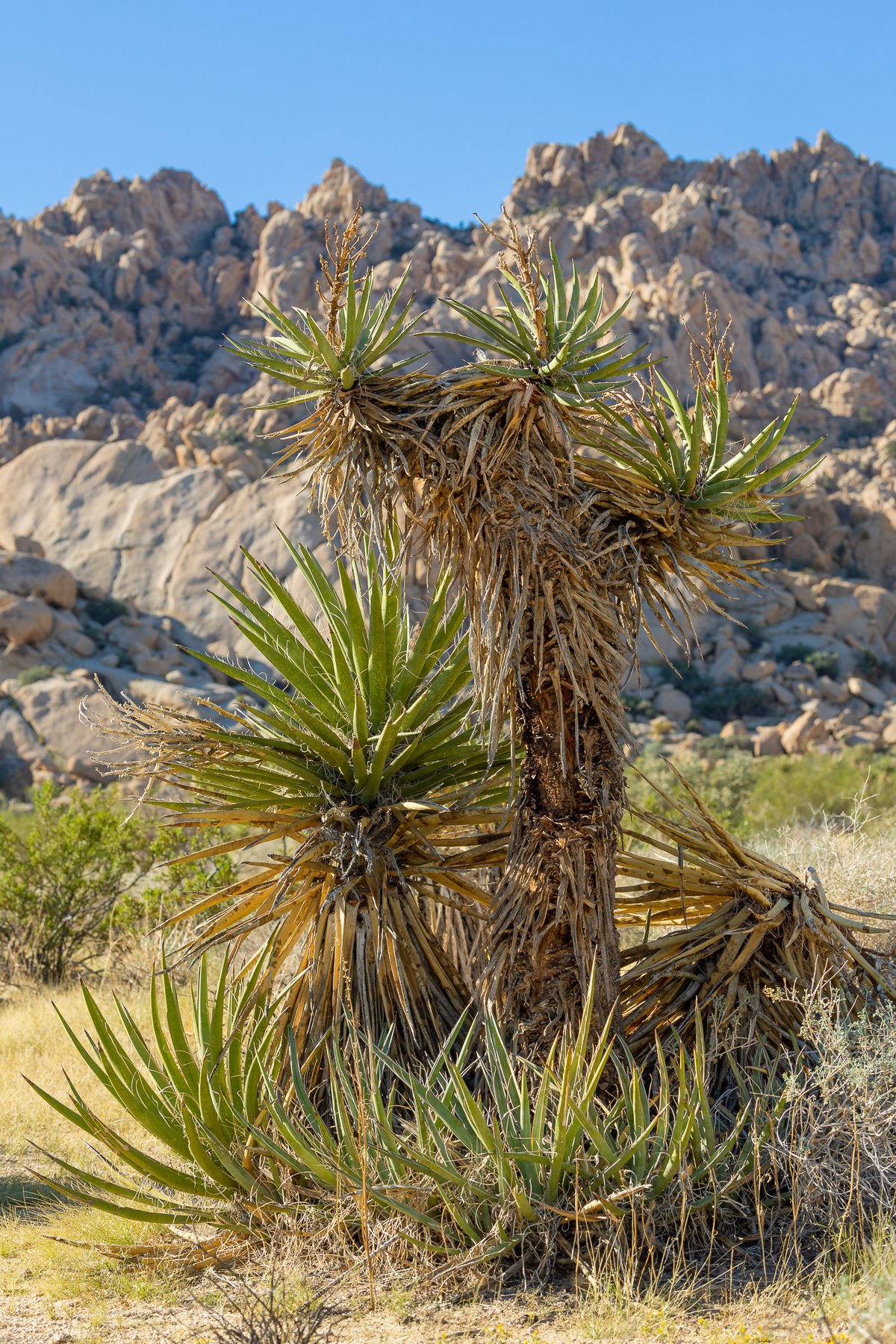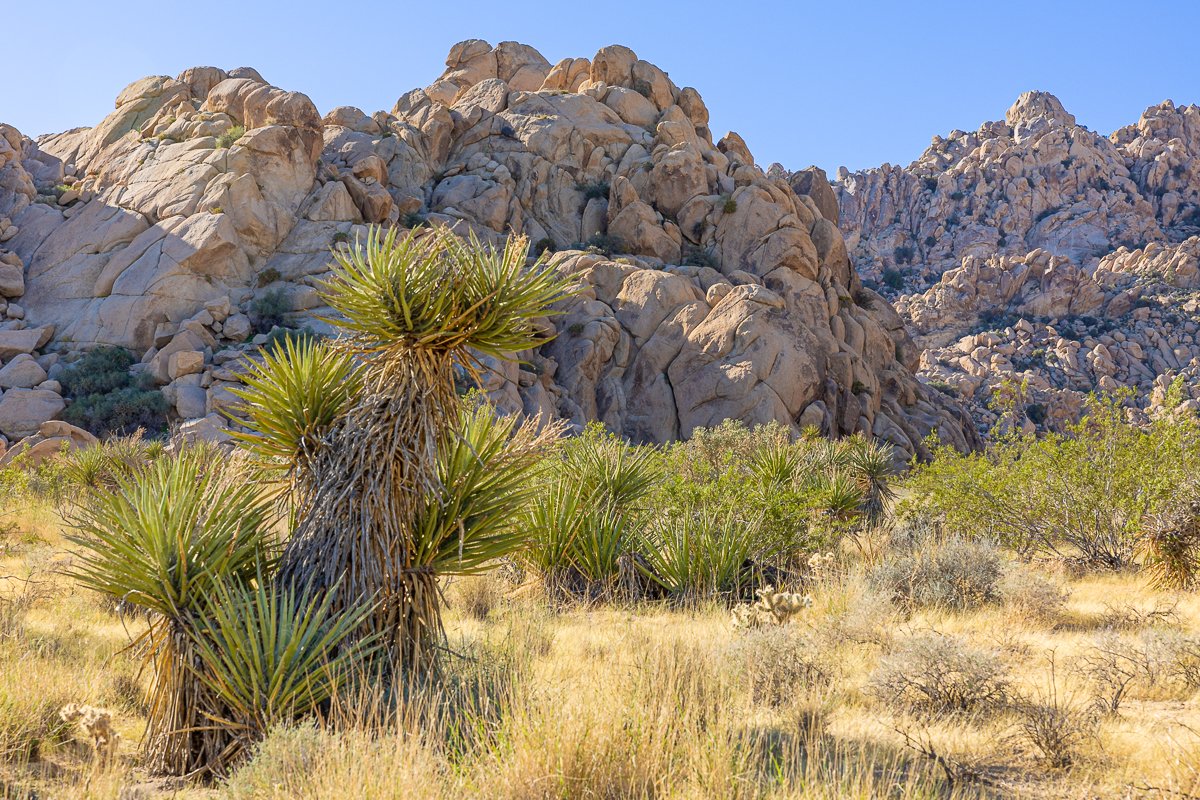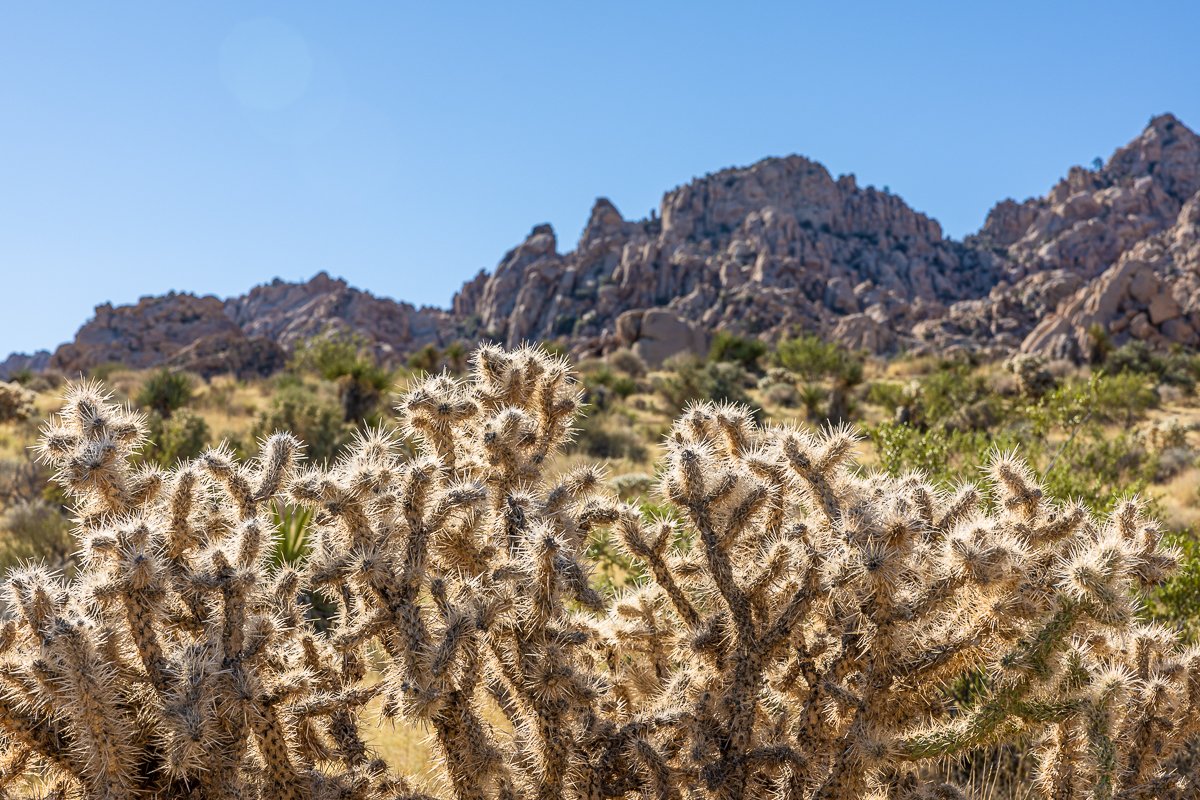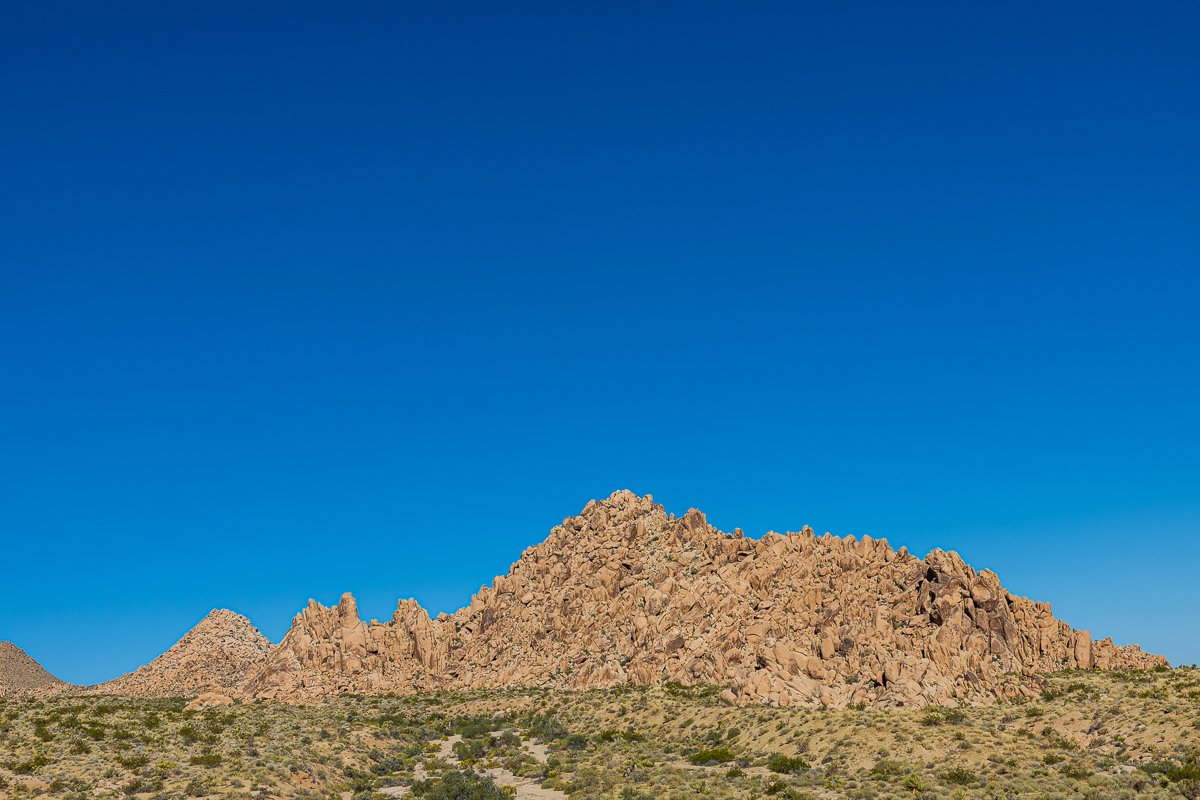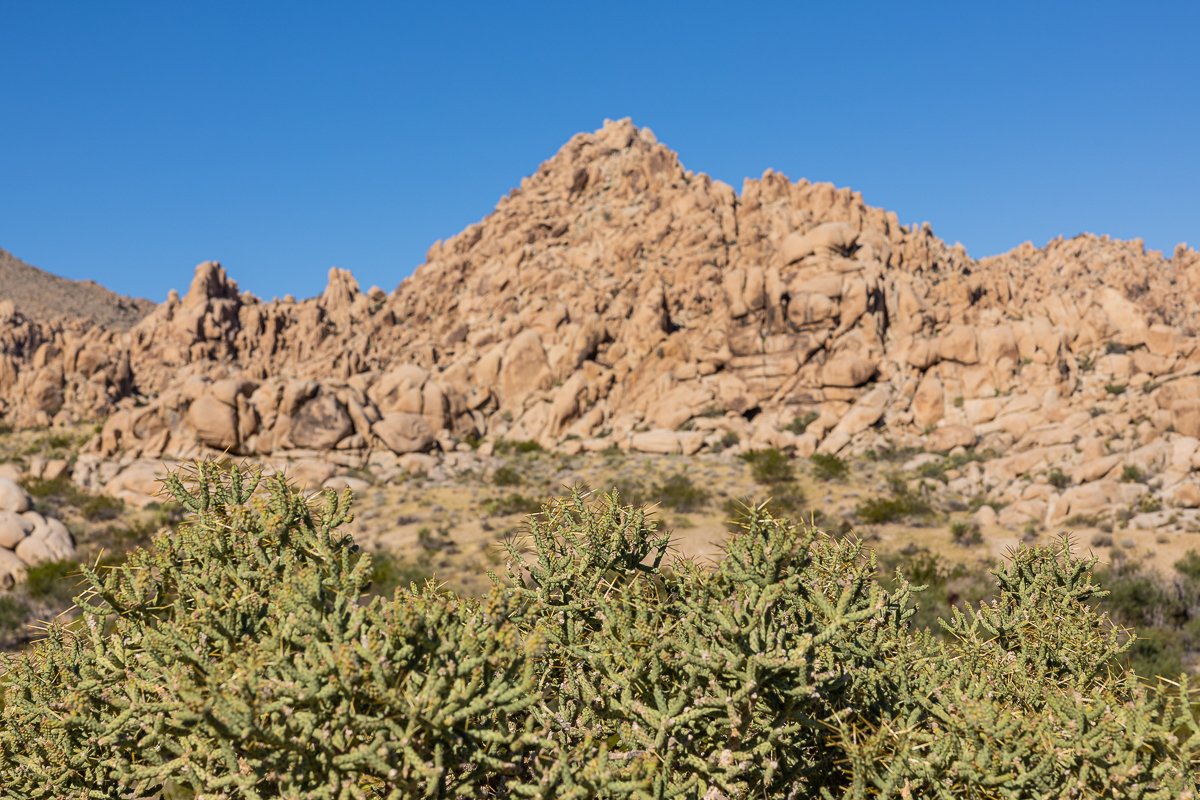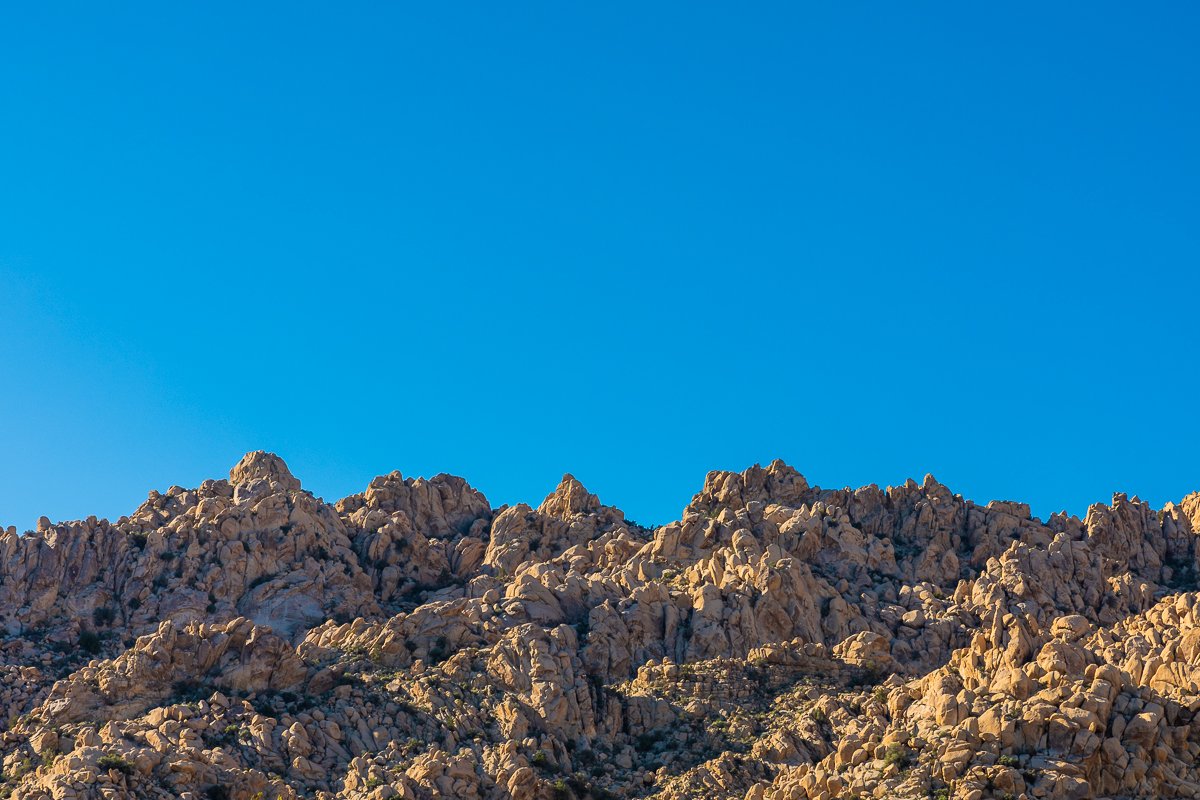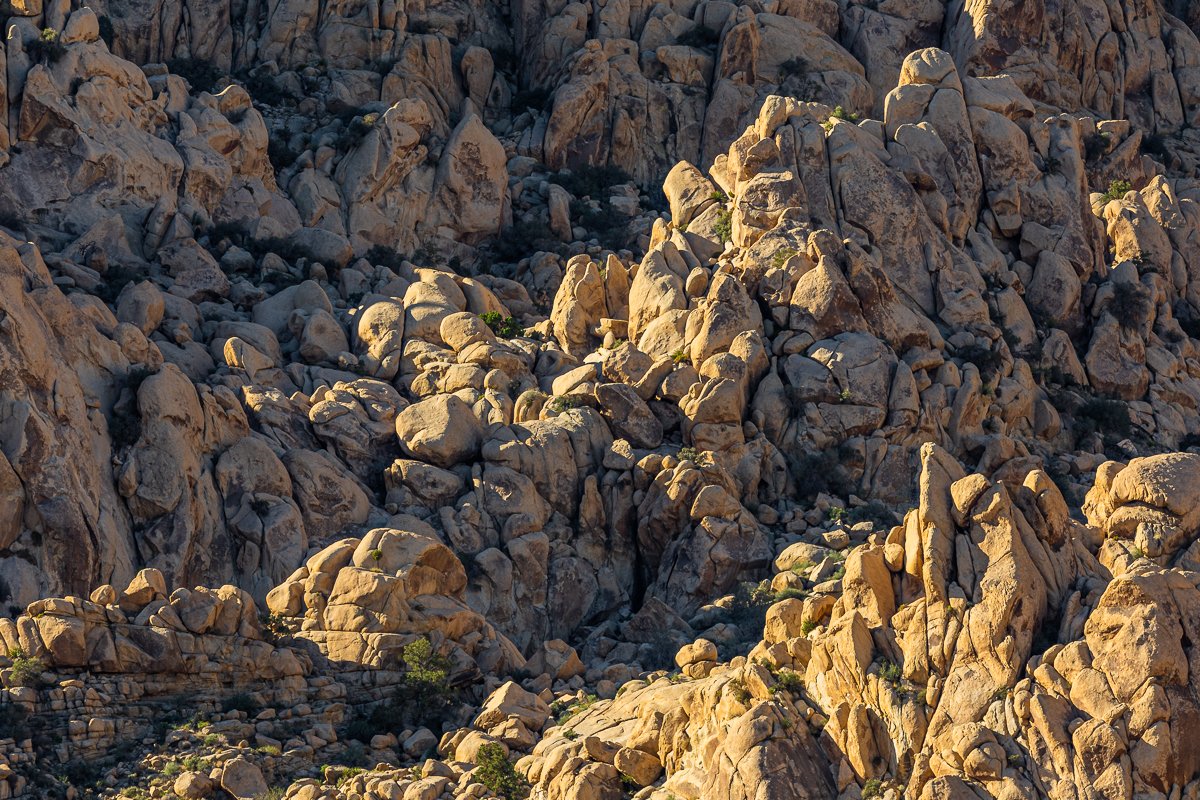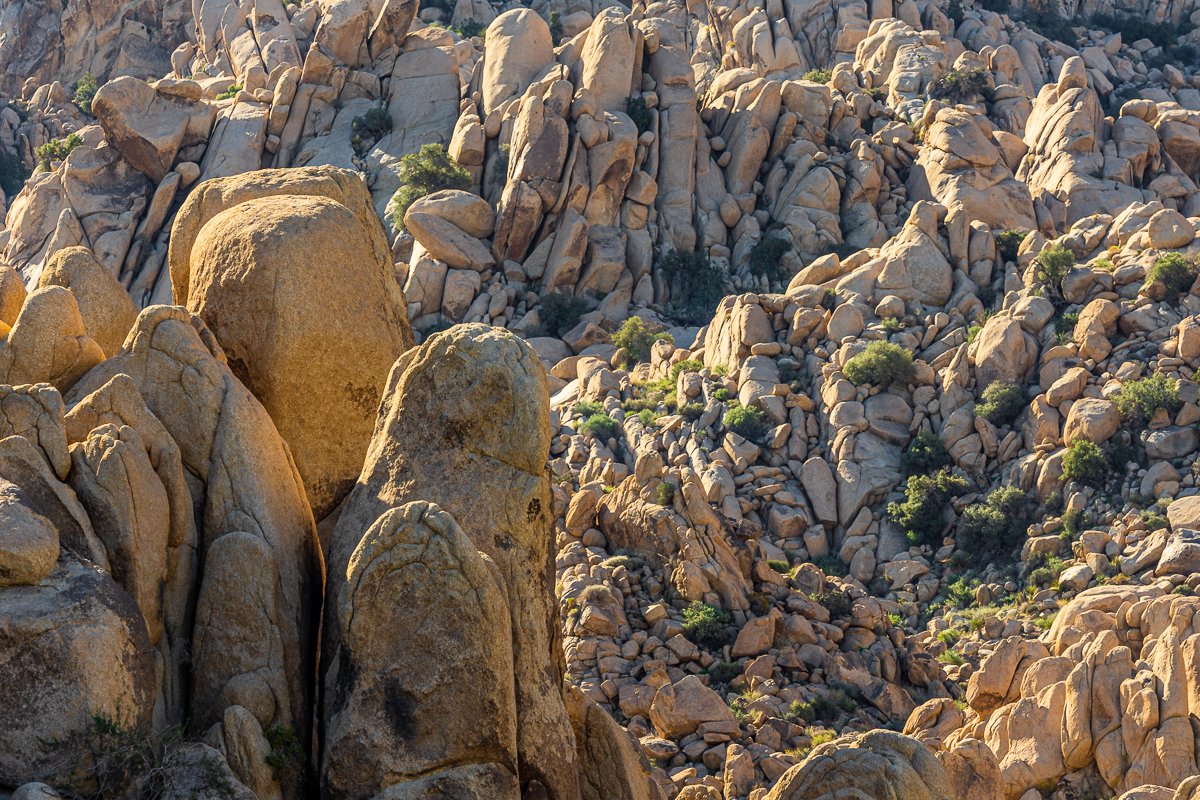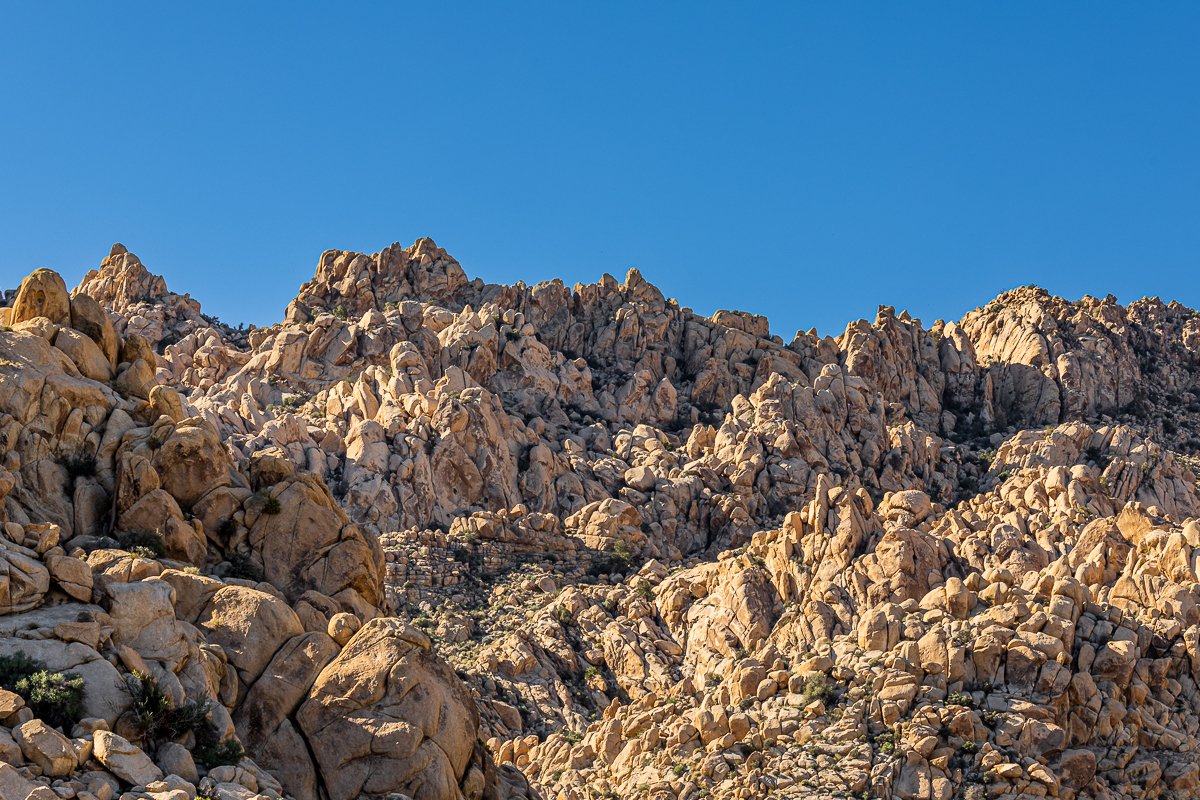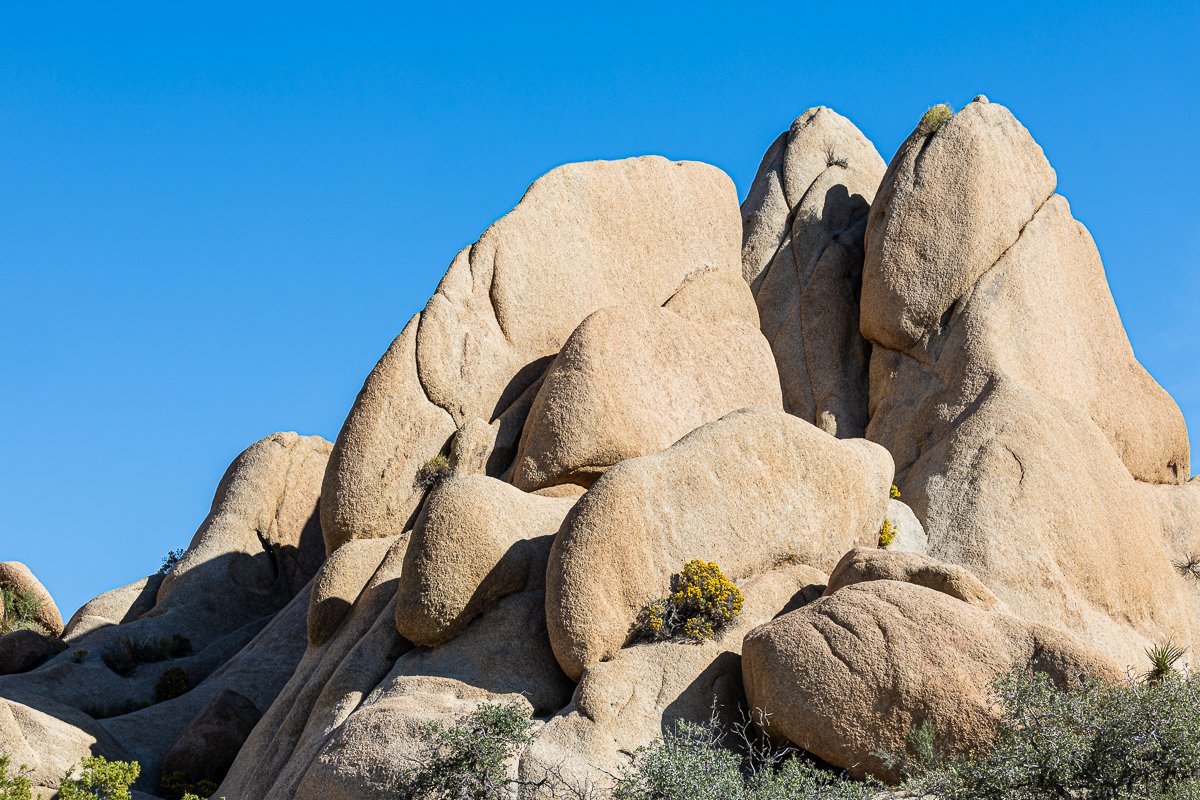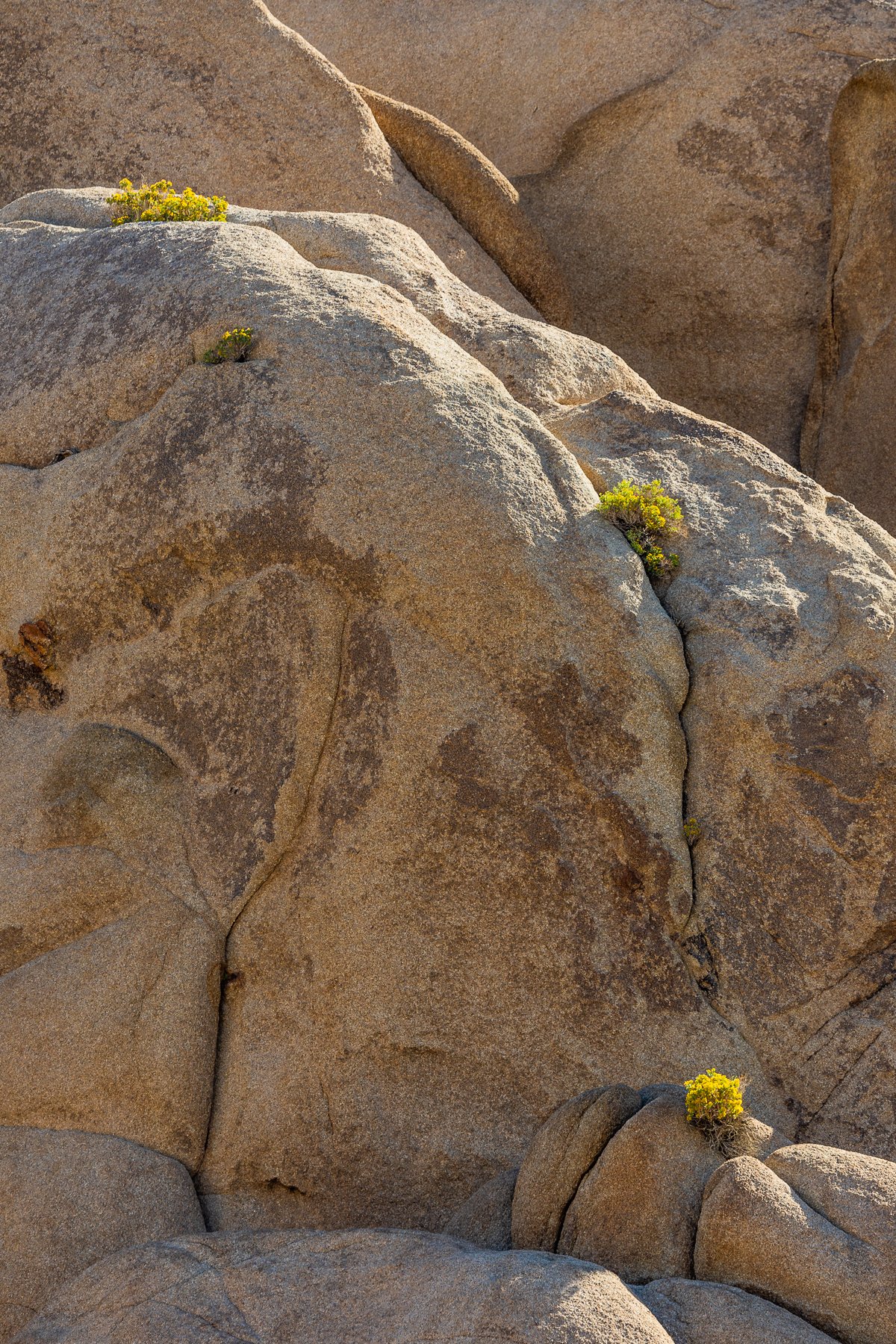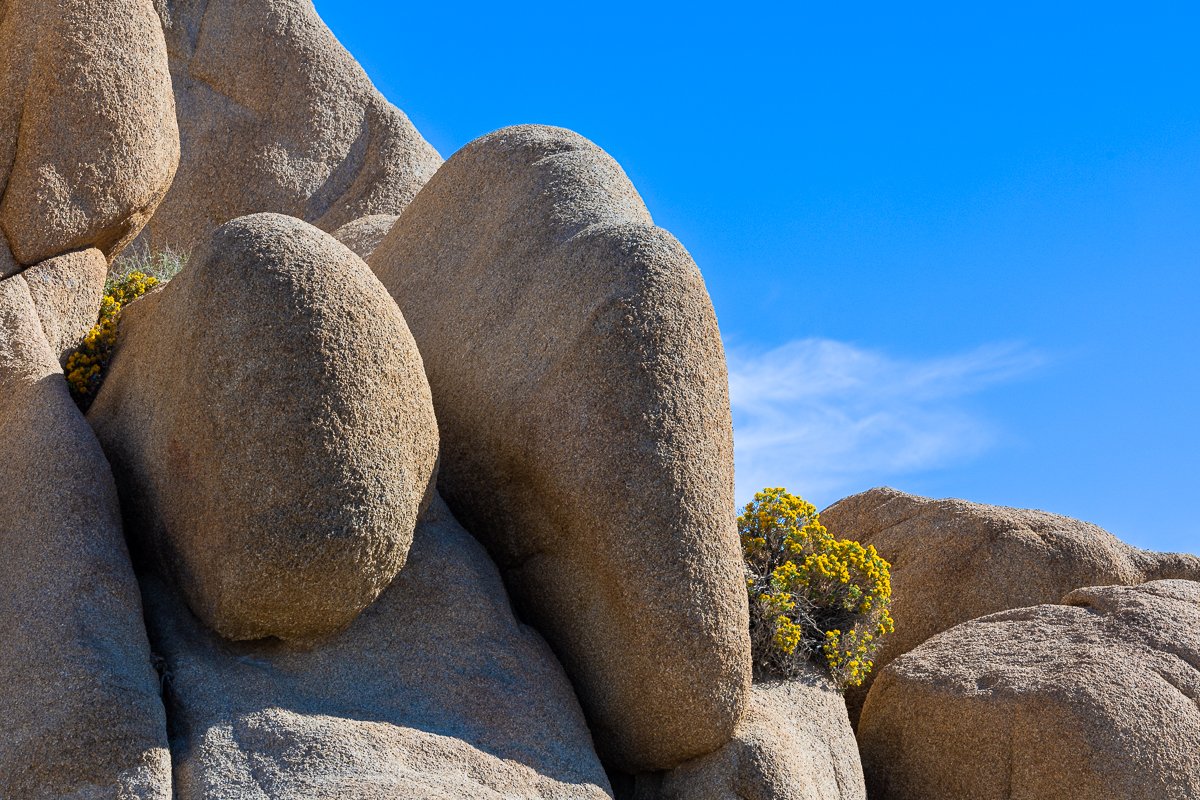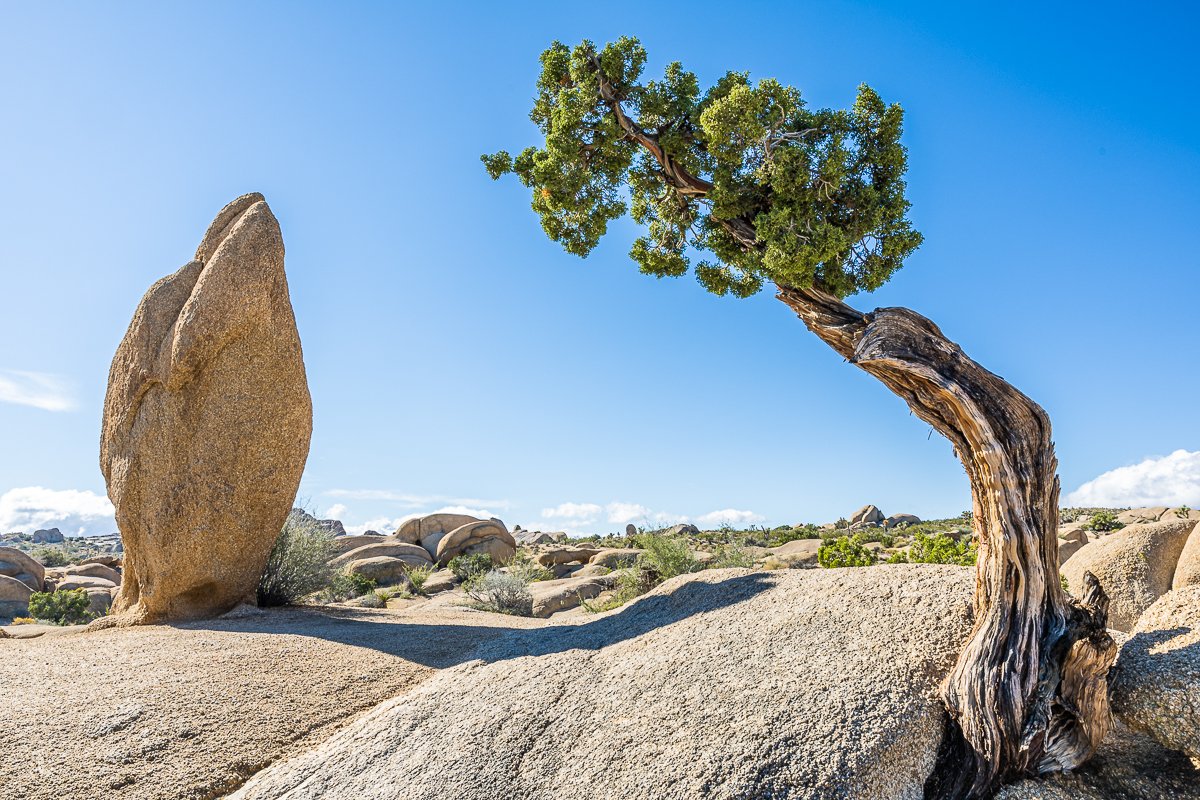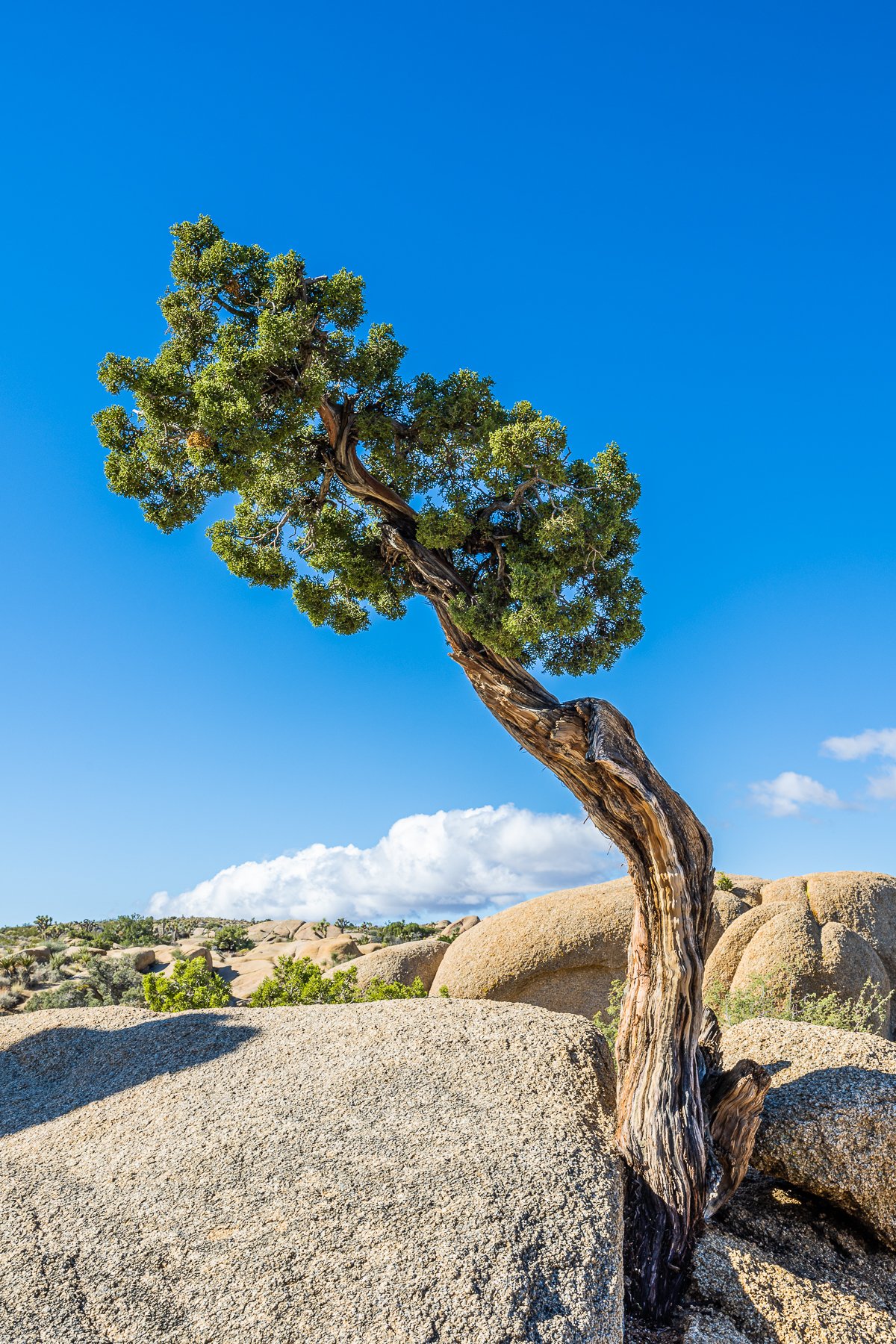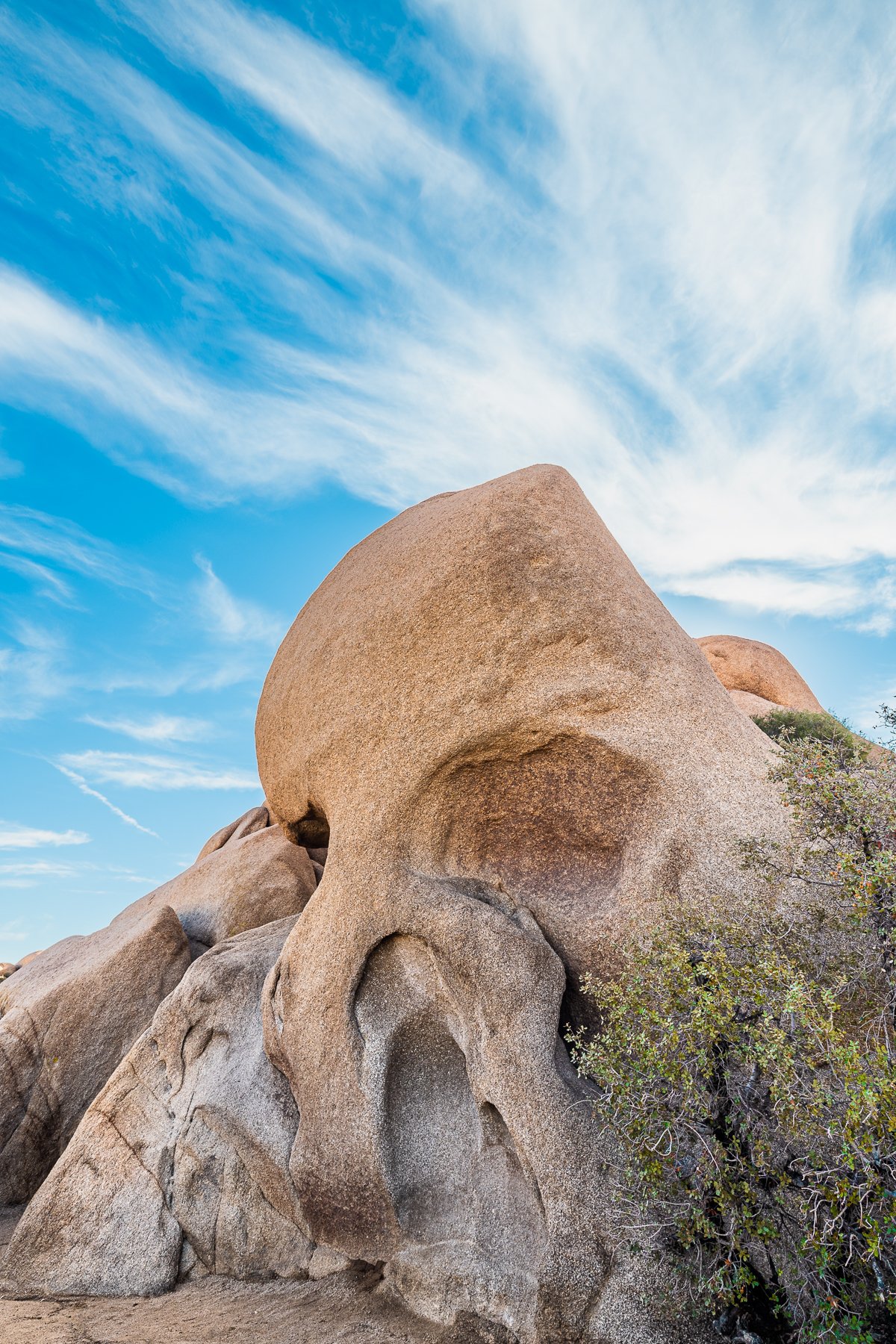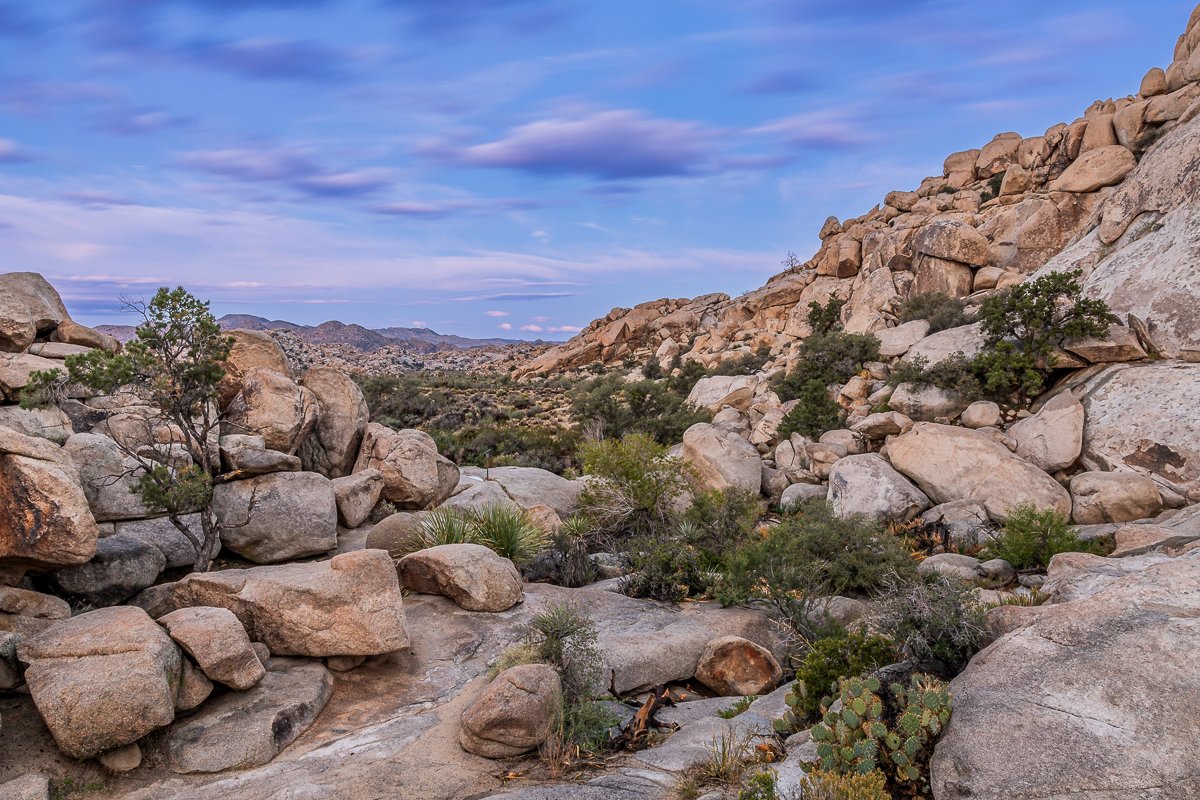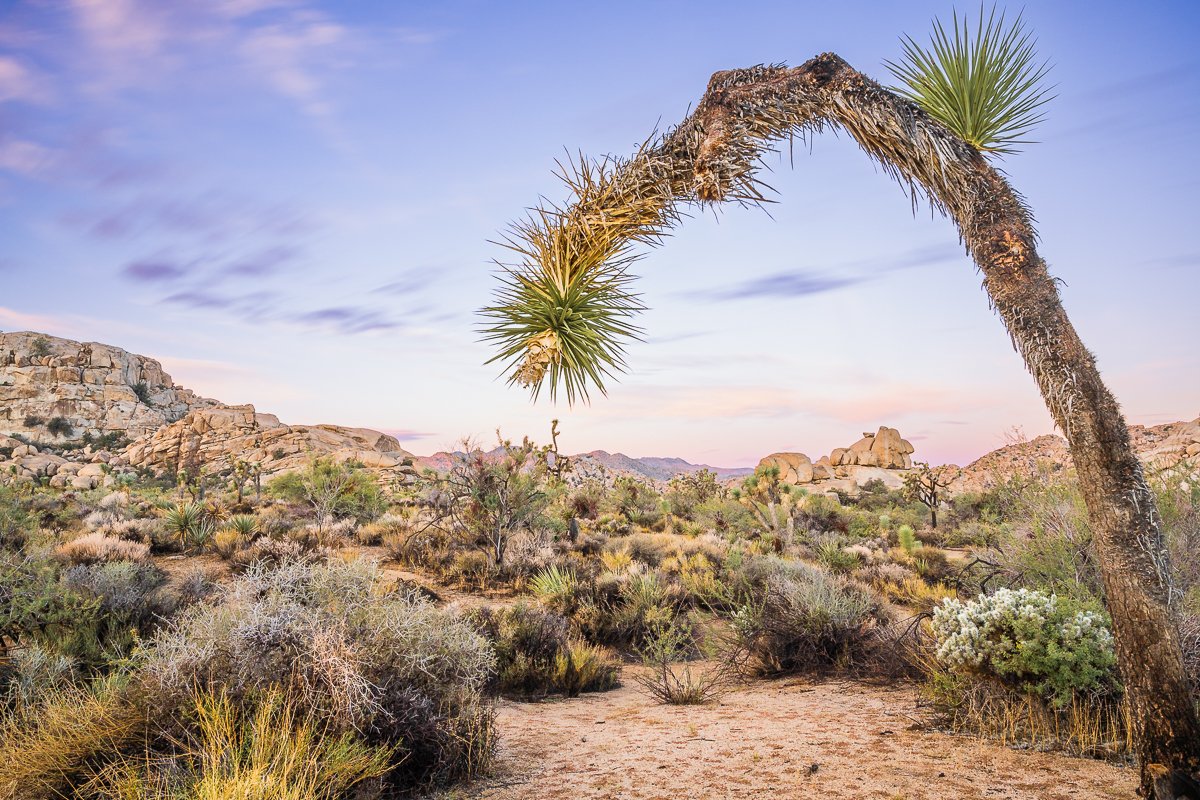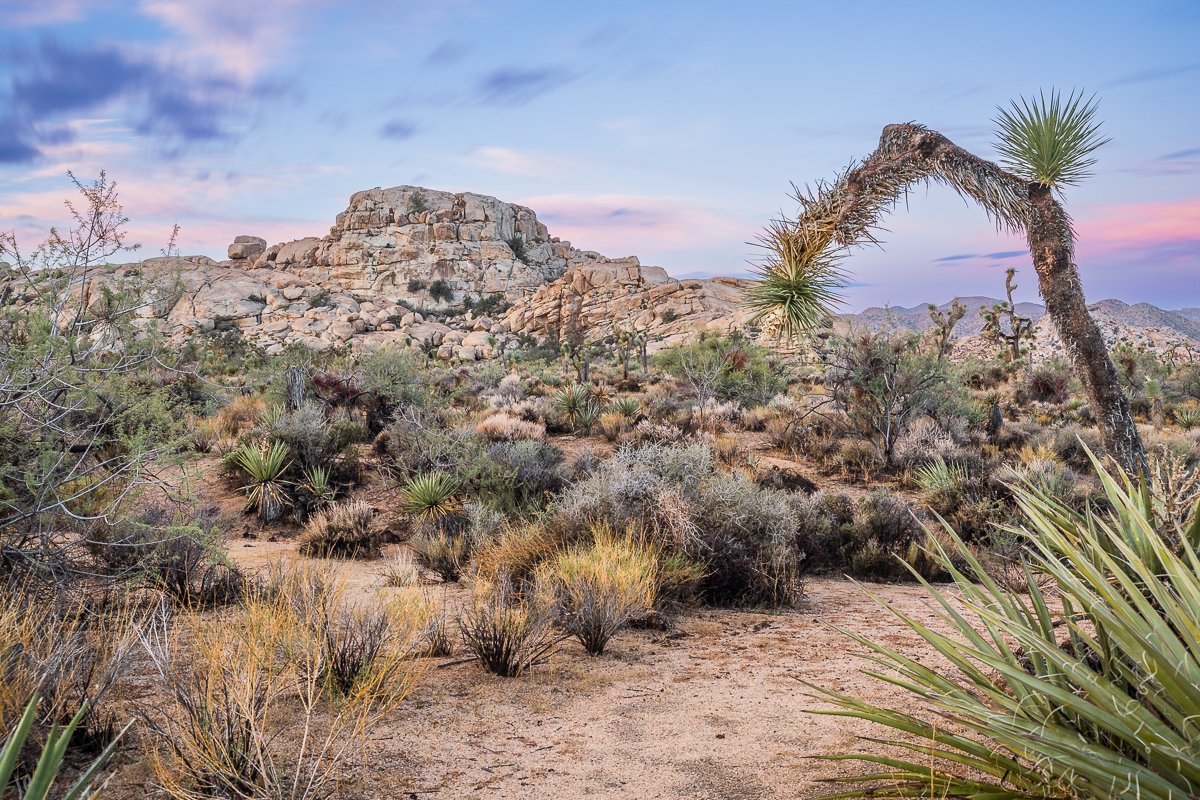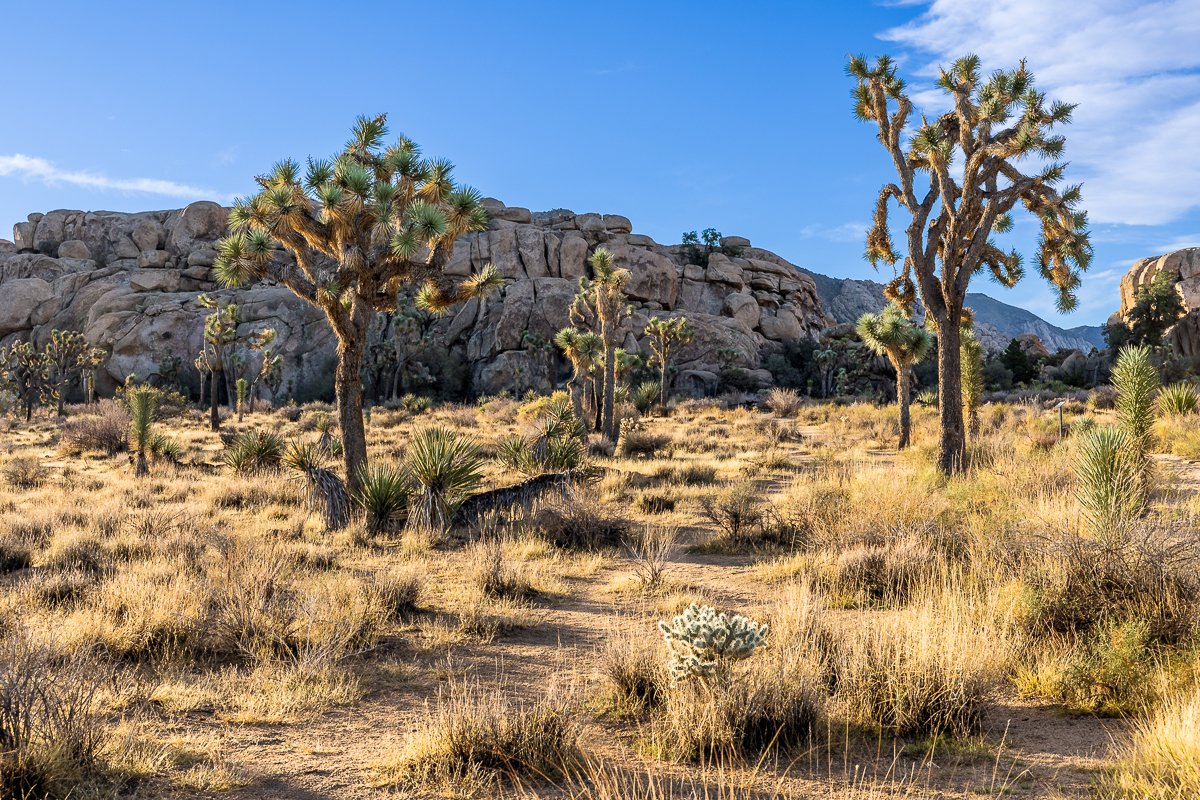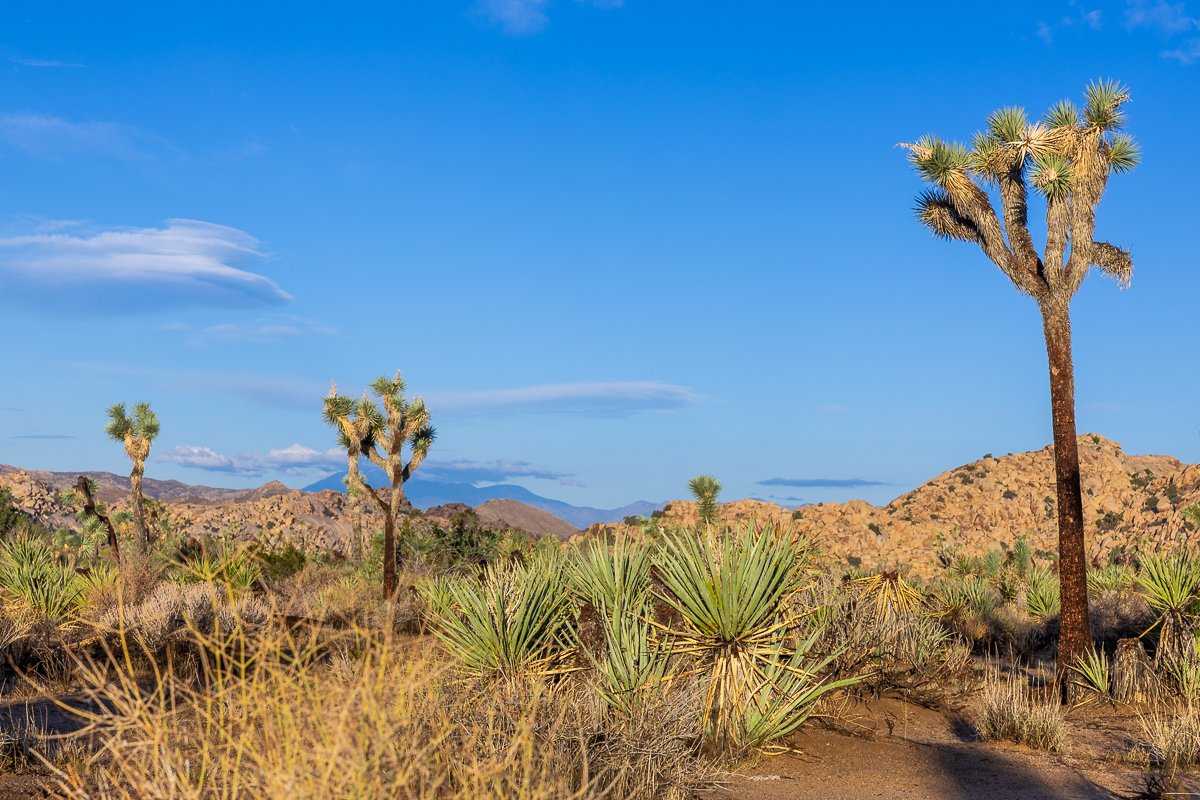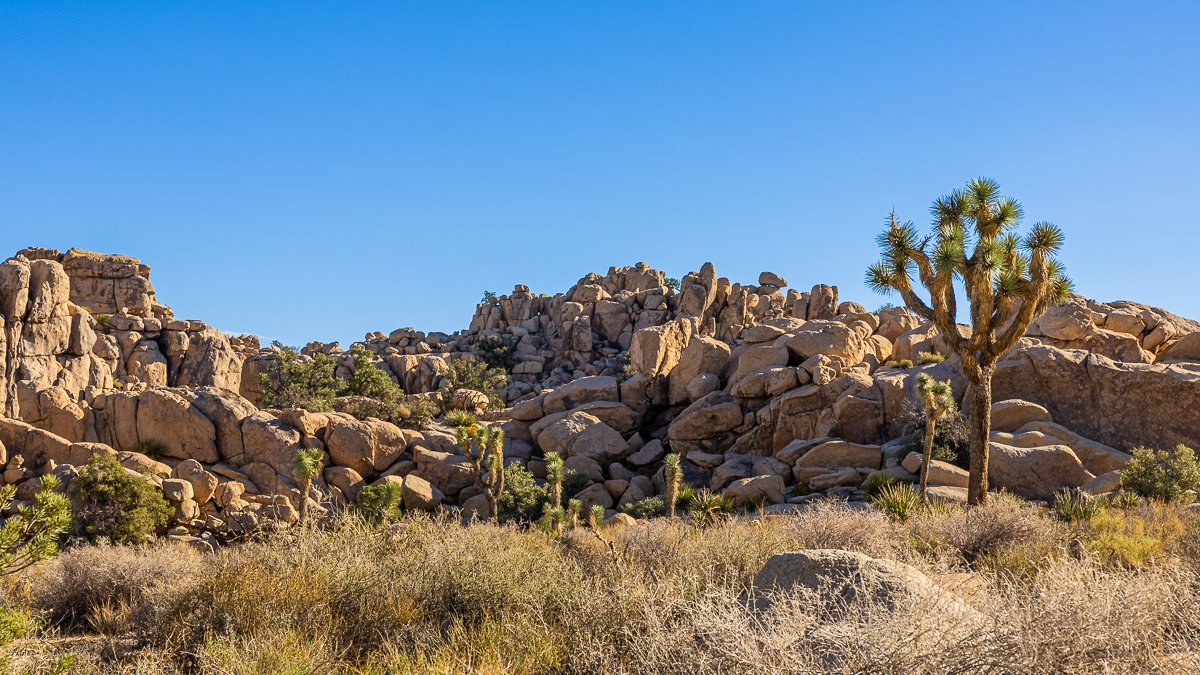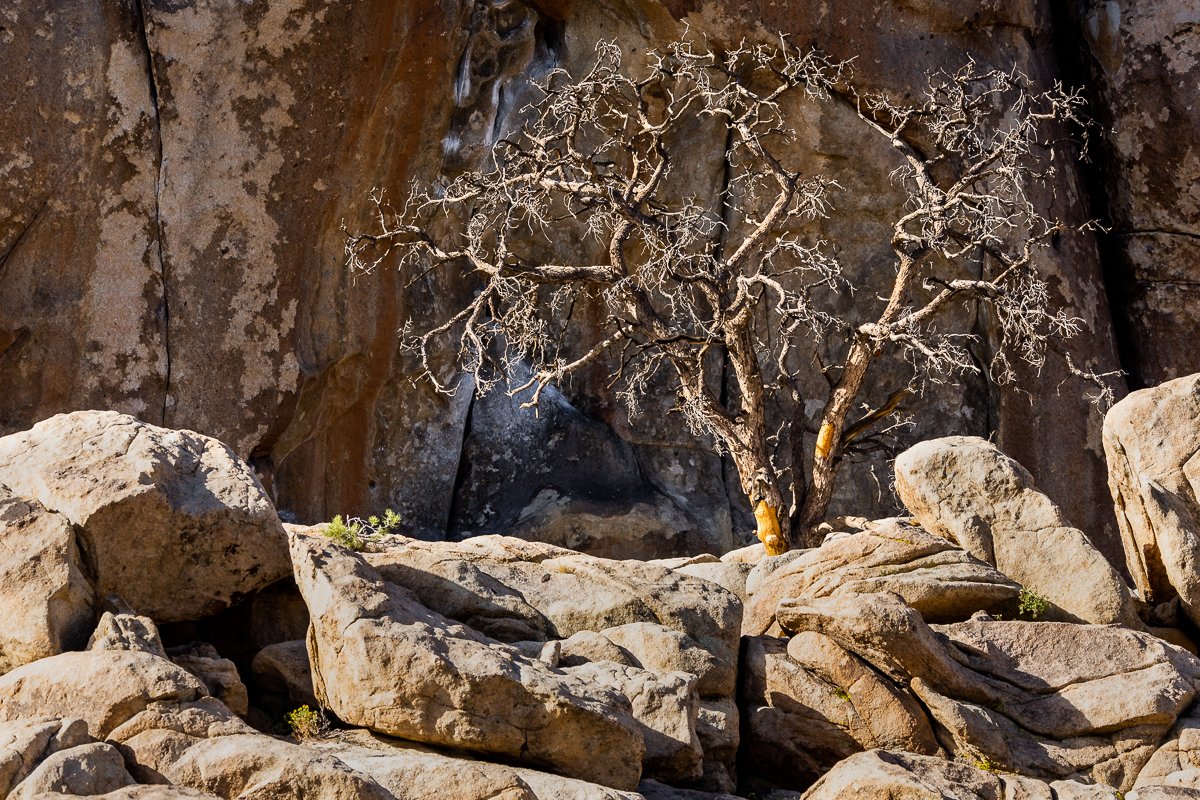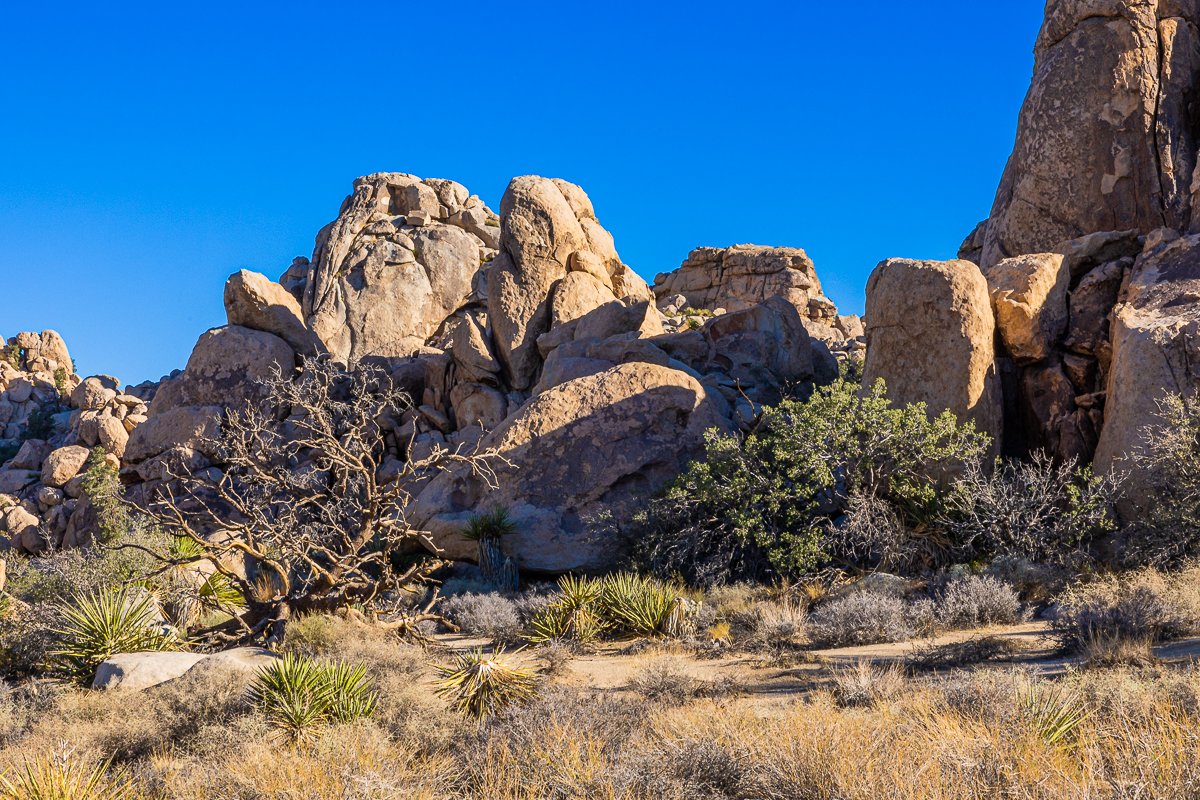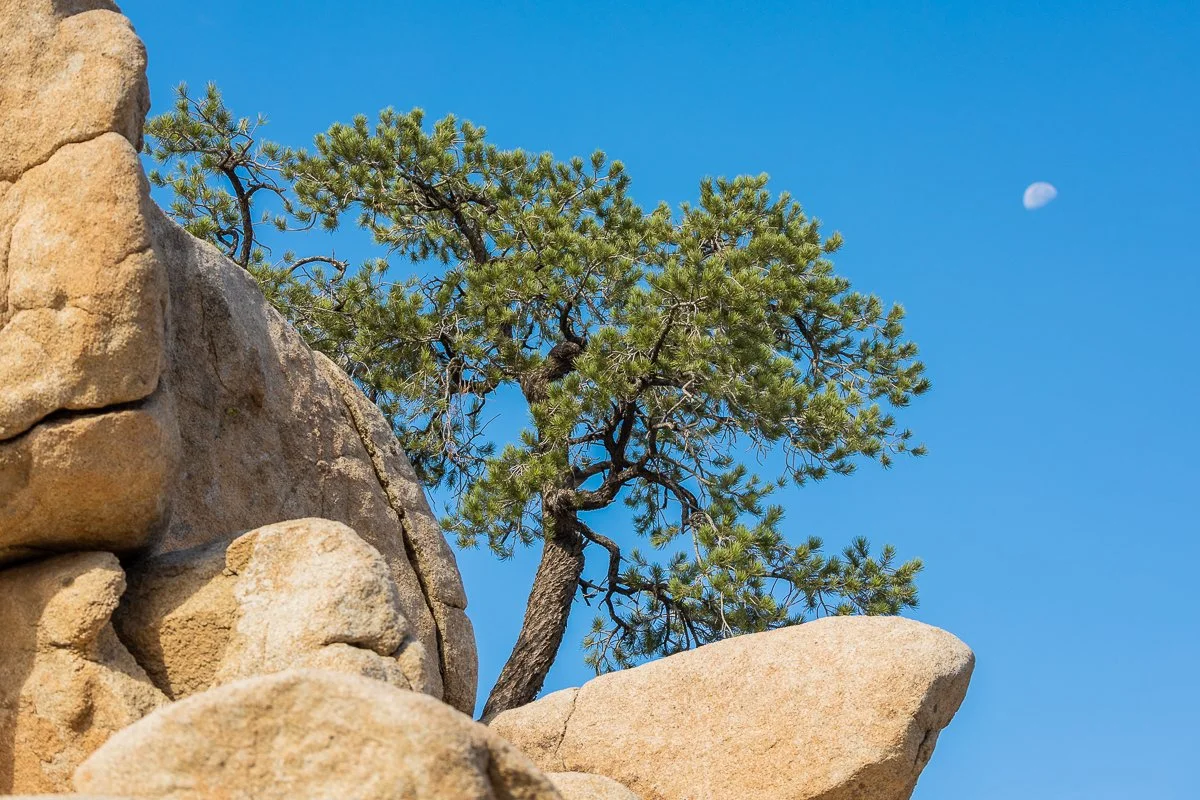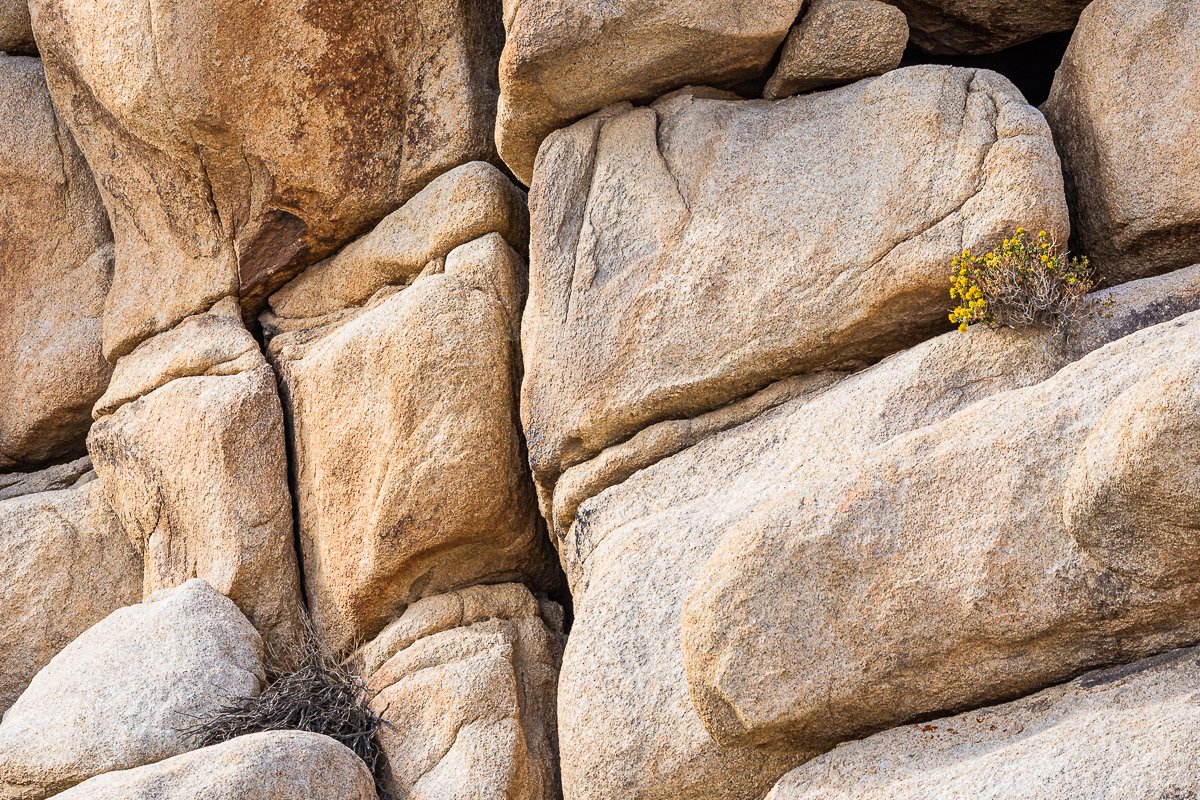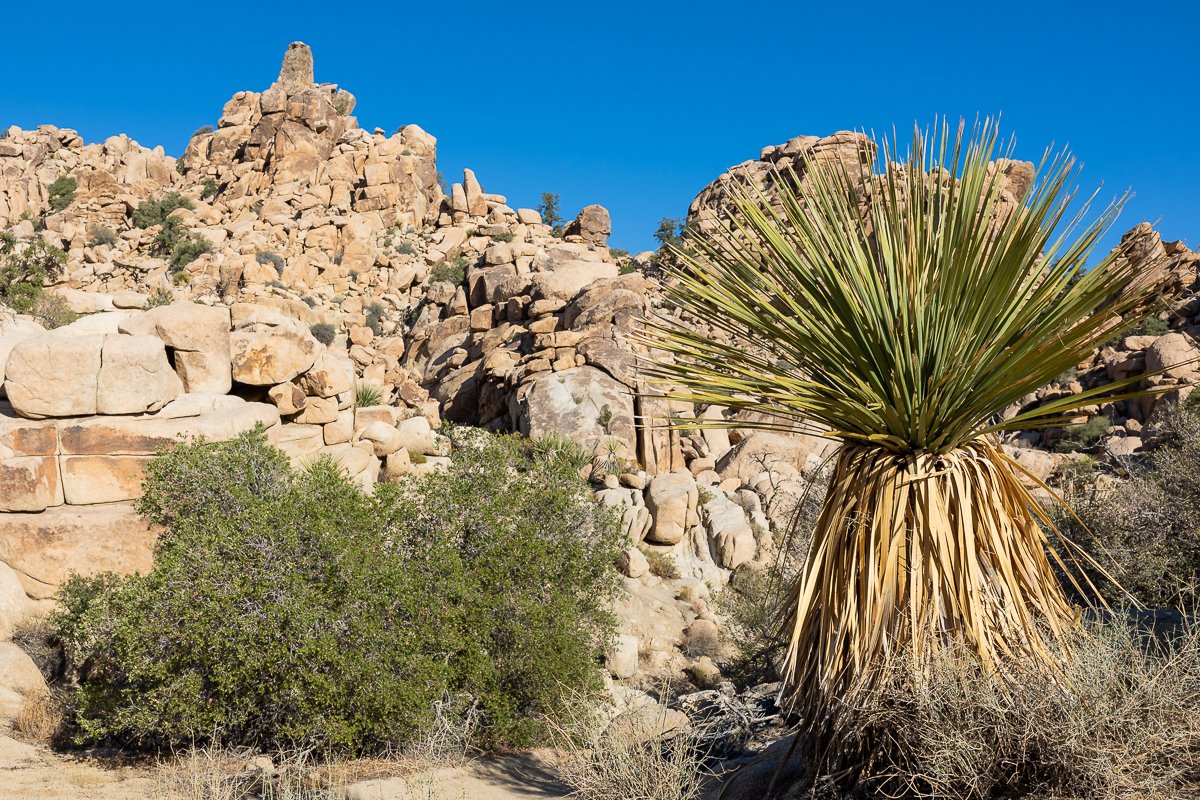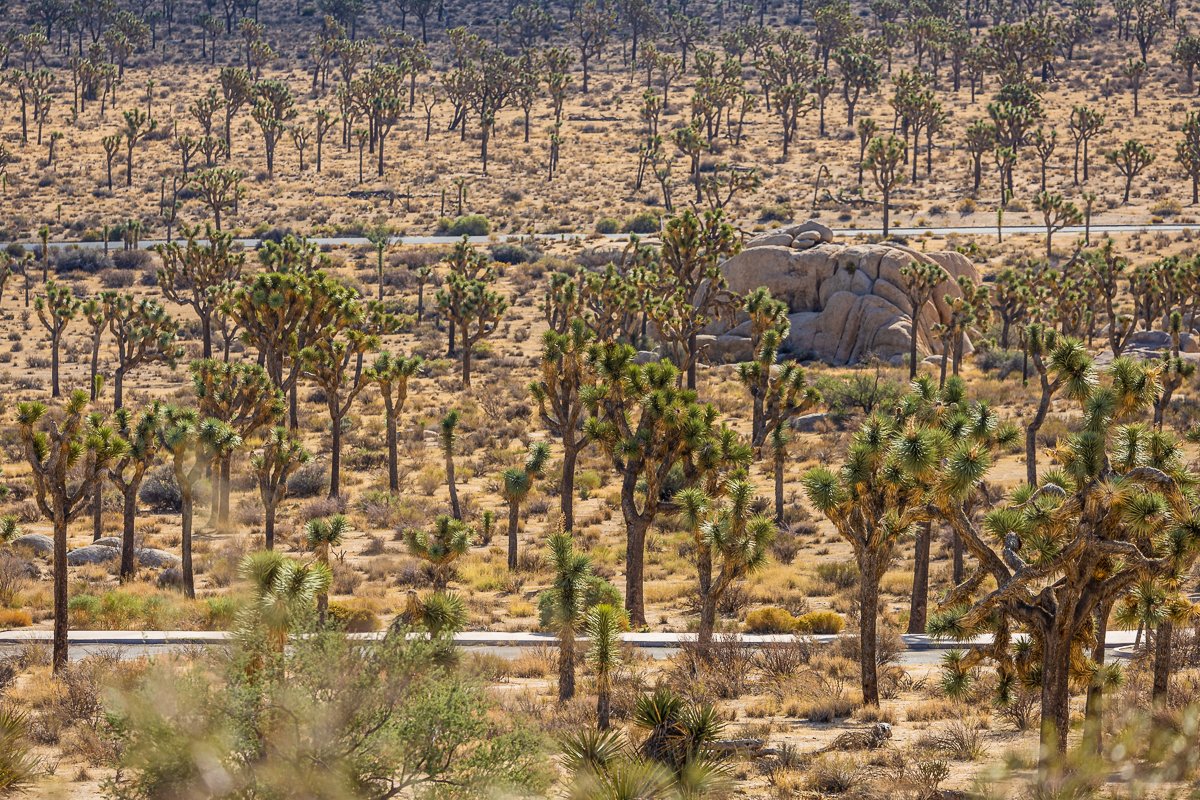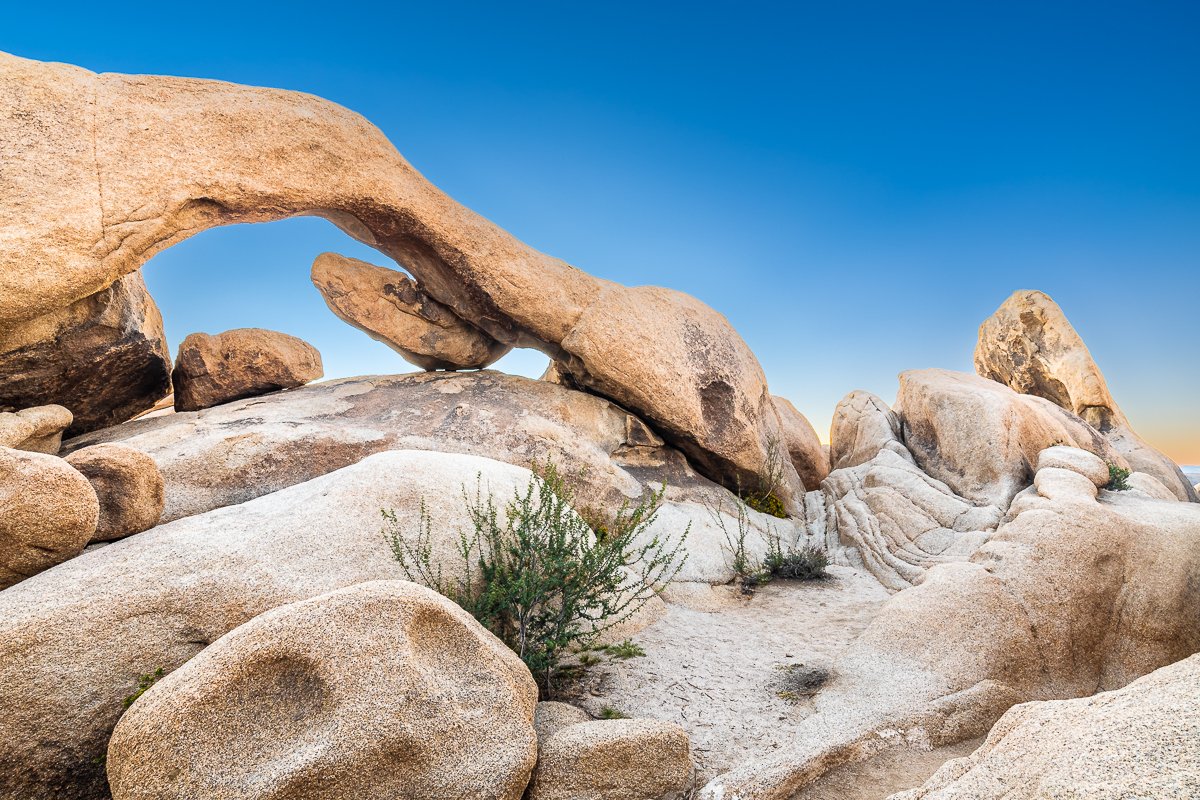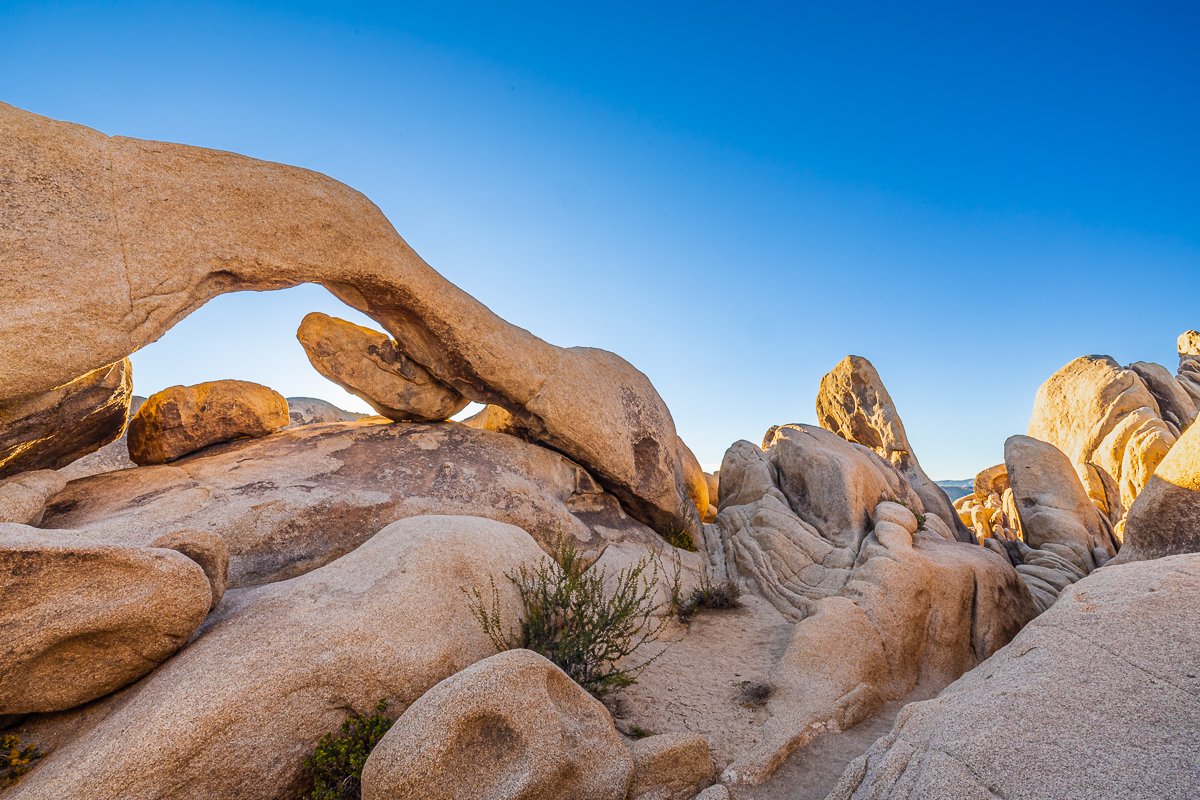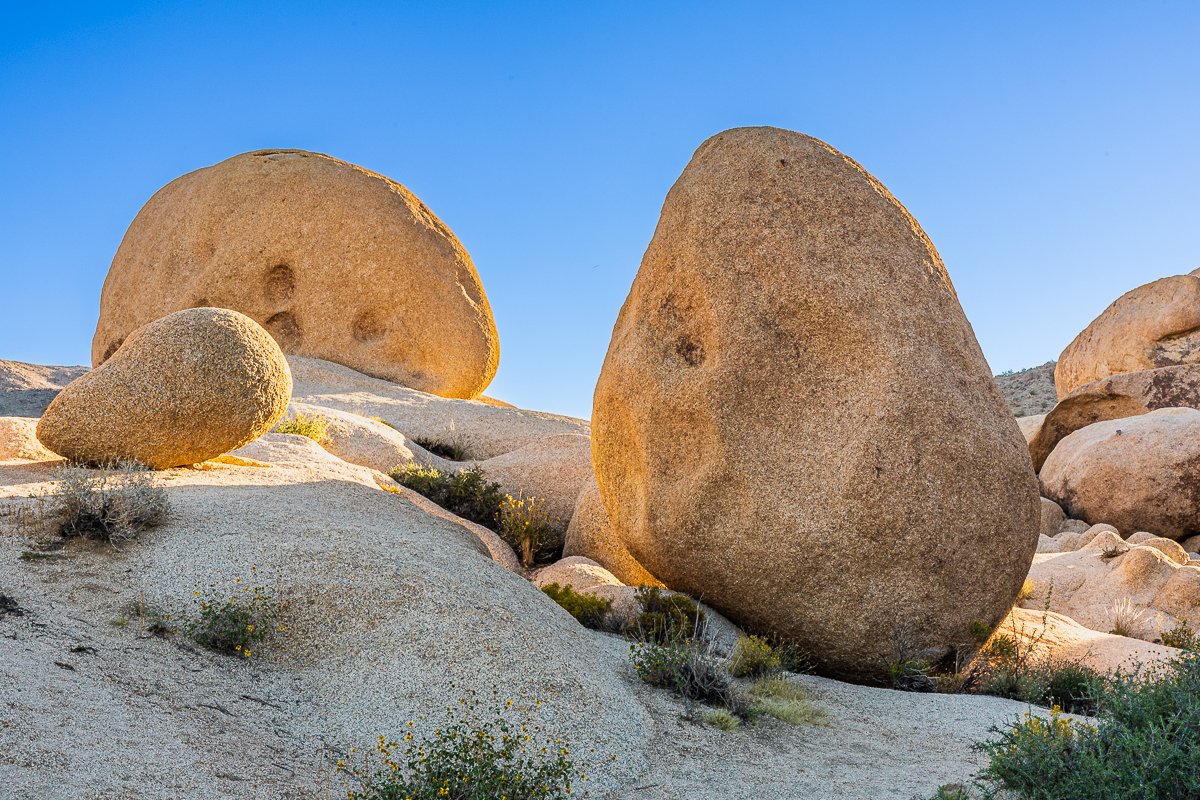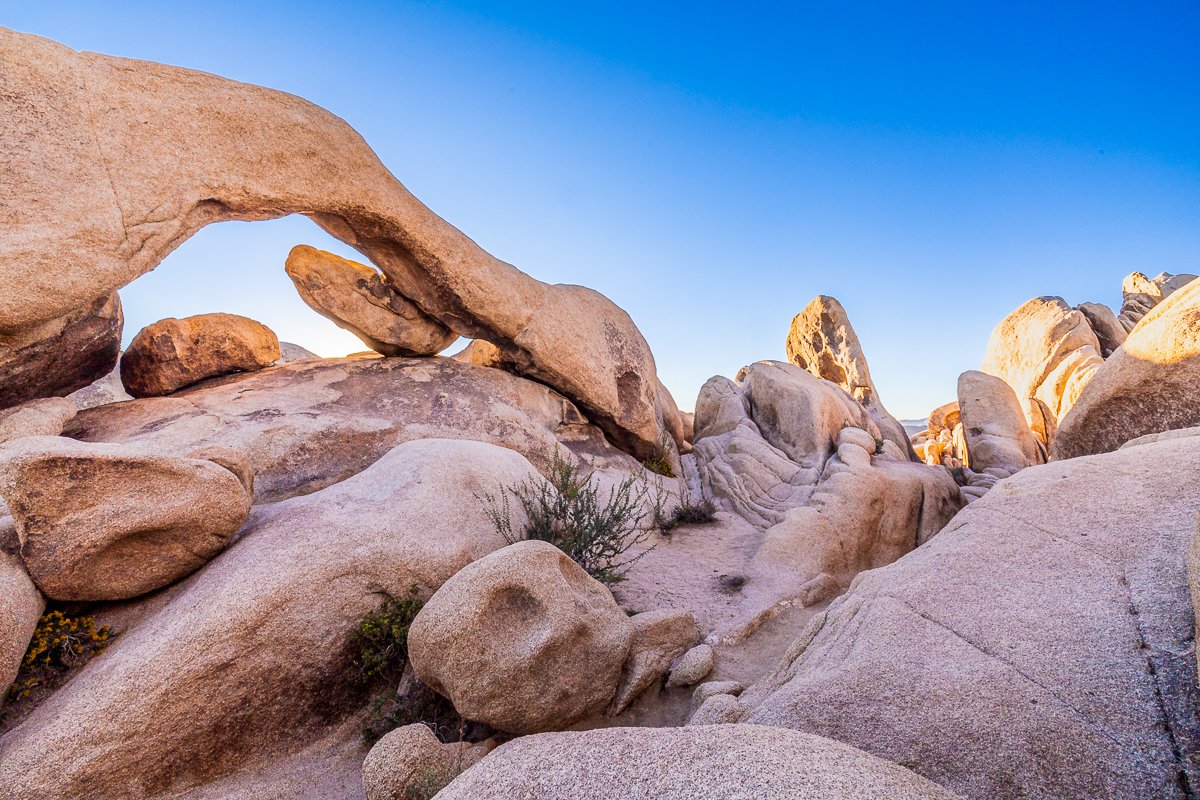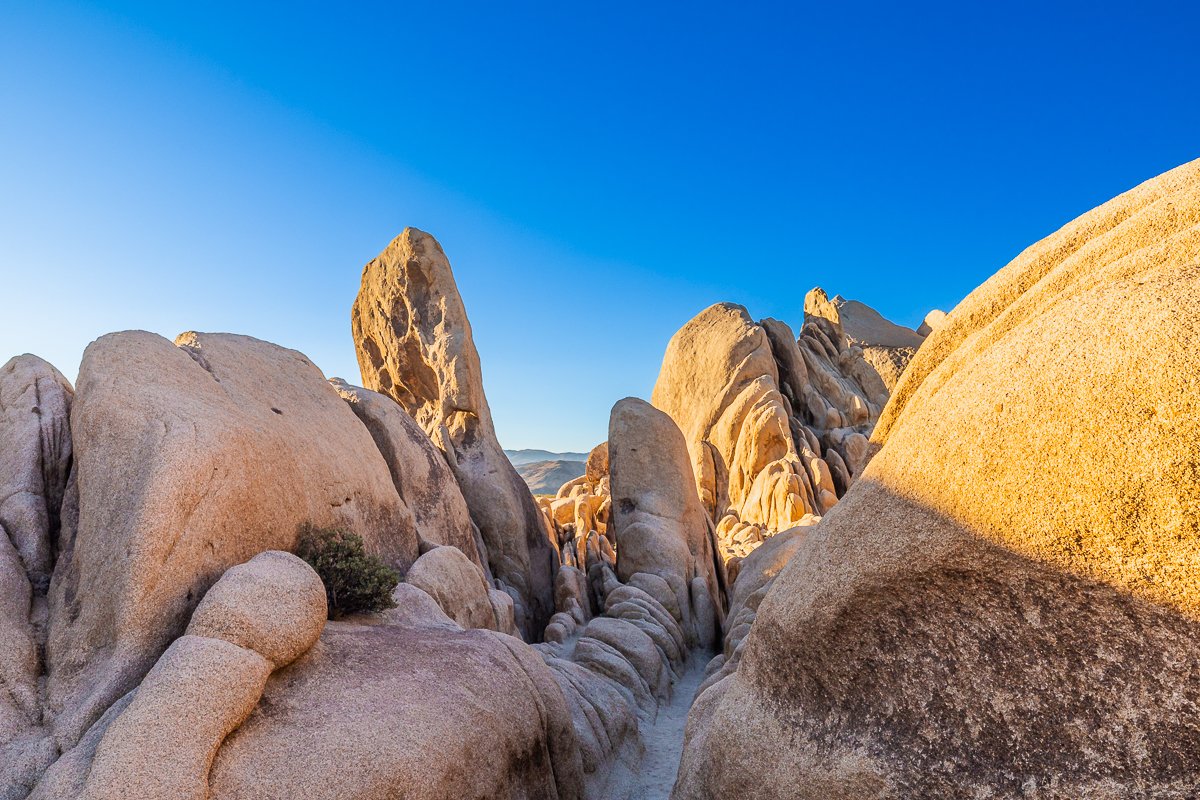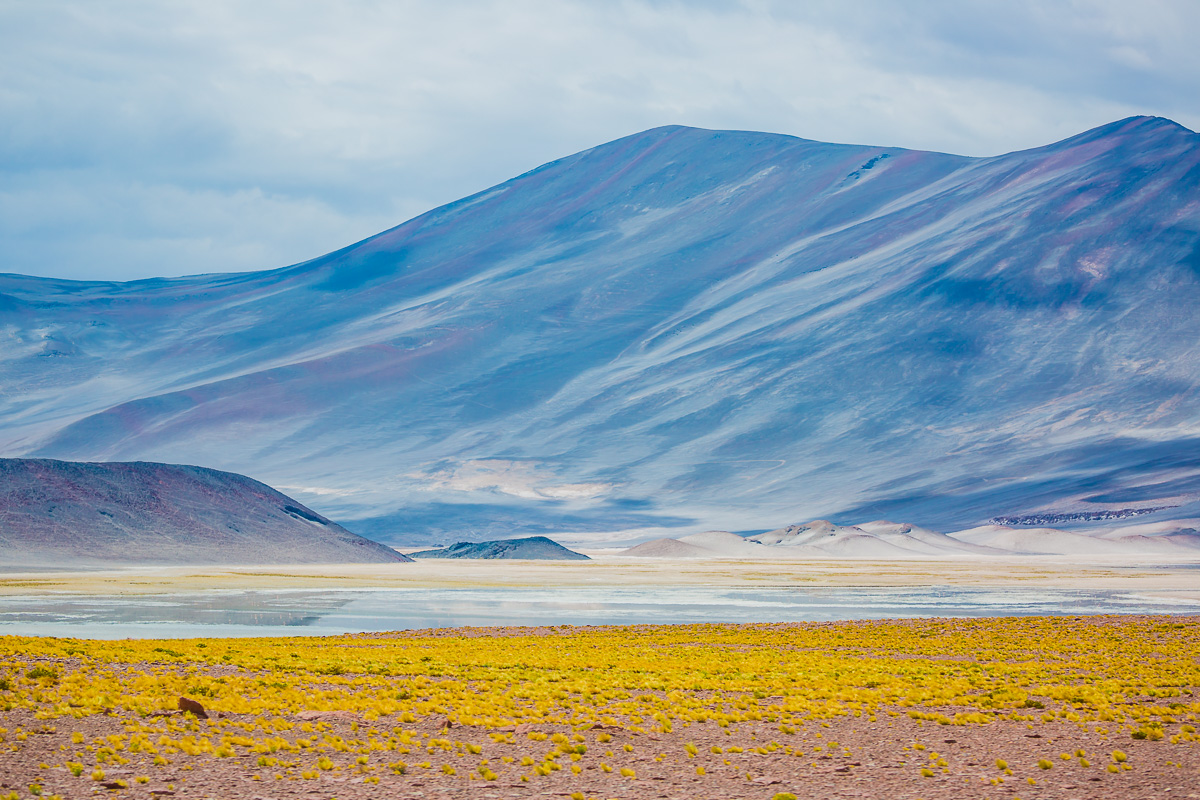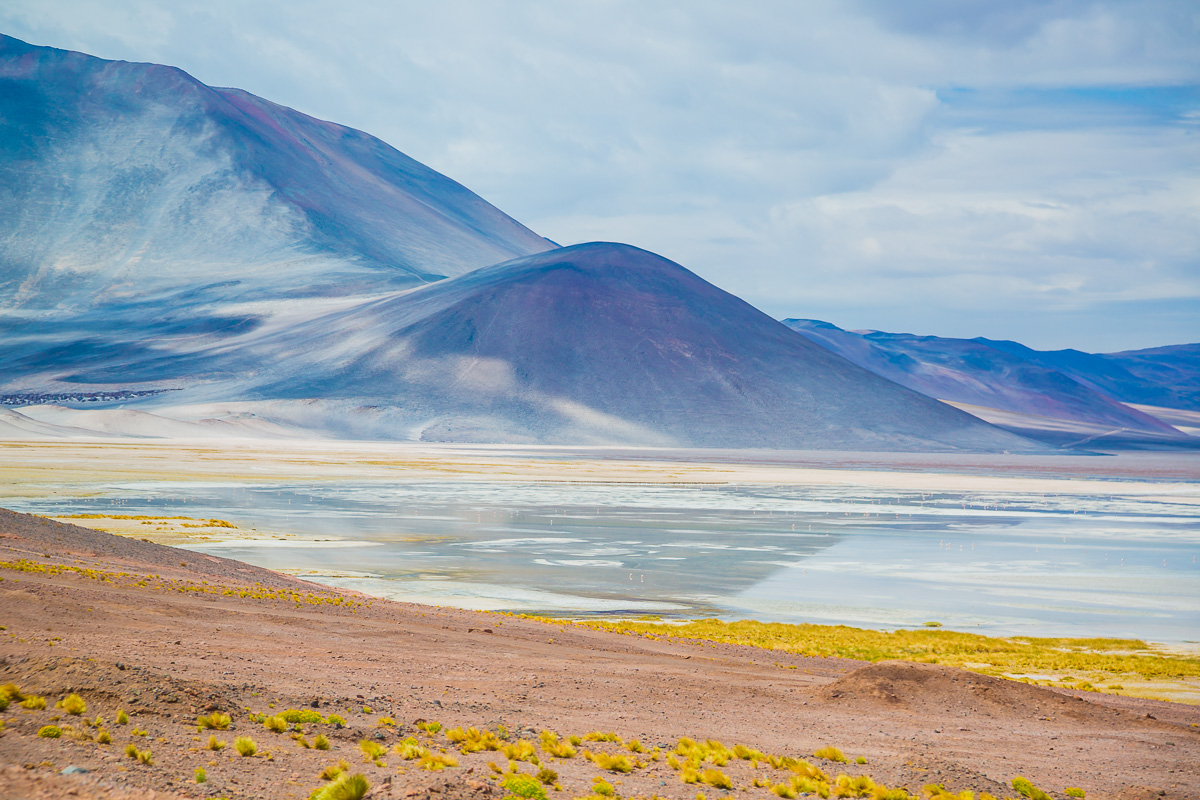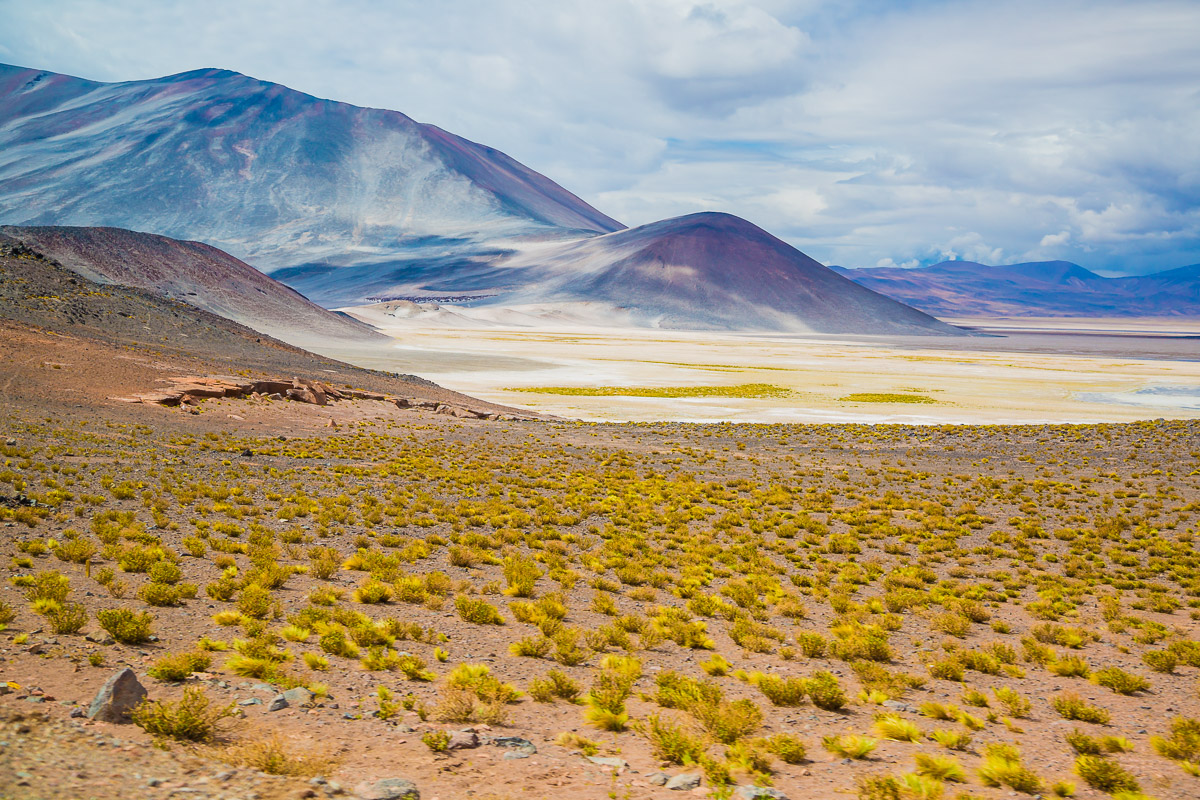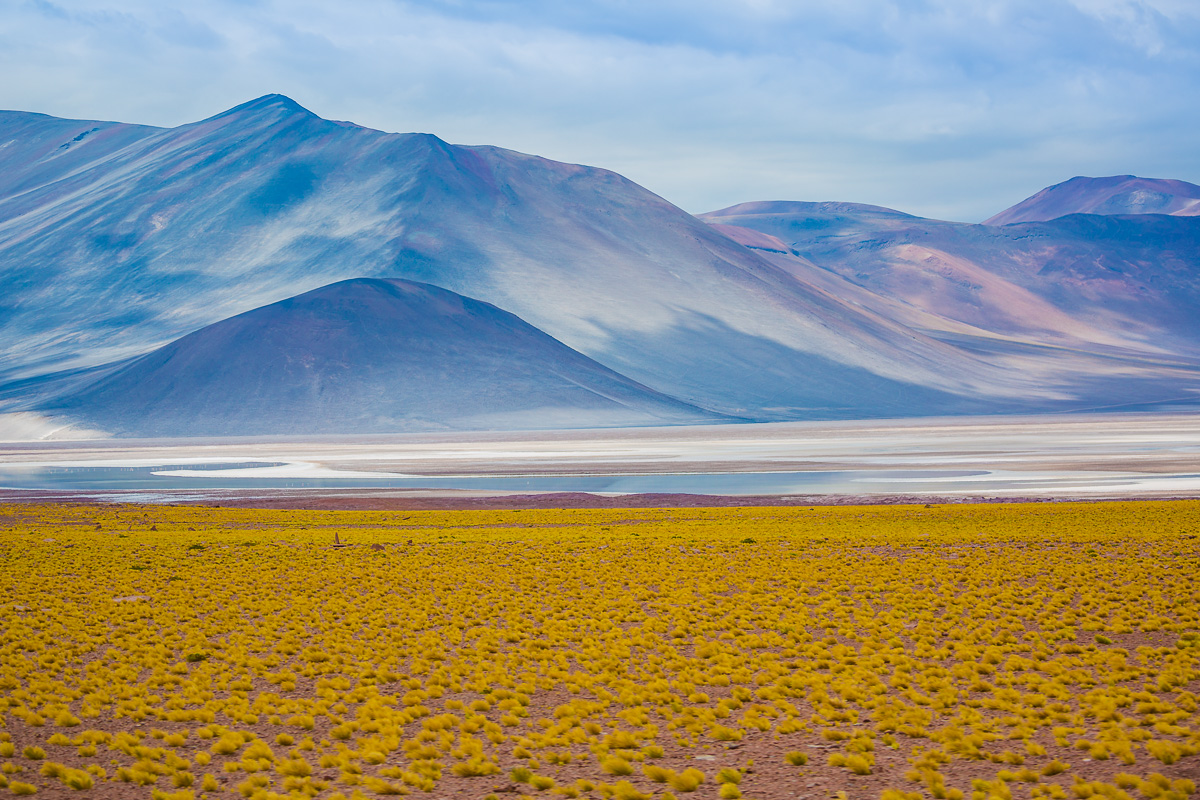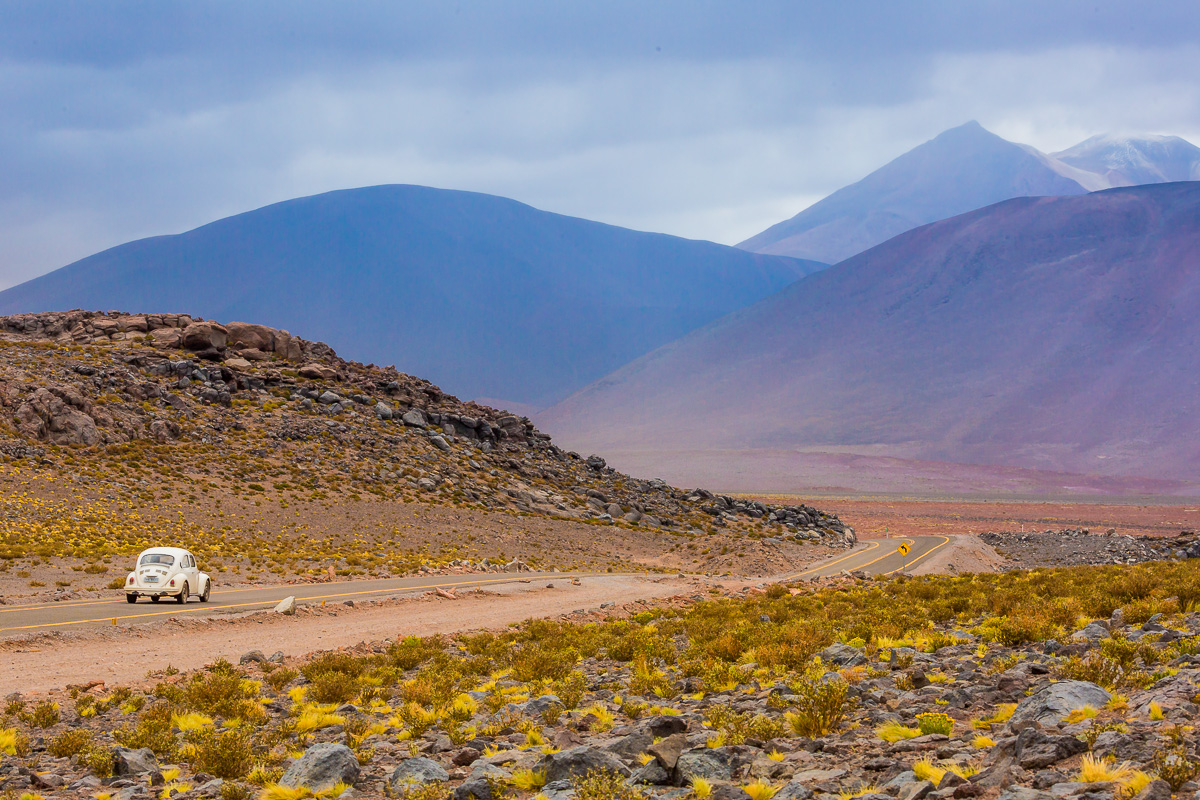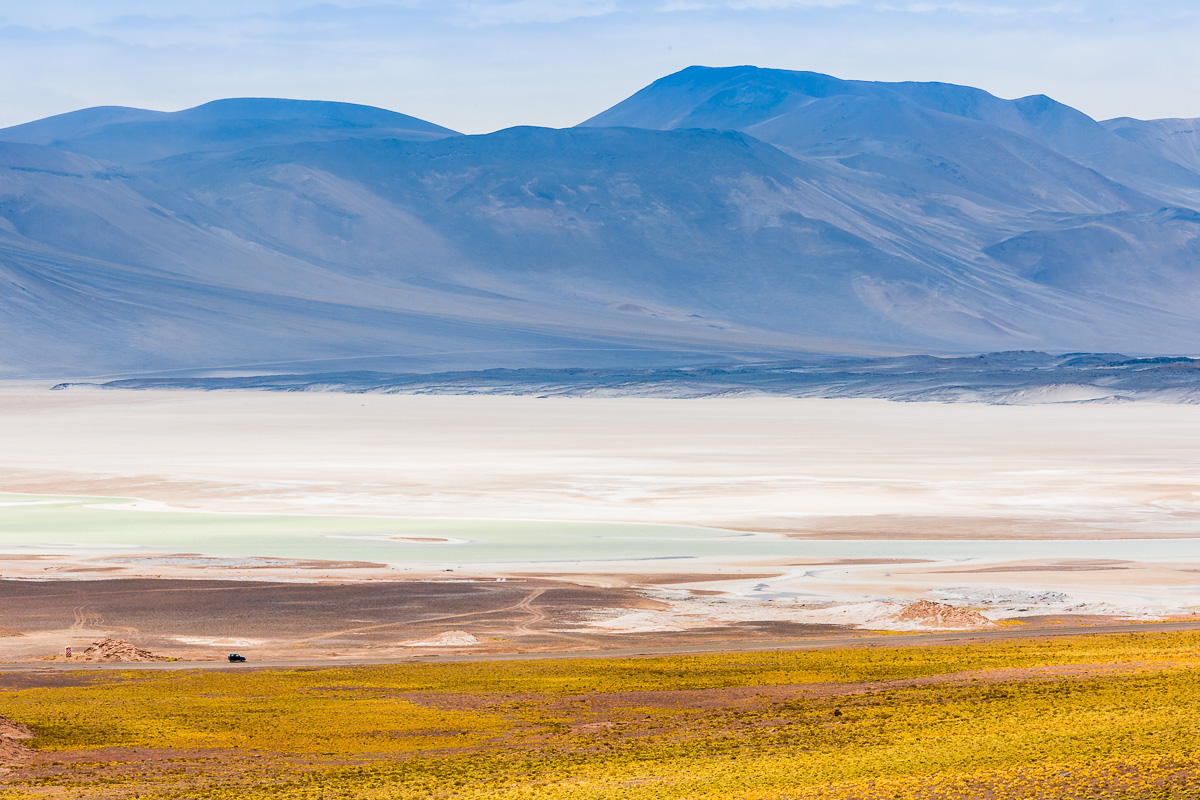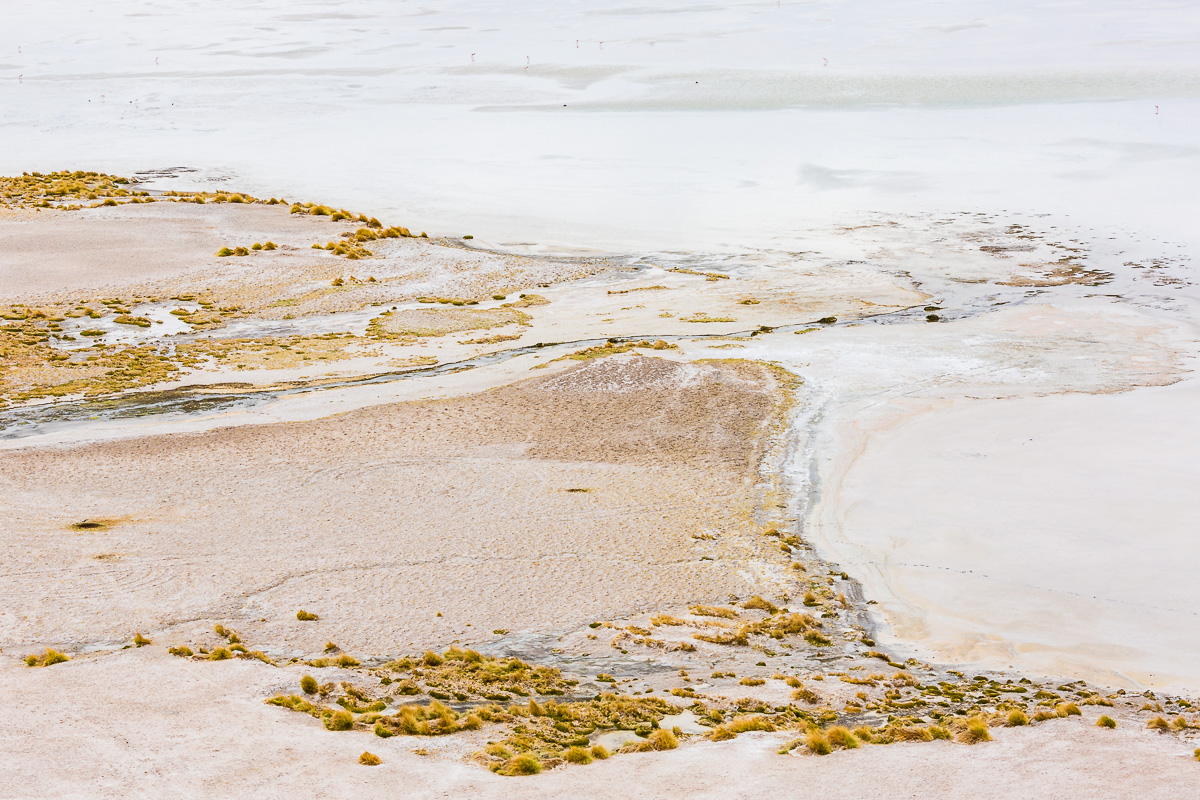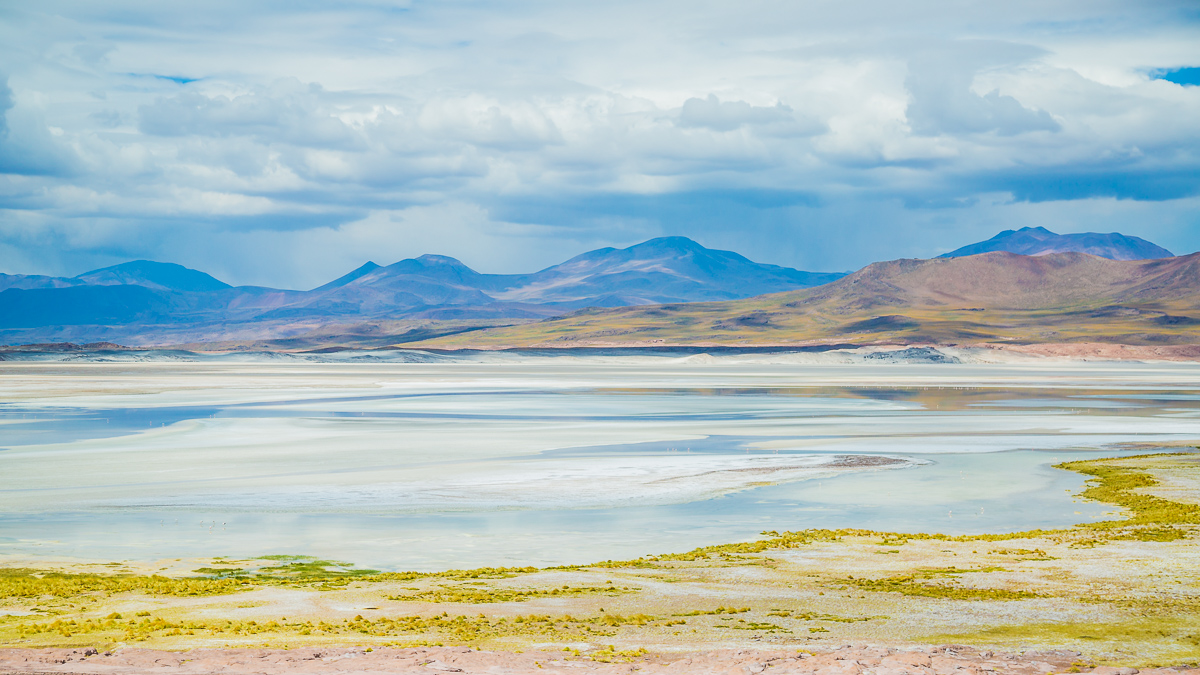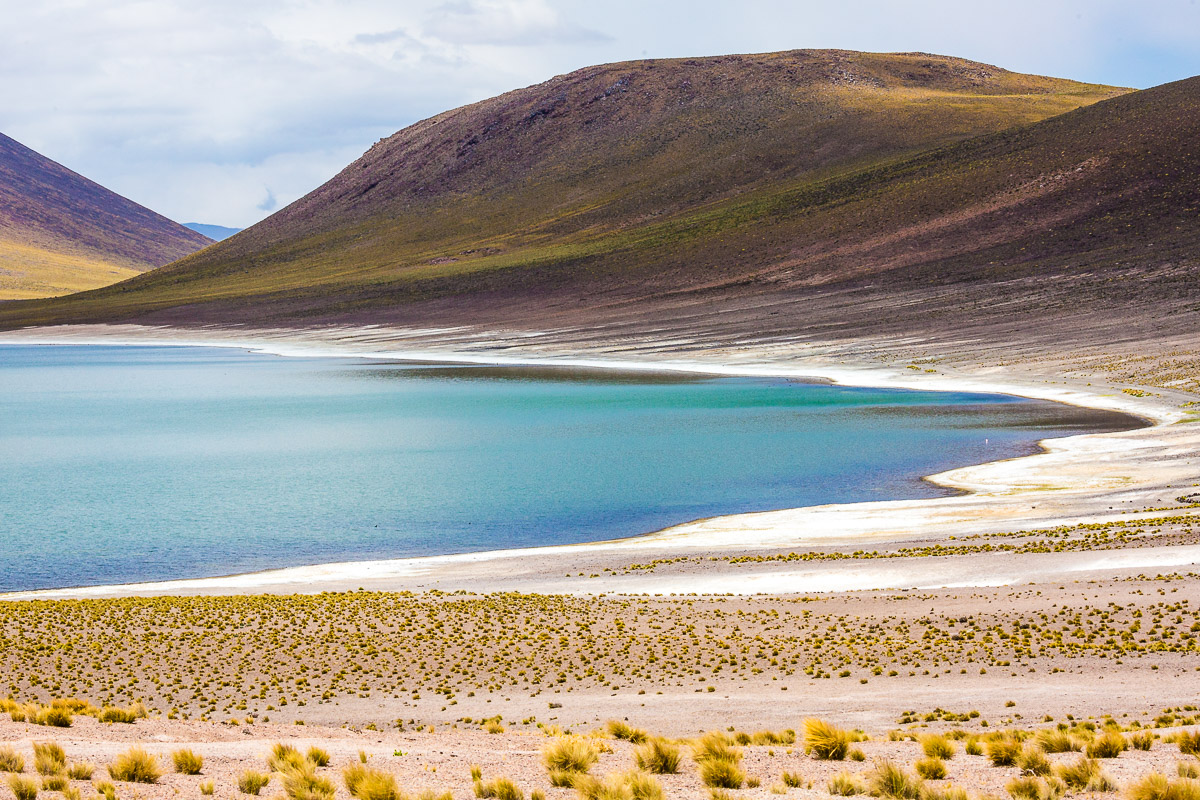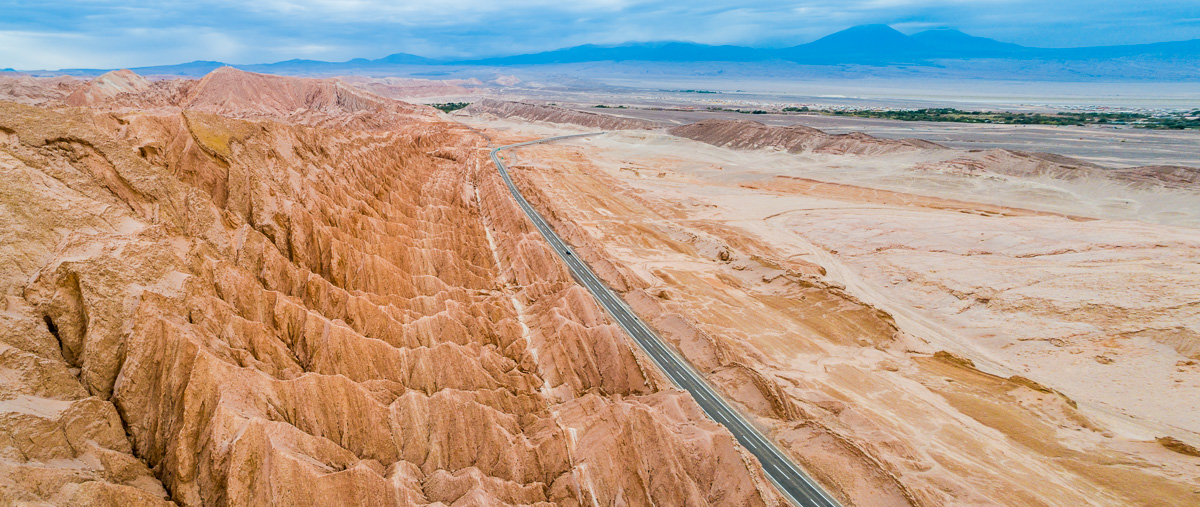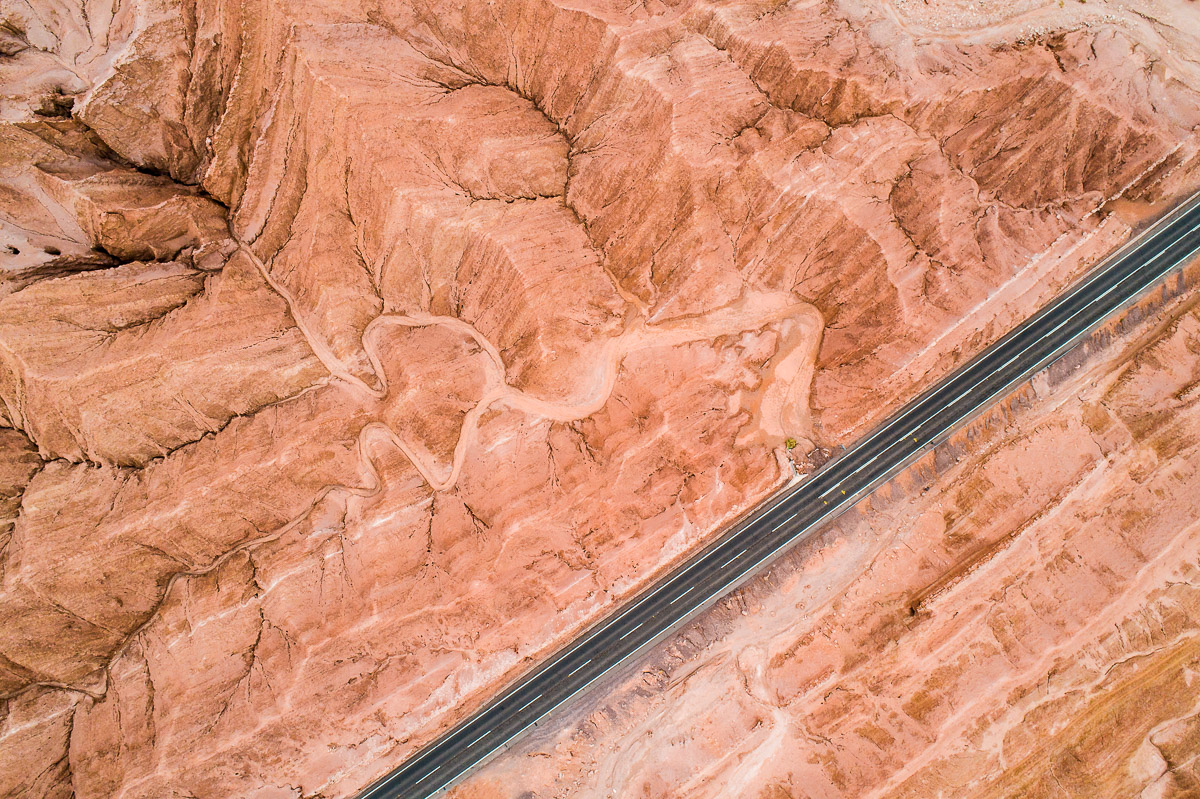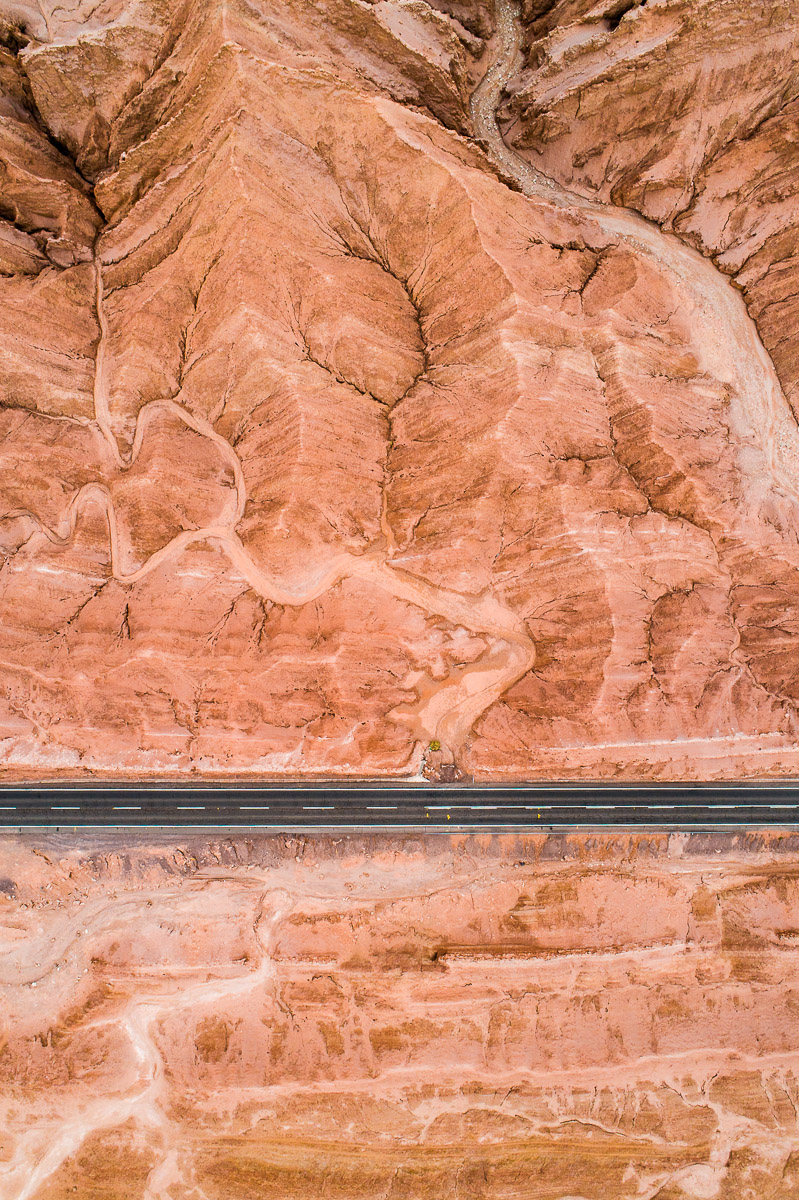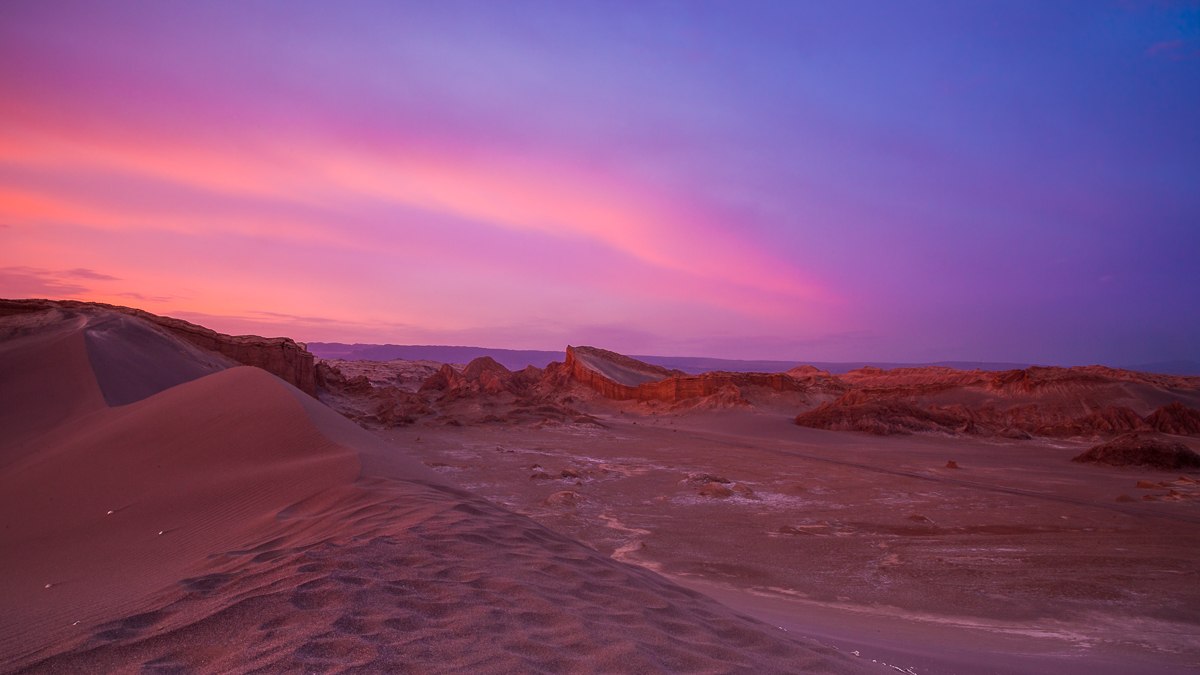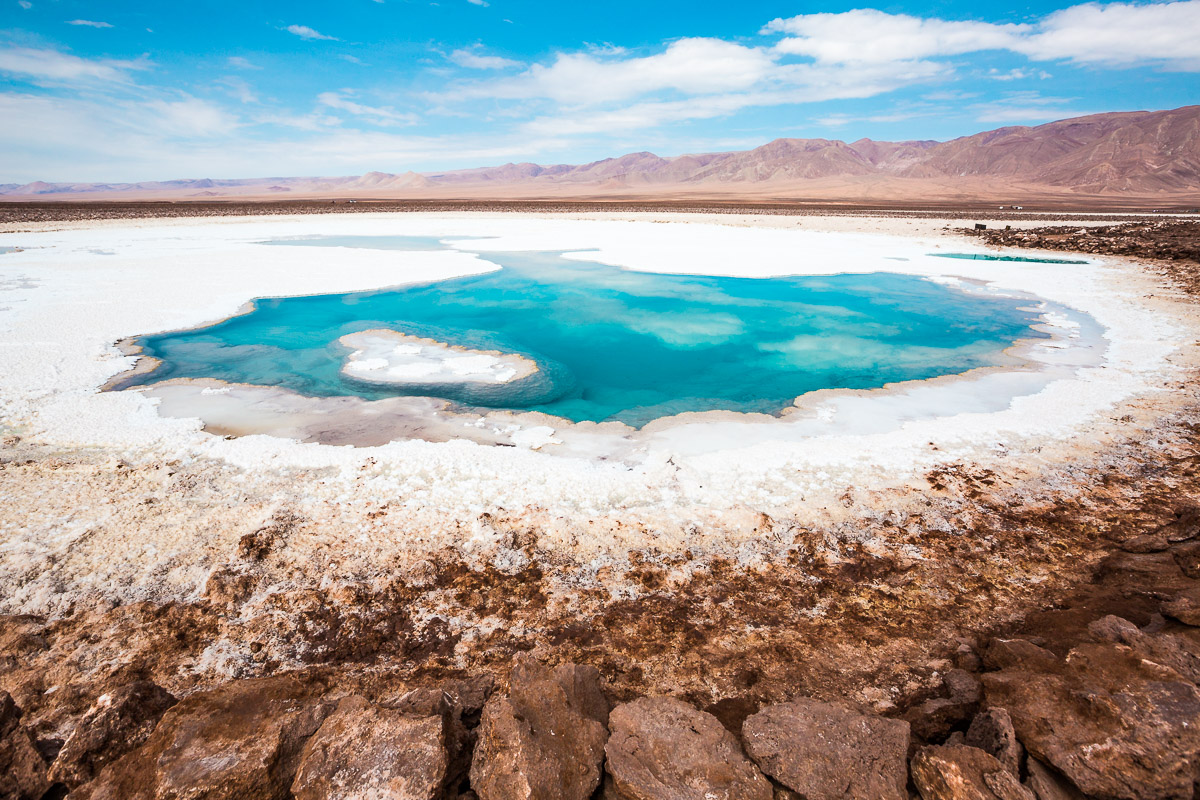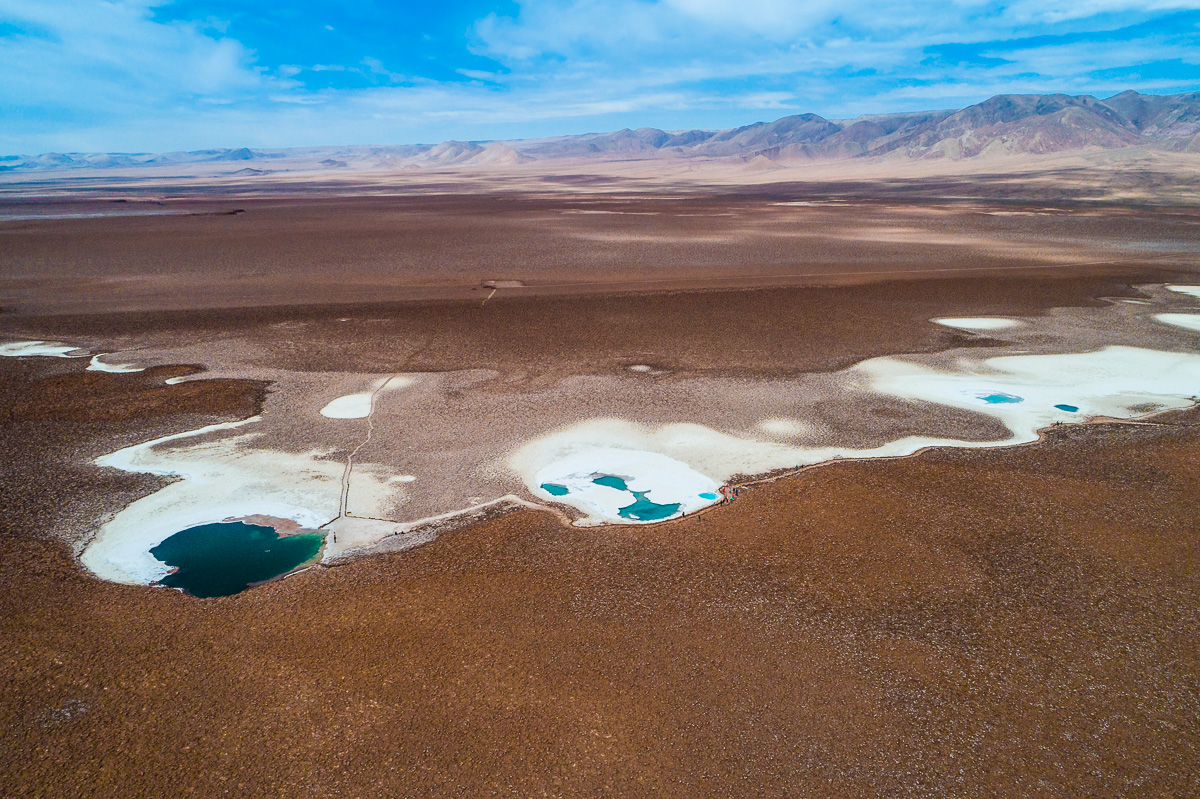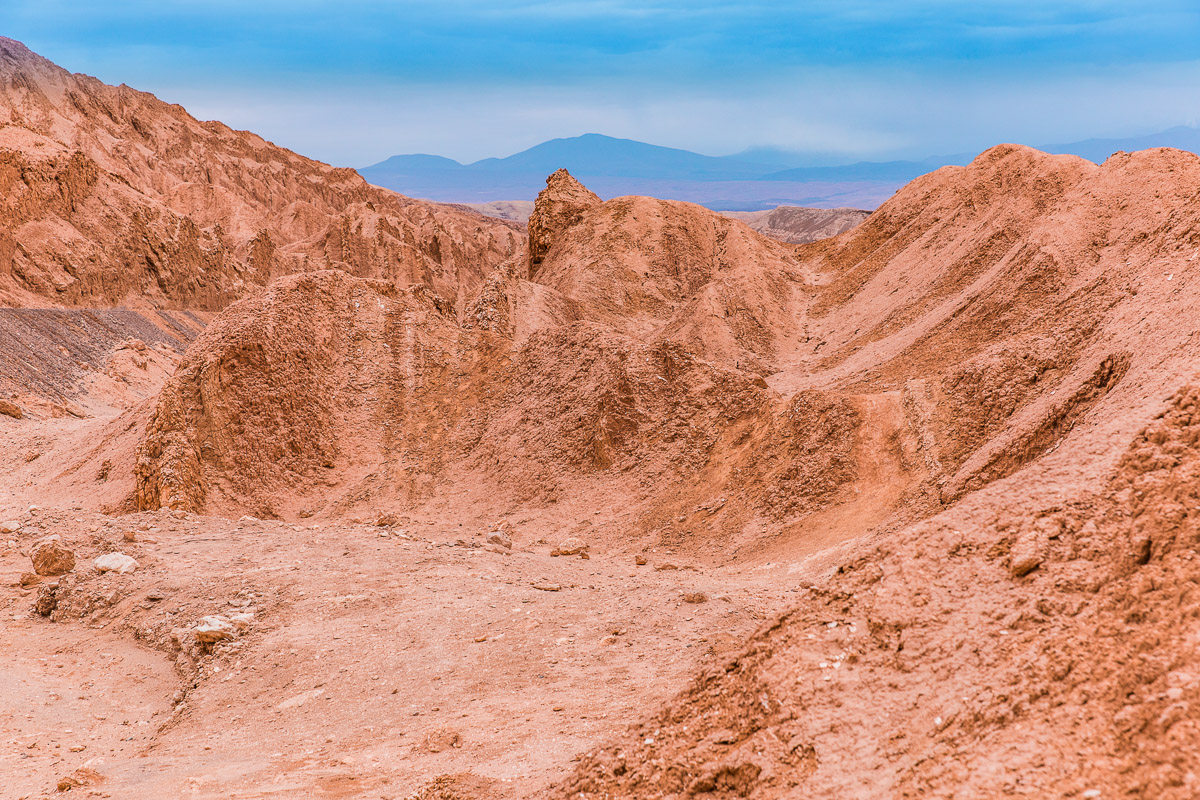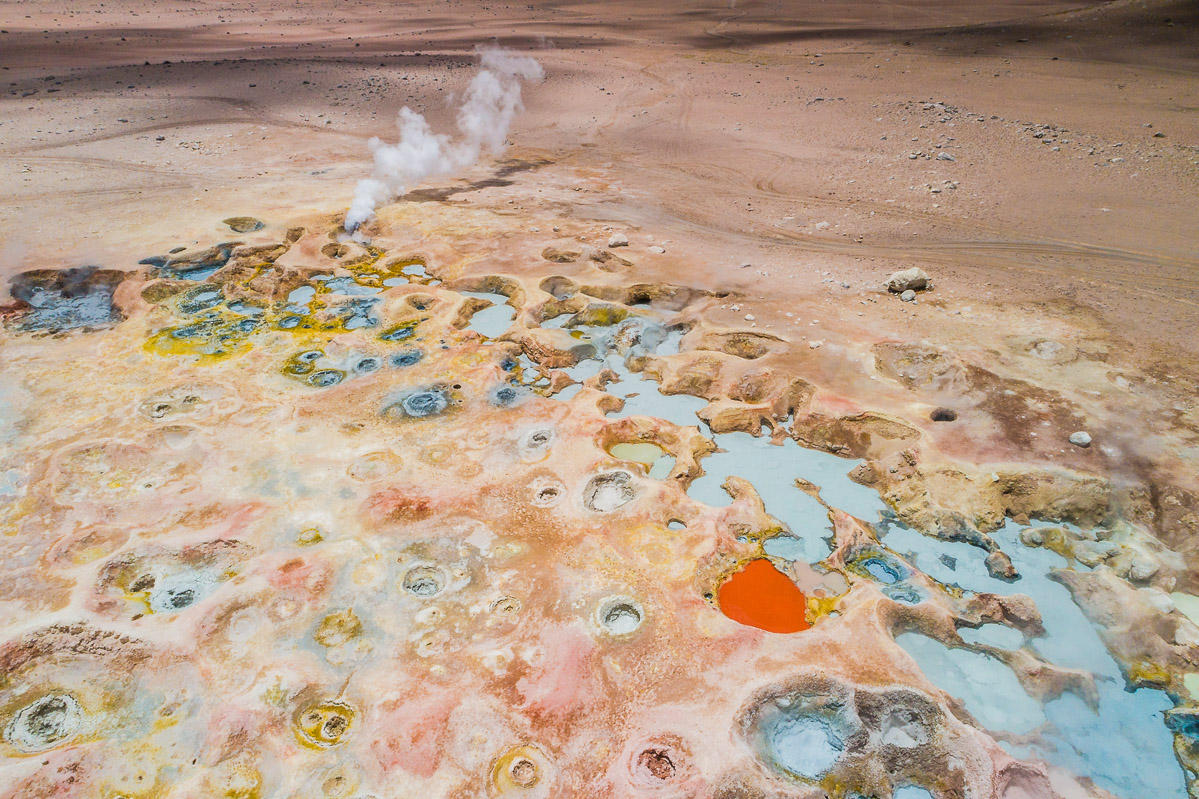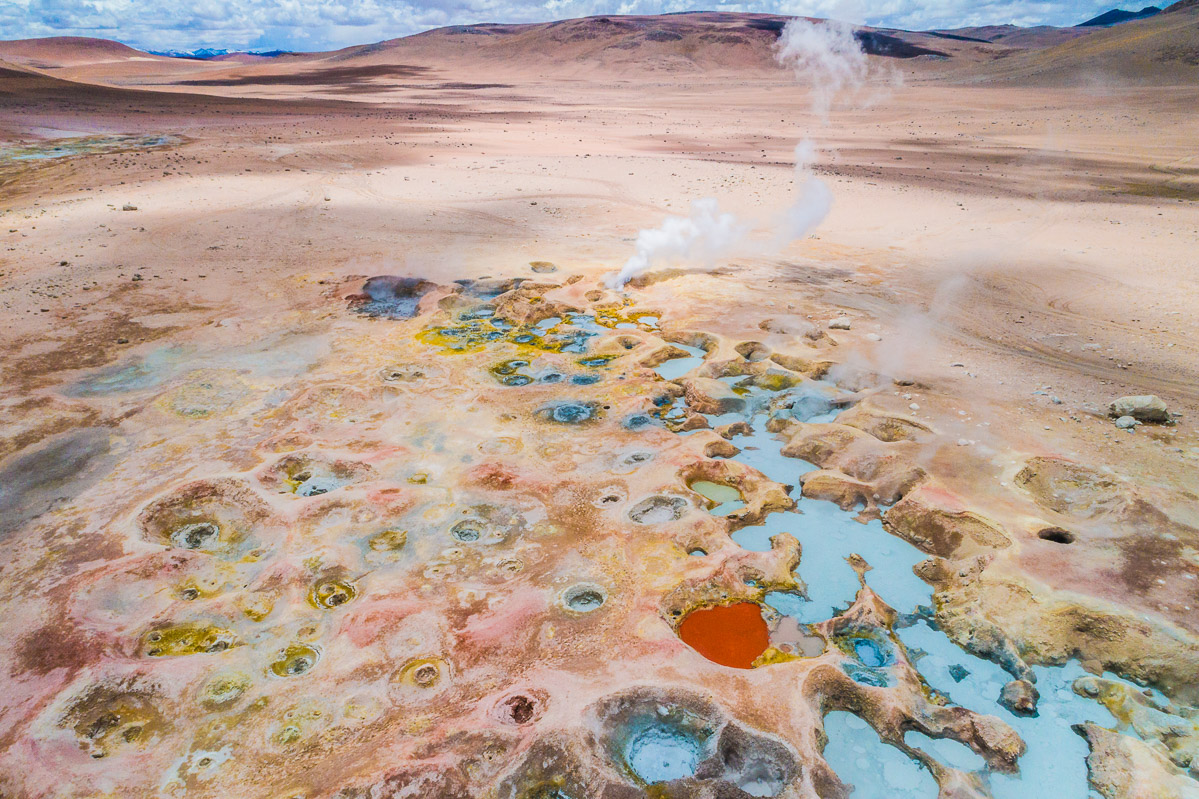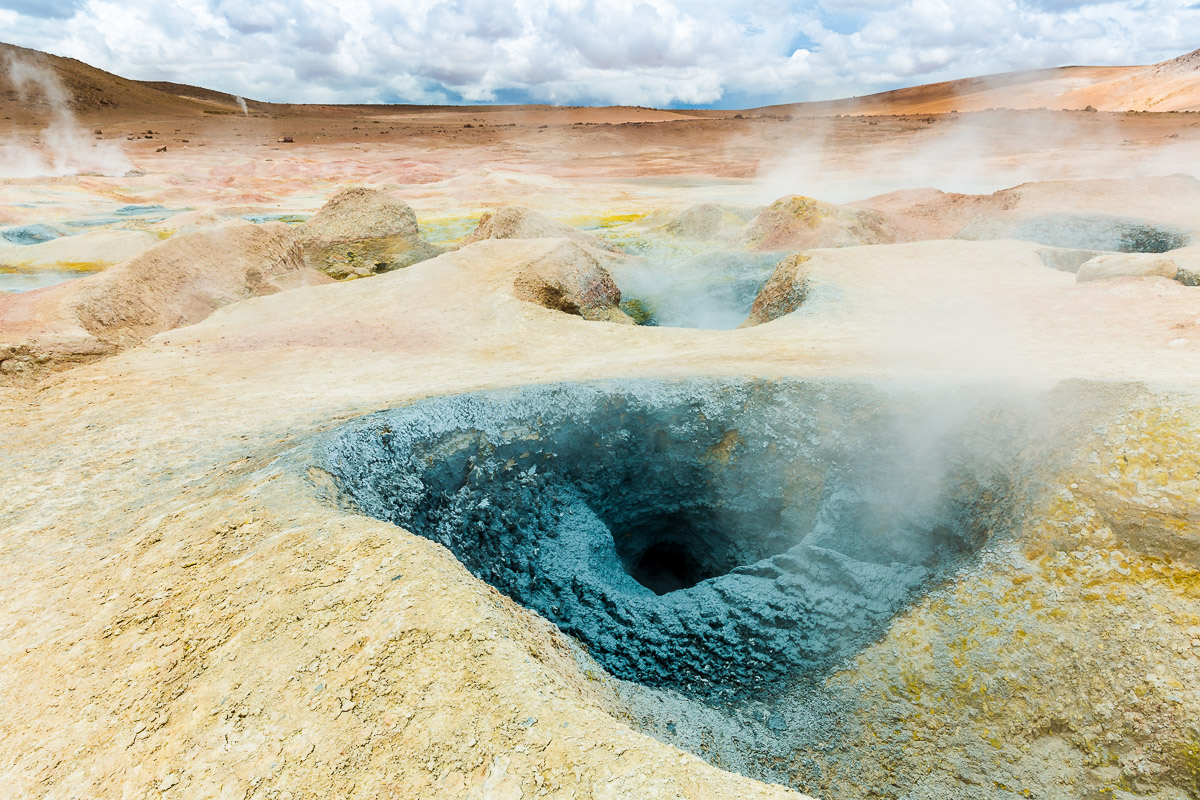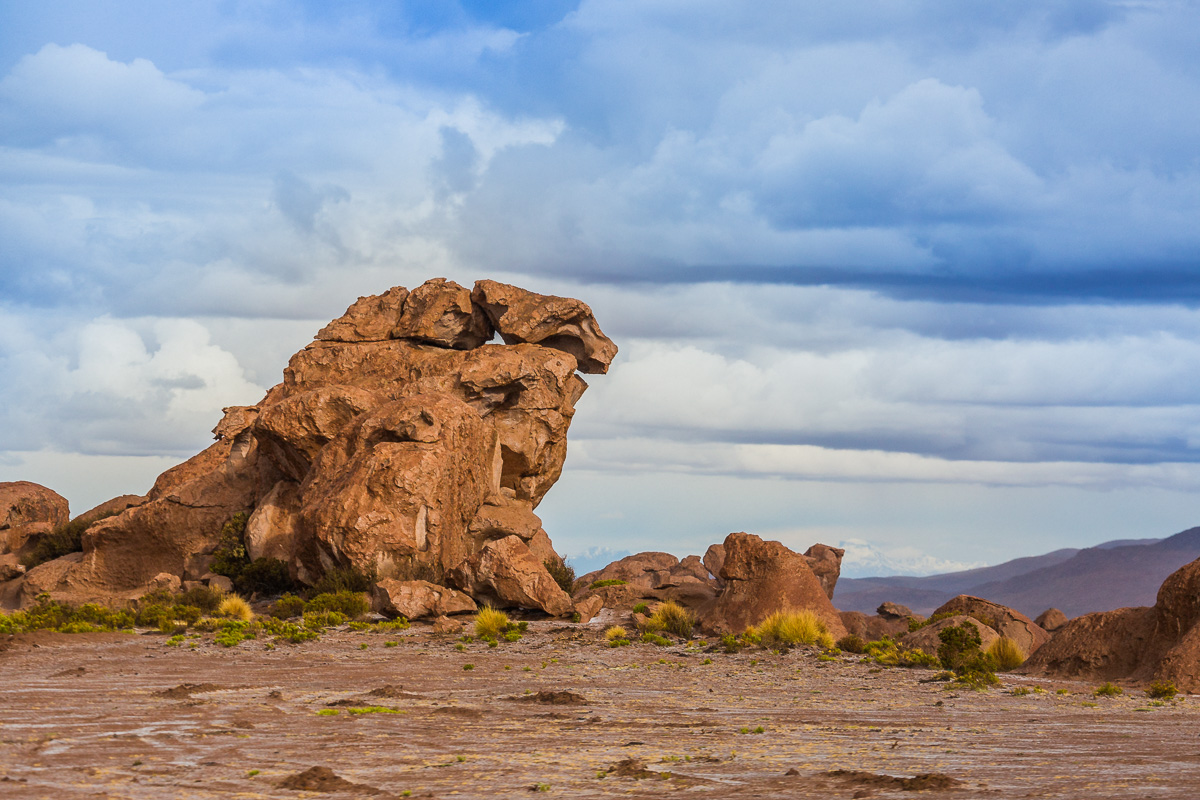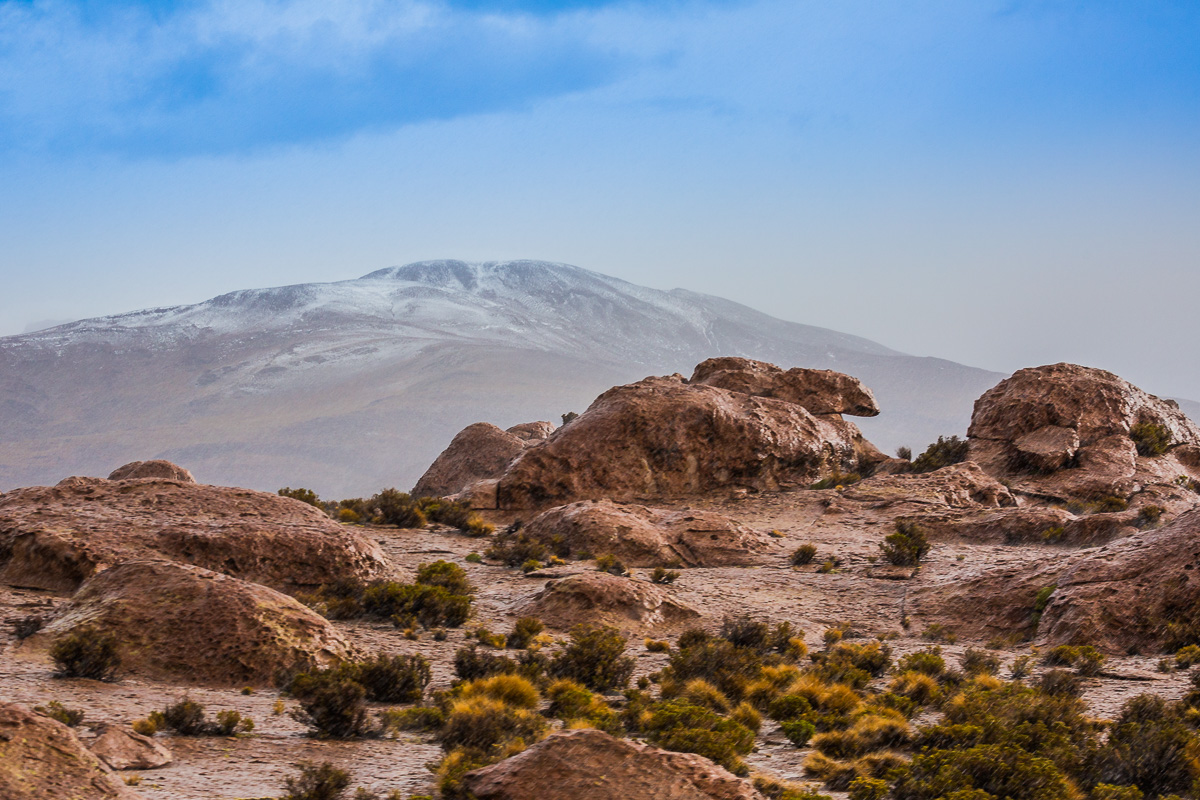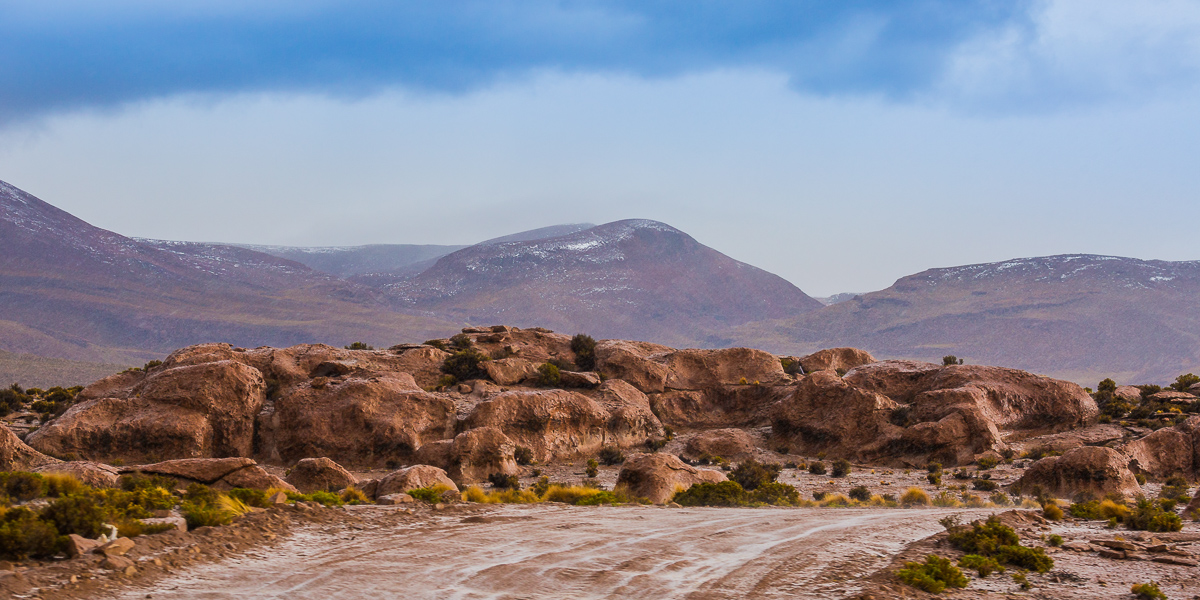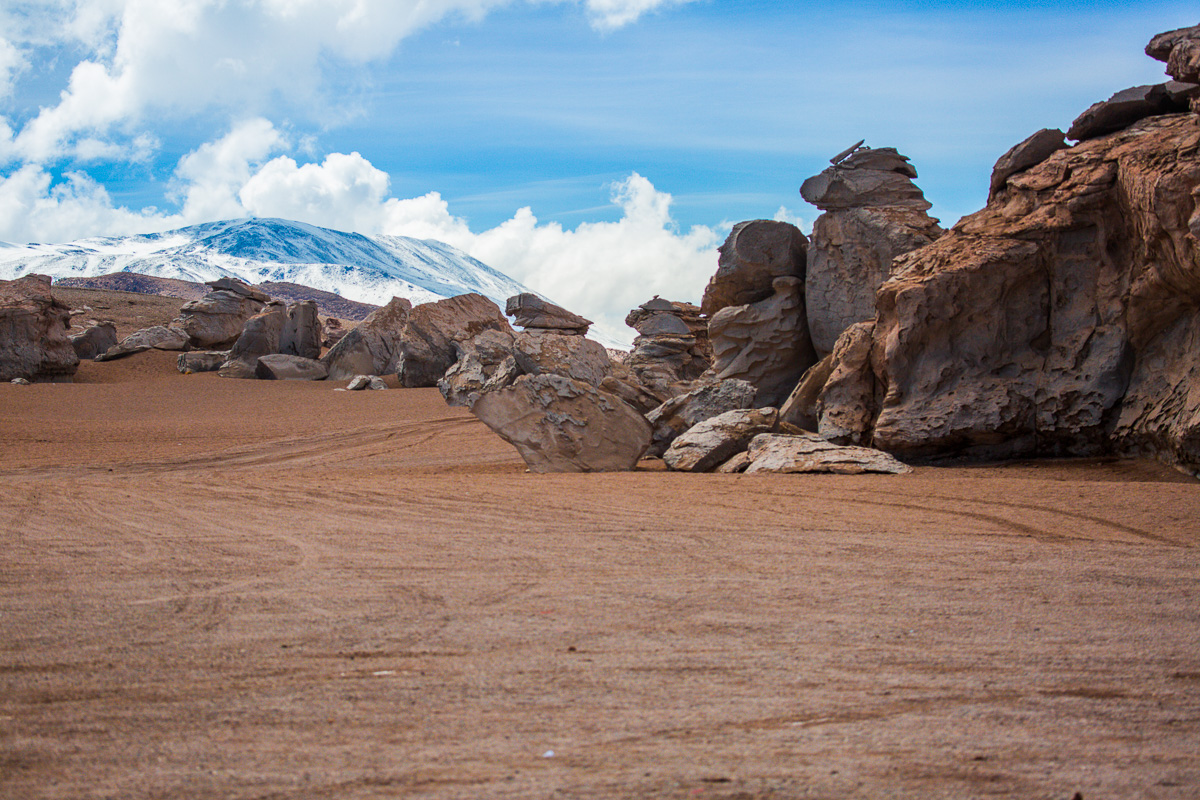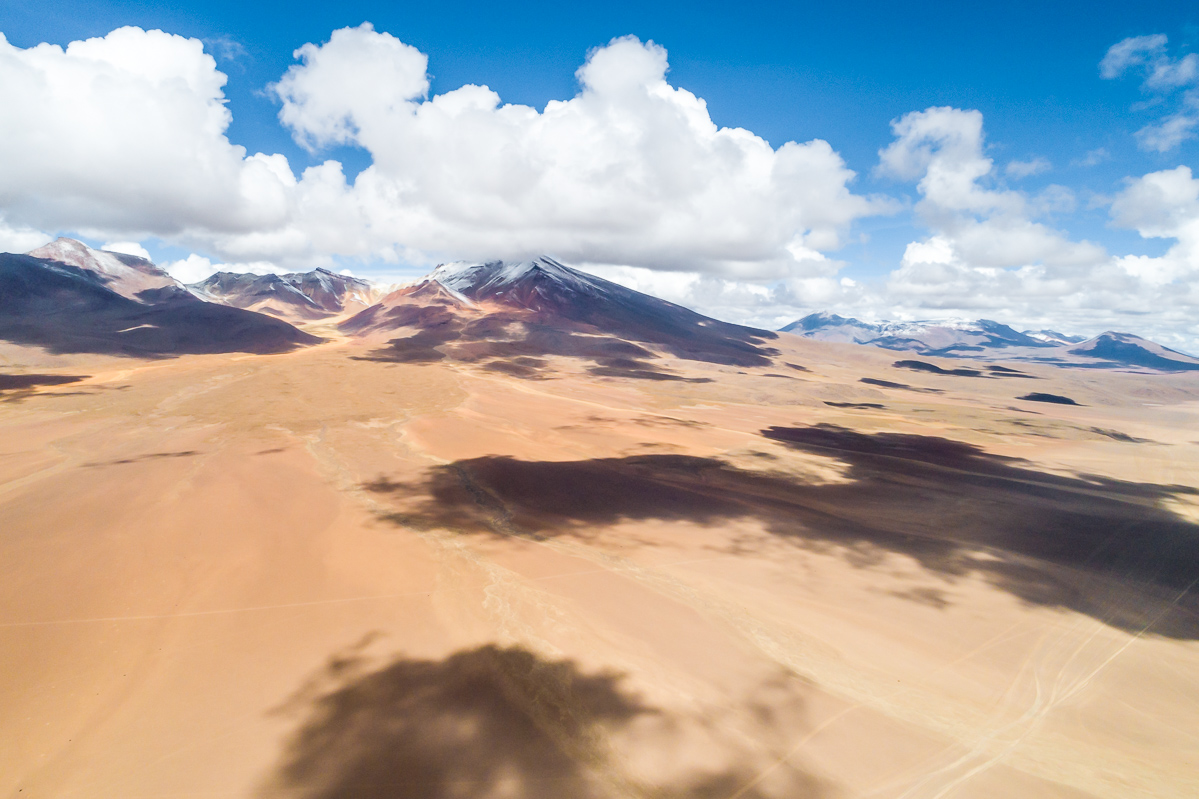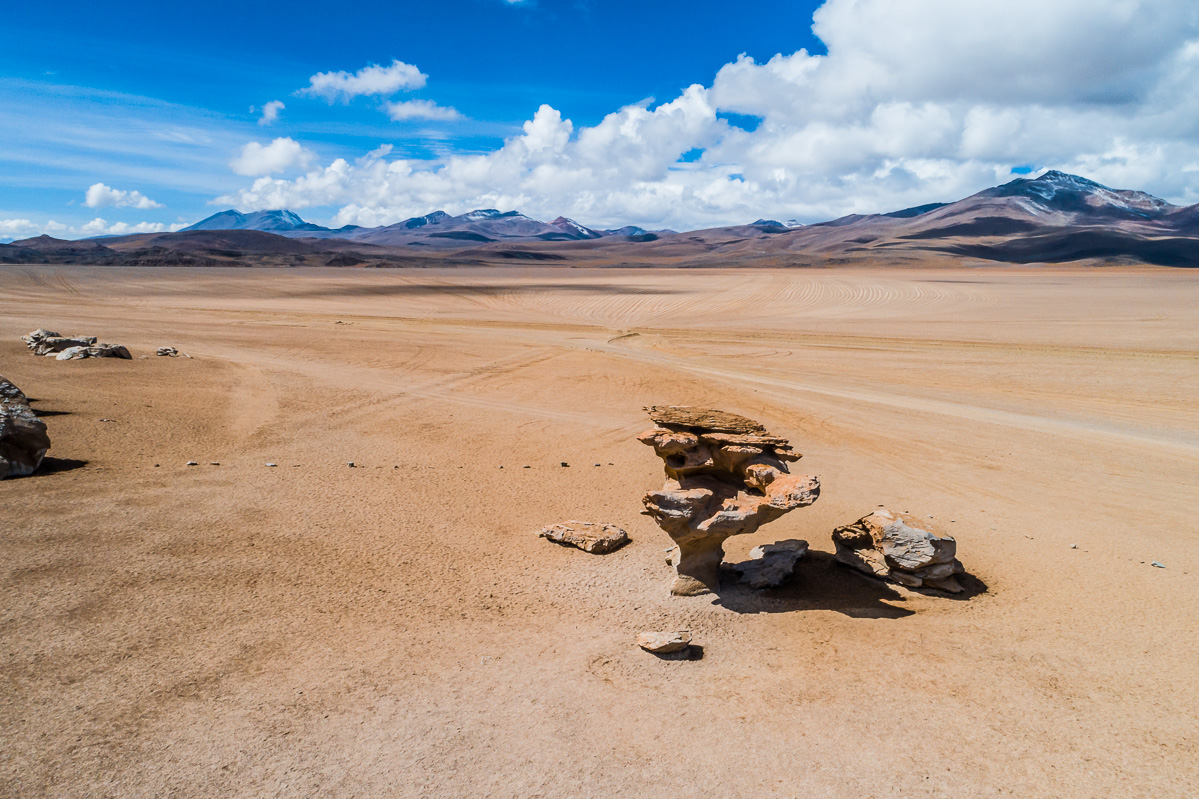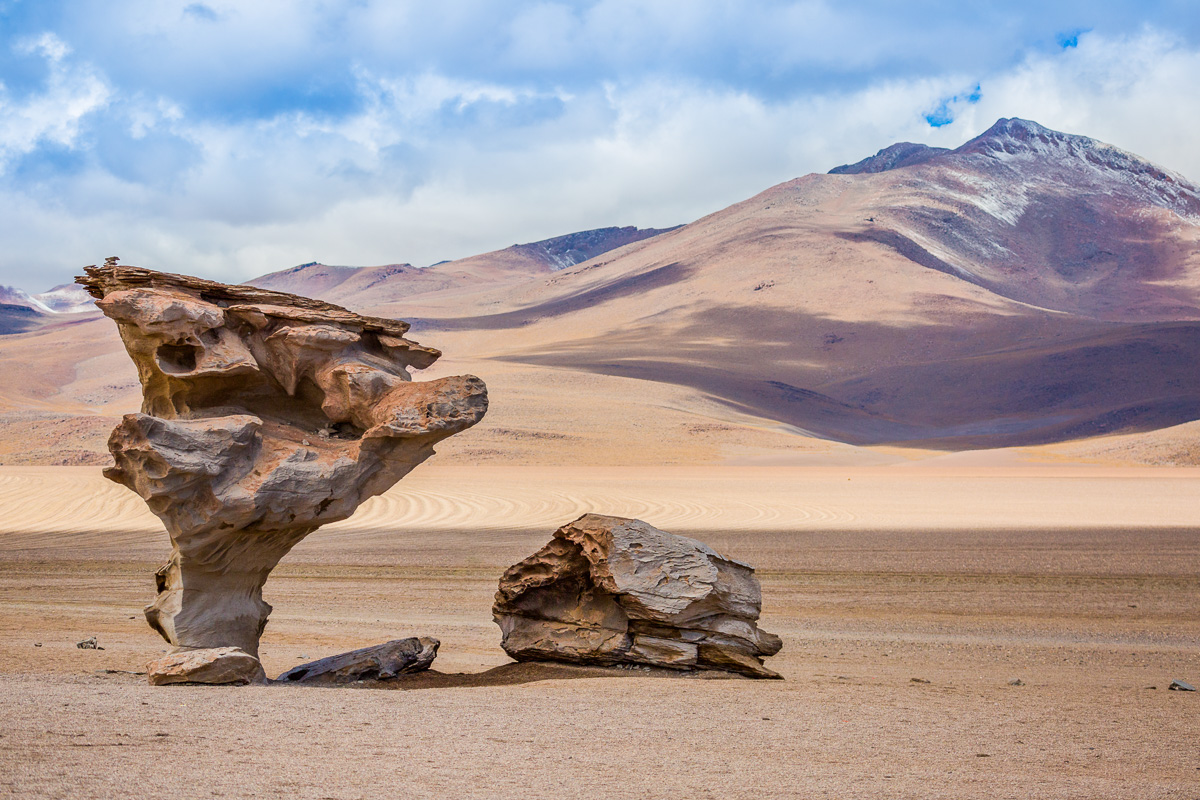Fortynine Palms Oasis in Joshua Tree National Park, which I featured in my last blog post, is a rare and special place where desert wildlife unexpectedly thrives. One of the highlights of the oasis is the diverse range of bird species that call it home. Some of the most common include the Cactus Wren, which is known for its distinctive cactus-like nest, and the Black-throated Sparrow, which is often heard before it is seen due to its melodious song. I was also incredibly lucky to spot a kestrel amongst the fronds of the Californian fan palms, but didn’t get a good enough shot!
desert
Paradise in the Desert
The Fortynine Palms Oasis is a natural oasis in the Mojave Desert, located in the lesser-known northern part of Joshua Tree National Park in Southern California. The oasis is named after the forty-nine Washingtonia filifera palm trees that are found there. These palm trees thrive in the desert environment and can grow up to 75 feet tall. The oasis has been used by various Native American tribes, such as the Serrano and Chemehuevi, for thousands of years as a source of water, shelter, and food. In the early 1900s, gold miners established a camp at the oasis and built a few structures that can still be seen today. Today, it is a protected area of the park and its water levels are carefully managed in order to conserve this incredible habitat.
Hall of Golden Light
Few landscapes leave me completely speechless, but this stunning sunset at the Joshua Tree National Park’s Hall of Horrors did just that. This place is named after its eerie rock formations, which resemble dungeons and other creepy structures. (Can you spot a skull-shaped rock in the images below?) It is also a popular hiking and climbing spot, and boasts the best sunset views in the entire park - or at least, I think it does!
Enjoy these images of a stunning clear day over the Joshua trees and rocky scenery surrounding them, under the changing lights and tones of an autumn sunset.
Indian Cove Nature Trail
The Indian Cove area in Joshua Tree National Park was originally used by the Serrano and Chemehuevi Native American tribes for thousands of years and still contains many important cultural sites and artifacts. The area was also used by cowboys and homesteaders in the late 1800s and early 1900s, and there are still remnants of old cabins and corrals in the area. Today, Indian Cove is a popular camping and hiking destination. We made a quick stop during our visit to walk the 1.2-mile loop Indian Cove Nature Trail, which is known for its unusual rock formations. It did not disappoint!
Jumbo Rock Formations
Jumbo Rocks is one of the most popular spots in Joshua Tree National Park, and it's easy to see why. These formations are the result of a complex granite geological history that dates back millions of years and were eroded by the elements into incredible shapes.
Skull Rock (featured at the end of this post) is one of the most iconic and recognizable rock formations at Jumbo Rocks in Joshua Tree National Park. The formation gets its name from its striking resemblance to a human skull, with two large eye sockets and a nasal cavity. See if you can also spot the aptly-named Penguin Rock, which is hidden away in the Jumbo Rocks Campground by a beautifully twisted juniper tree.
Sunrise at Barker Dam
Barker Dam in Joshua Tree National Park is a historic site that was built in the early 1900s to provide water for cattle and mining operations in the area. The dam was constructed using local materials, including boulders and concrete, and was designed to capture and store rainwater. It is named after William Barker, one of the early ranchers in the area who was instrumental in its construction.
During my visit, I woke up early to catch the sunrise at Barker Dam, and boy, was it worth it! The sky turned into a beautiful canvas of vibrant purples, pinks, and oranges, and as the sun crept up the sky, the rest of the desert turned an intense shade of gold. Even though the dam was dry (and so we missed out on water reflections), the Joshua Trees and rock formations more than made up for it!
The Hidden Valley Nature Trail
The Hidden Valley Nature Trail is a short one-mile loop that takes you through the rocky landscapes of Joshua Tree National Park. The path is surrounded by towering rock formations all around it. During our visit to this spot, I was lucky enough to witness the beautiful morning light as it streamed through the valley, casting a golden glow on the rocks and highlighting the park's stunning colors. And of course, there were plenty of incredible Joshua Trees and rugged desert vegetation to photograph along the way too.
If you're planning a visit to Joshua Tree National Park, make sure to add the Hidden Valley Nature Trail to your itinerary. Trust me; you won't regret it!
A Morning at Arch Rock
One of our first stops on our visit to Joshua Tree National Park was Arch Rock. This natural arch is made of granite and stands tall among the Mojave Desert's boulder-strewn landscape. Its unique texture - which to me resembles a goose’s neck and head - make it a popular destination for visitors to the park. During my visit, I was lucky enough to witness the sunrise sunrise at Arch Rock, where the first rays of sunlight illuminated the rock's surface, casting a warm glow over the surrounding desert. I hope you enjoy the photos I am sharing today!
The Desert on a Canvas
The Atacama Desert put on a show for us one afternoon. This was one of the most fantastic light I’ve ever seen and resulted in some beautiful imagery of the Altiplanic Lagoons. I’ll be looking to print some of those to decorate my home - and I will make these available as canvases and metal prints for anyone interested.
Altiplanic Lagoon Landscapes
For the final two blog posts on the Atacama Desert, I am sharing my images of the Altiplanic Lagoons. This place was a stark contrast to the rest of the desert landscape, with lakes peppered throughout the arid landscape and sparse, brightly-coloured vegetation surrounding them. It also seemed to be a hotspot for wildlife, that gathered around these lagoons in greater numbers than anywhere else on the Atacama landscape.
Atacama's Valleys
This weekend, I’m sharing a few more highlights of the Atacama Desert. First, some aerial photos of the Death Valley, followed by an incredible sunset at the Amphitheatre in the Moon Valley. The Atacama is one of the most unusual landscapes I have ever photographed, and I would have loved to spend longer there to capture more of its arresting beauty. I hope to be back there again some day soon!
Lagunas Escondidas de Baltinache and Surroundings
The blog has had to take a bit of a hiatus lately, but will be back up and running every Saturday for the next few months.
This weekend I am sharing some of my favourite images of the incredible Lagunas Escondidas de Baltinache we photographed at the Atacama Desert. I hope you enjoy these images of spectacular hidden lagoons and alien moon-like landscapes.
Siloli Desert Highlights
The Siloli Desert is a wonderfully dramatic landscape. It seemed almost surreal to walk through its vast planes and occasionally encounter a completely new and colourful scenery. One of my favourite spots was the Sol de la Mañana Geyser, which is a magical sight from both the land and the air.
Here are some of my photos, featuring the Salvador Dalí Desert, the geyser, and the Montaña de Siete Colores (seven-coloured mountain).
Onto the Desert
The way from Uyuni to the Andes is a bumpy but magnificent one. It’s a long drive through the surreal landscapes of Camino de las Rocas until you reach the Siloli Desert in the Eduardo Abaroa Andean Fauna National Reserve. I will cover this scenery in a few separate blog posts over the next couple of weeks, as I came away with too many spectacular images to fit into a single post.
Here are some highlights from the road and Árbol de Piedra (stone tree) in the Siloli Desert.

